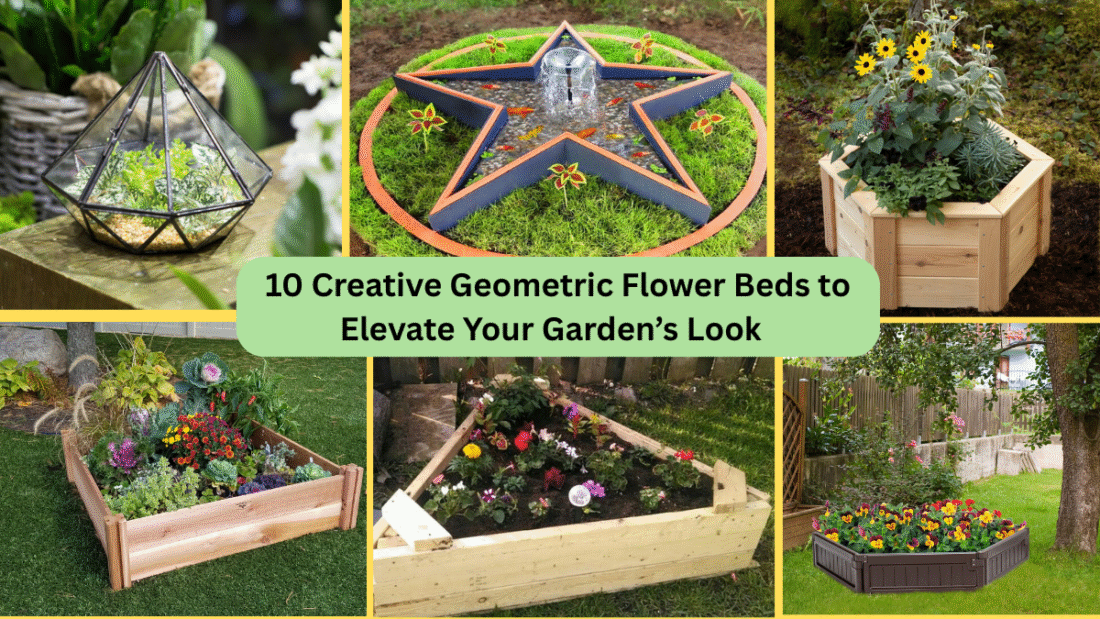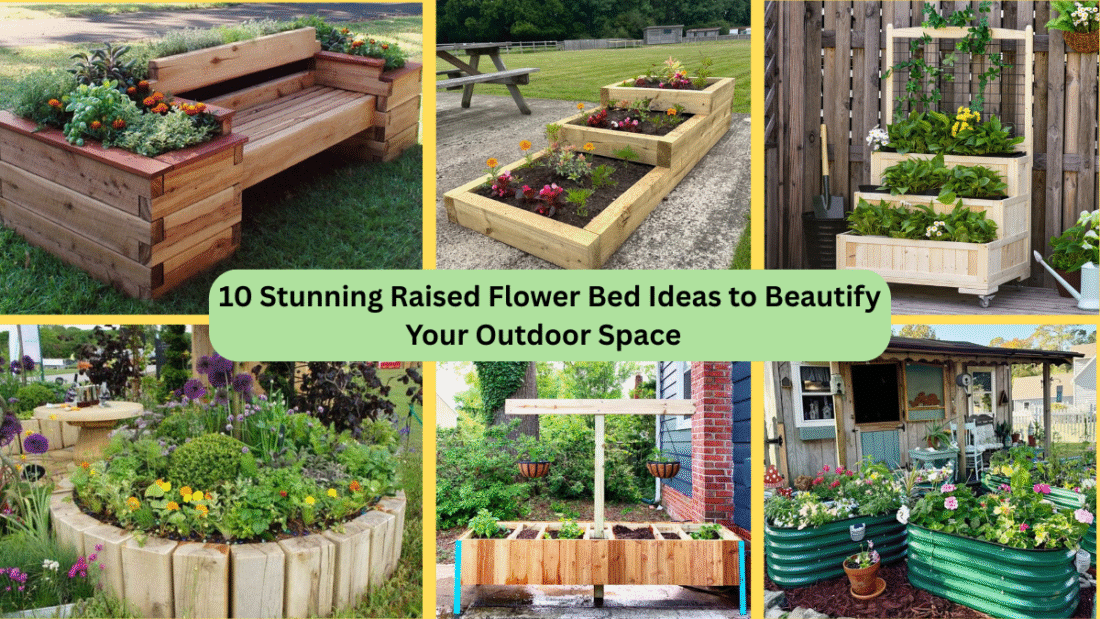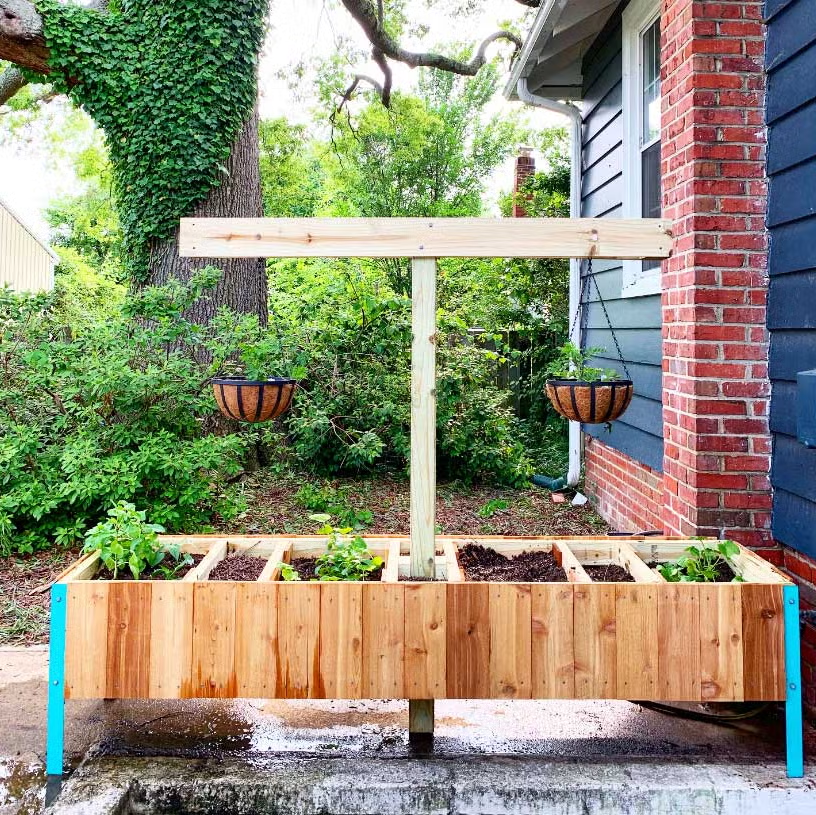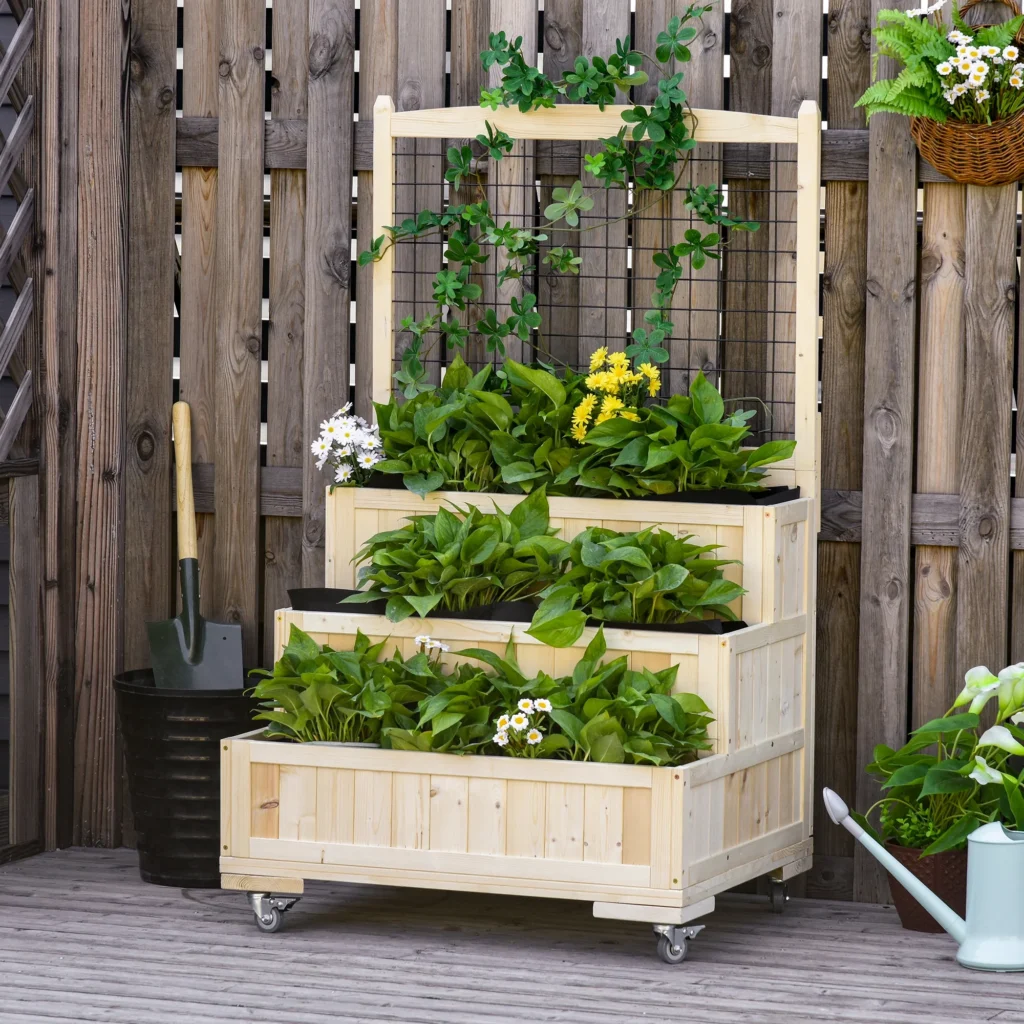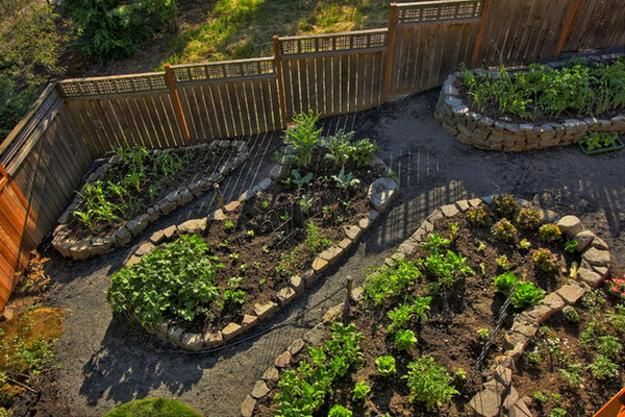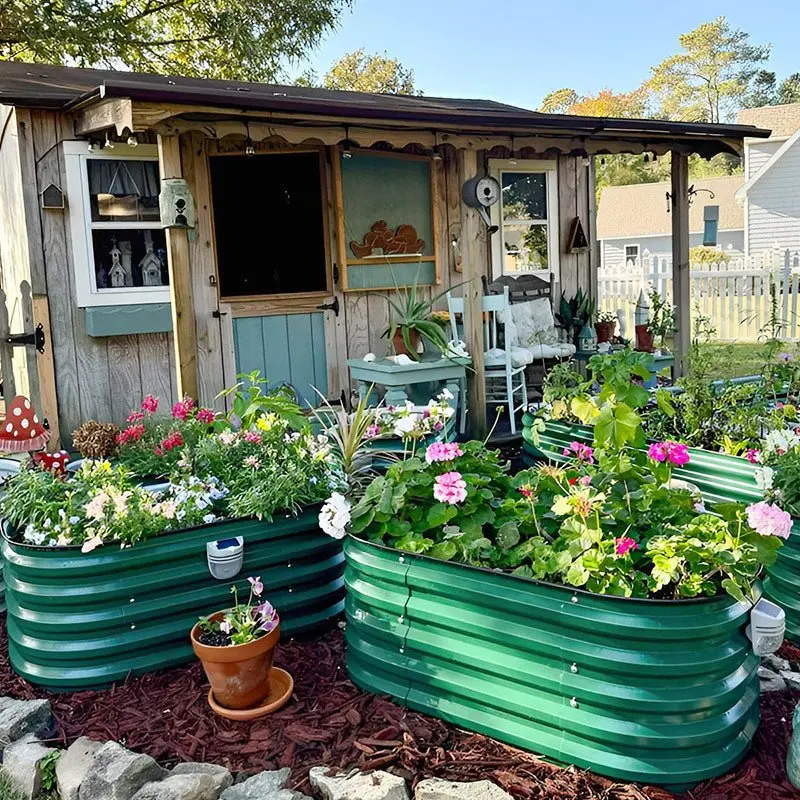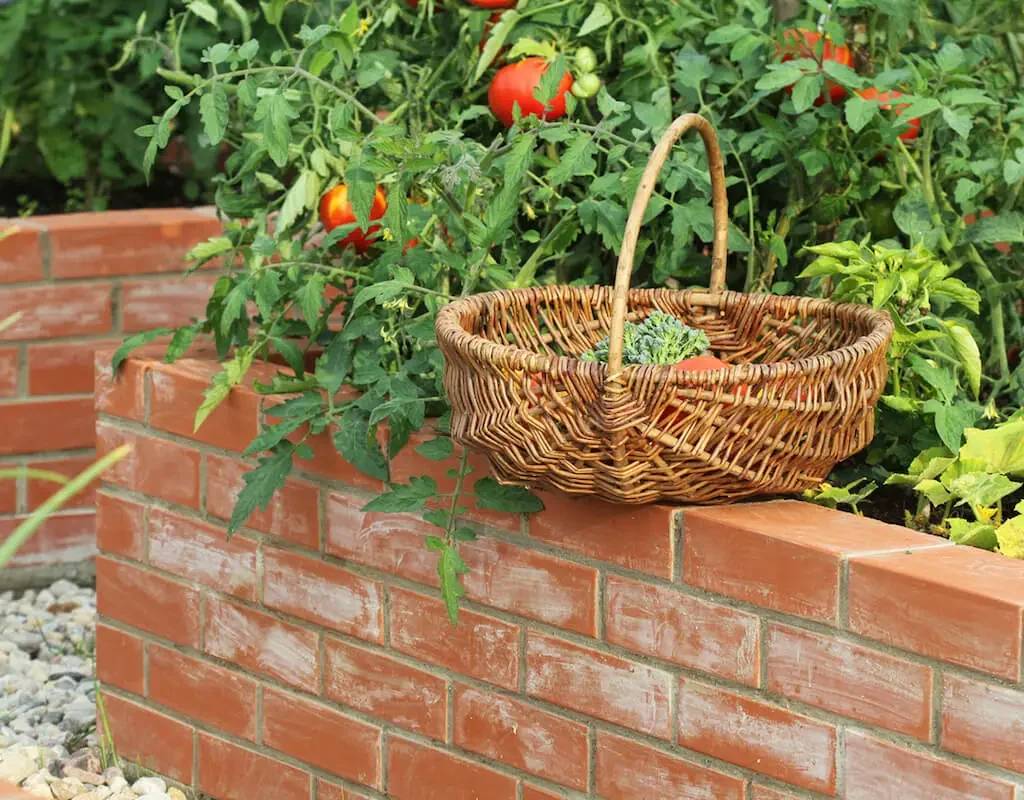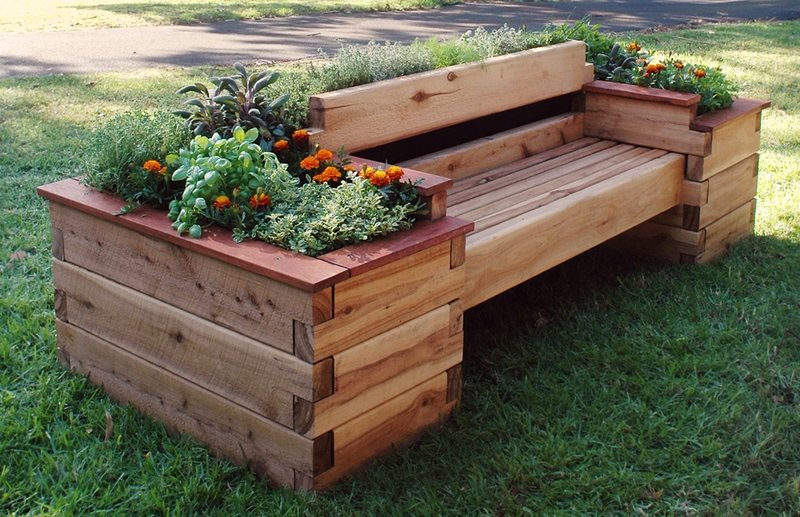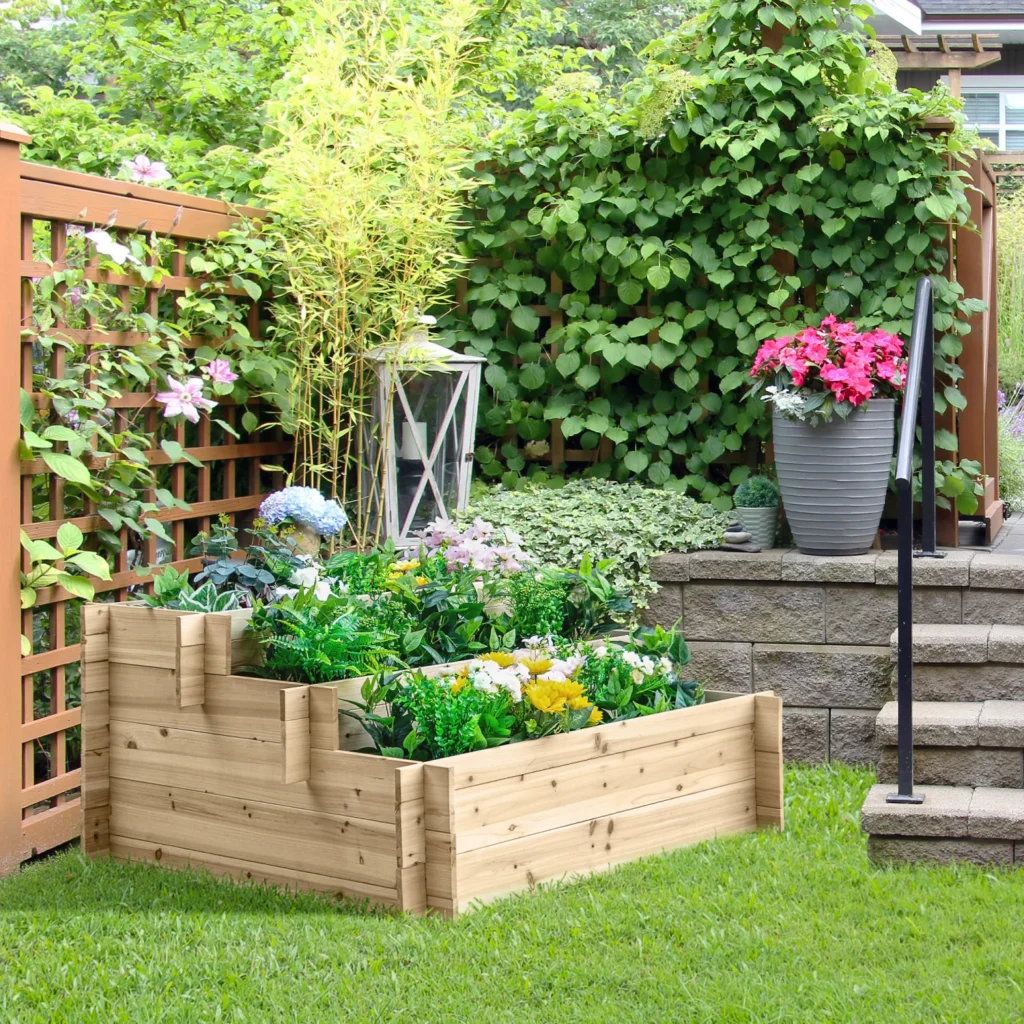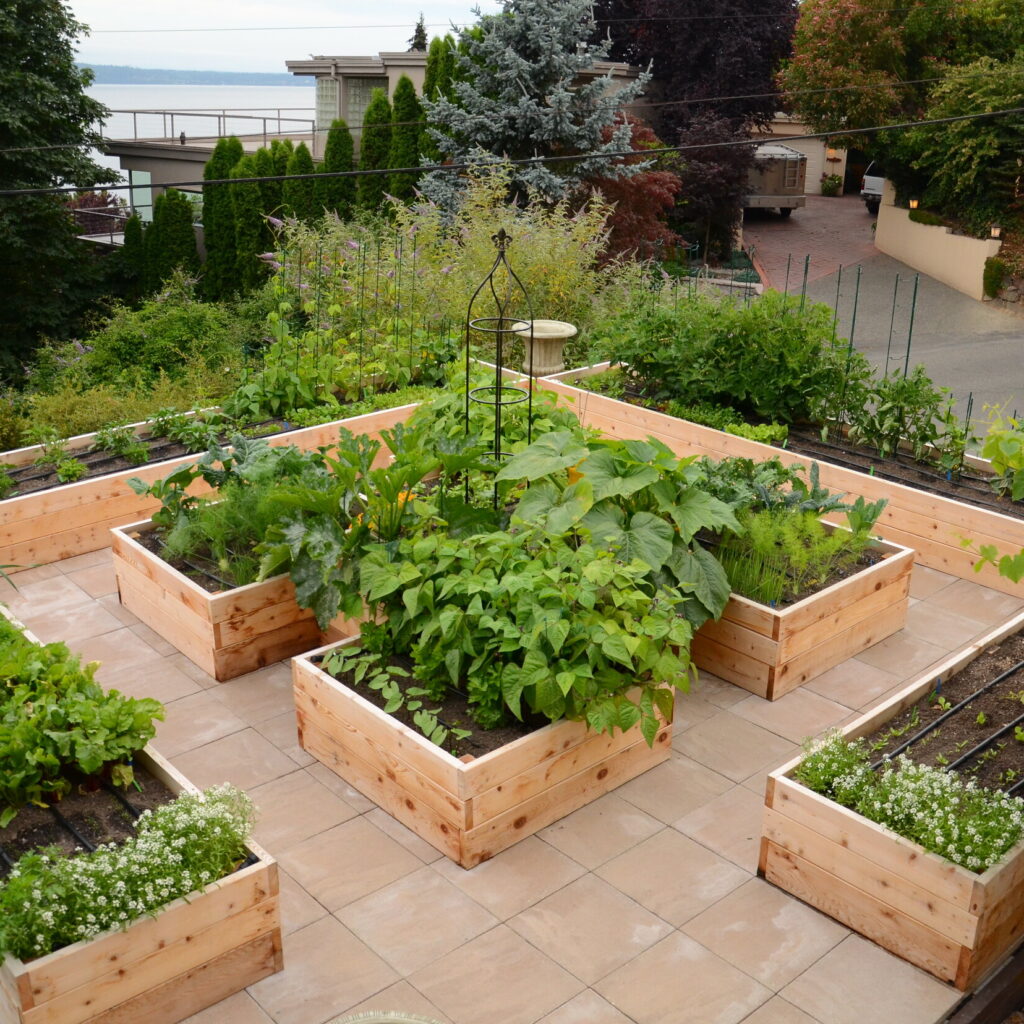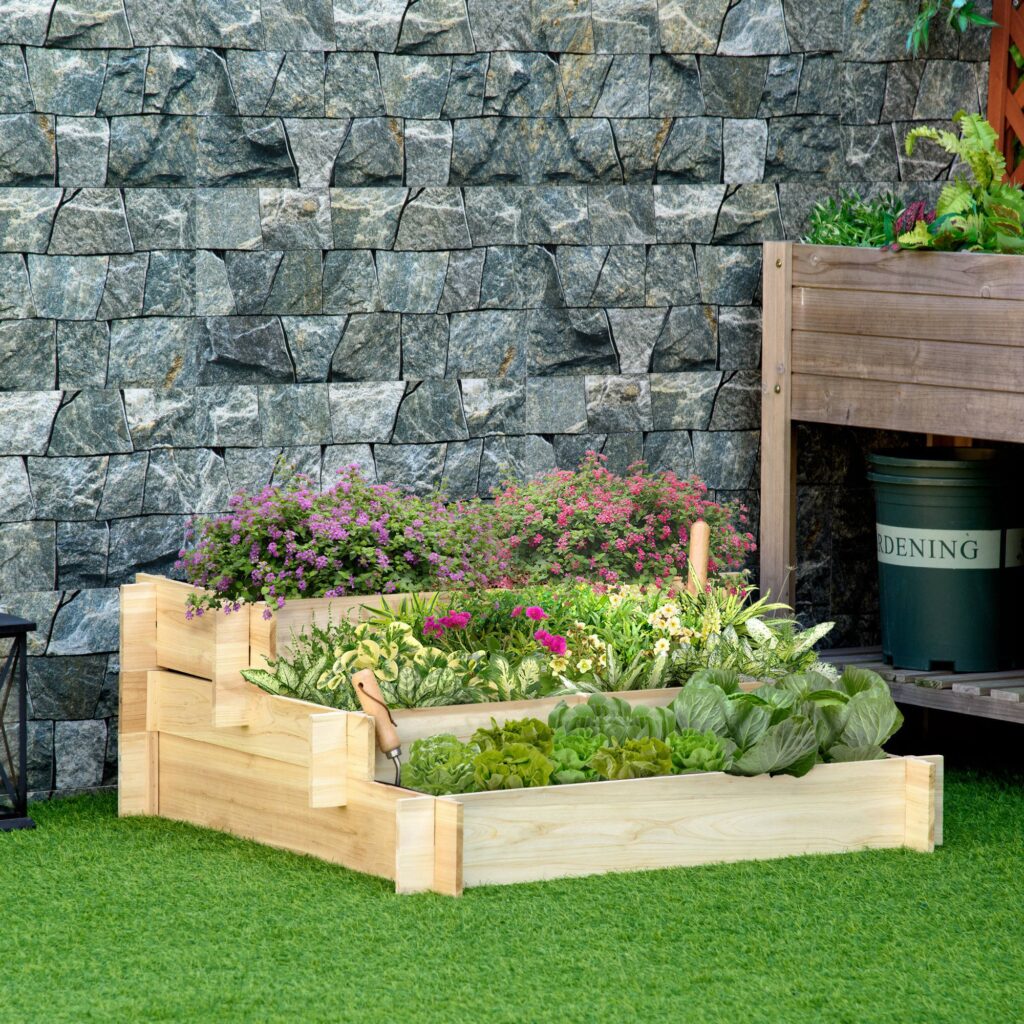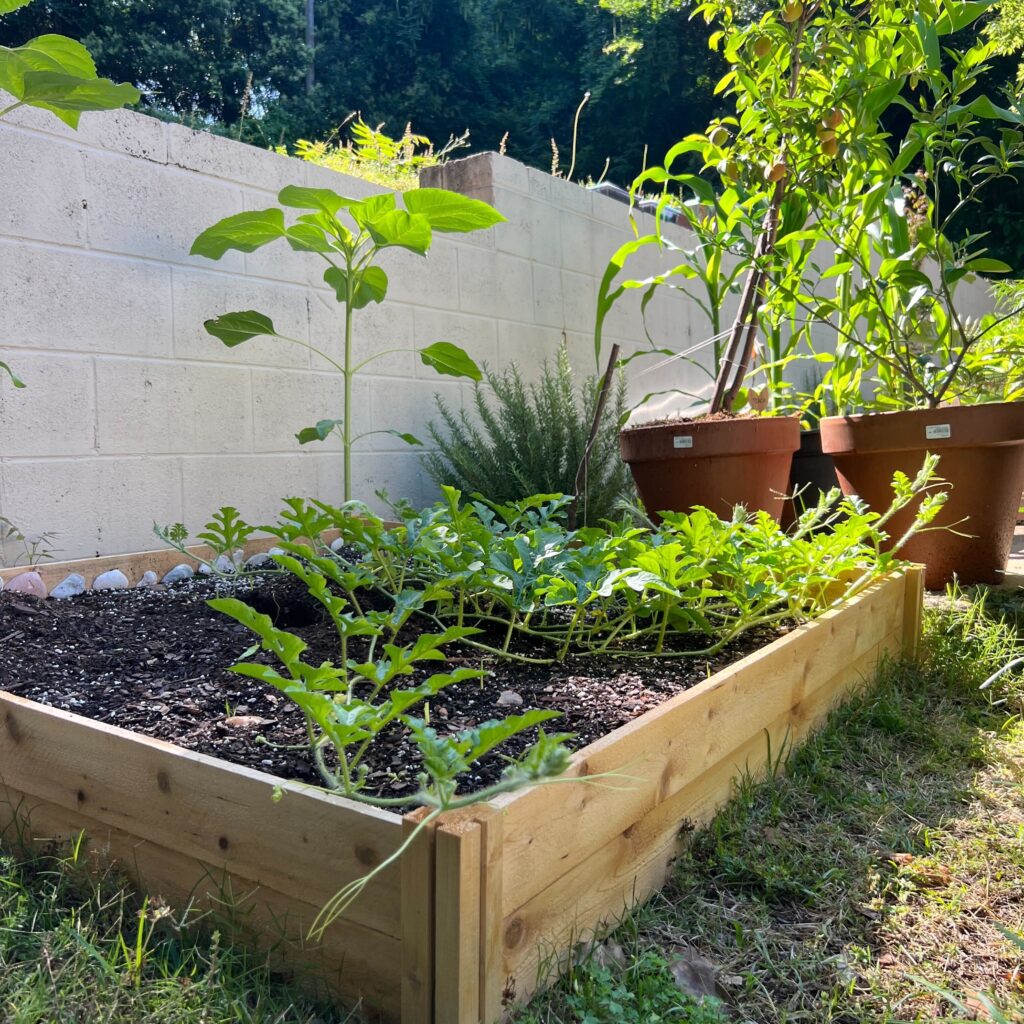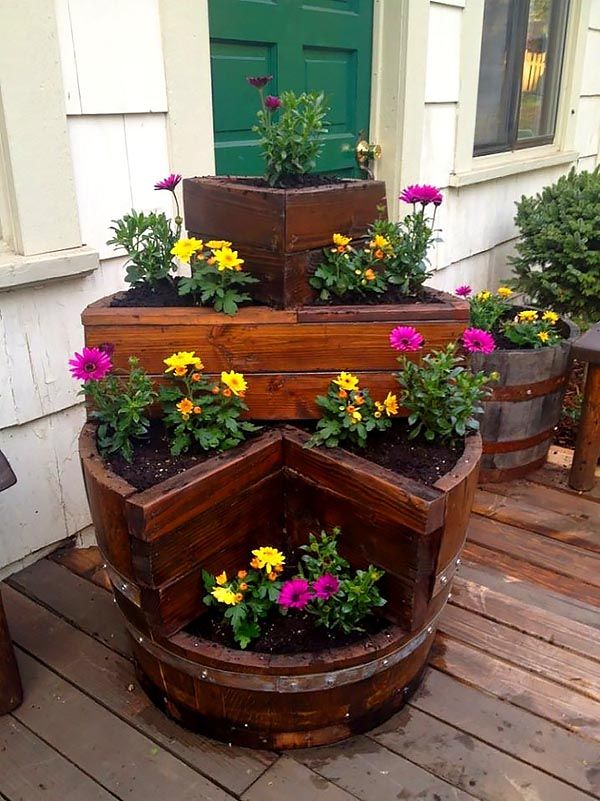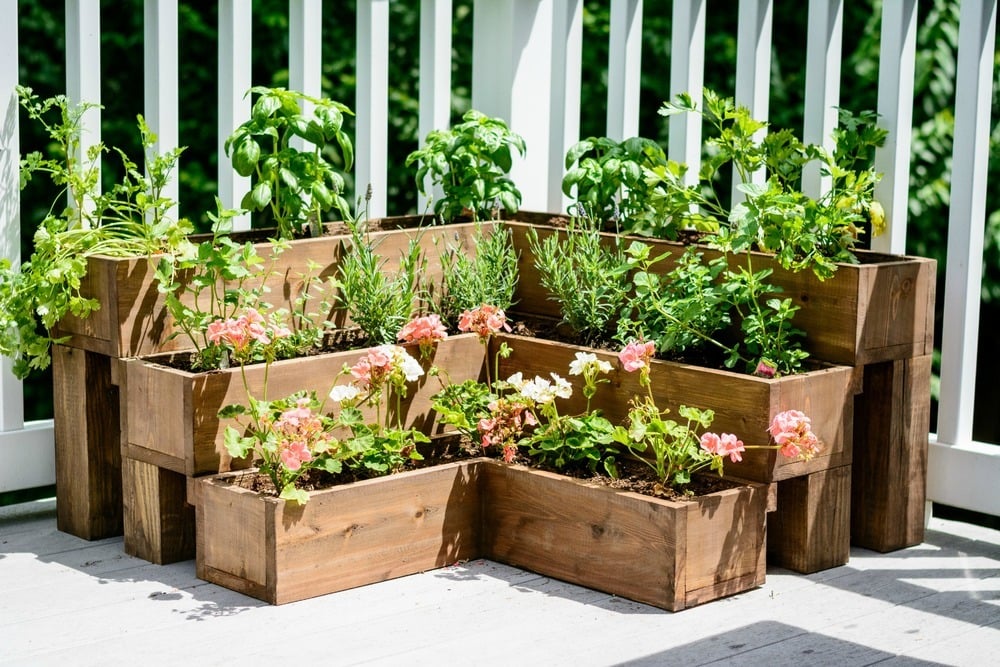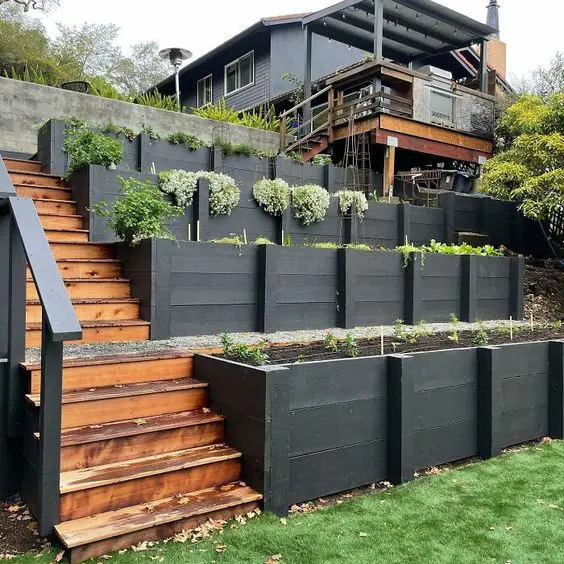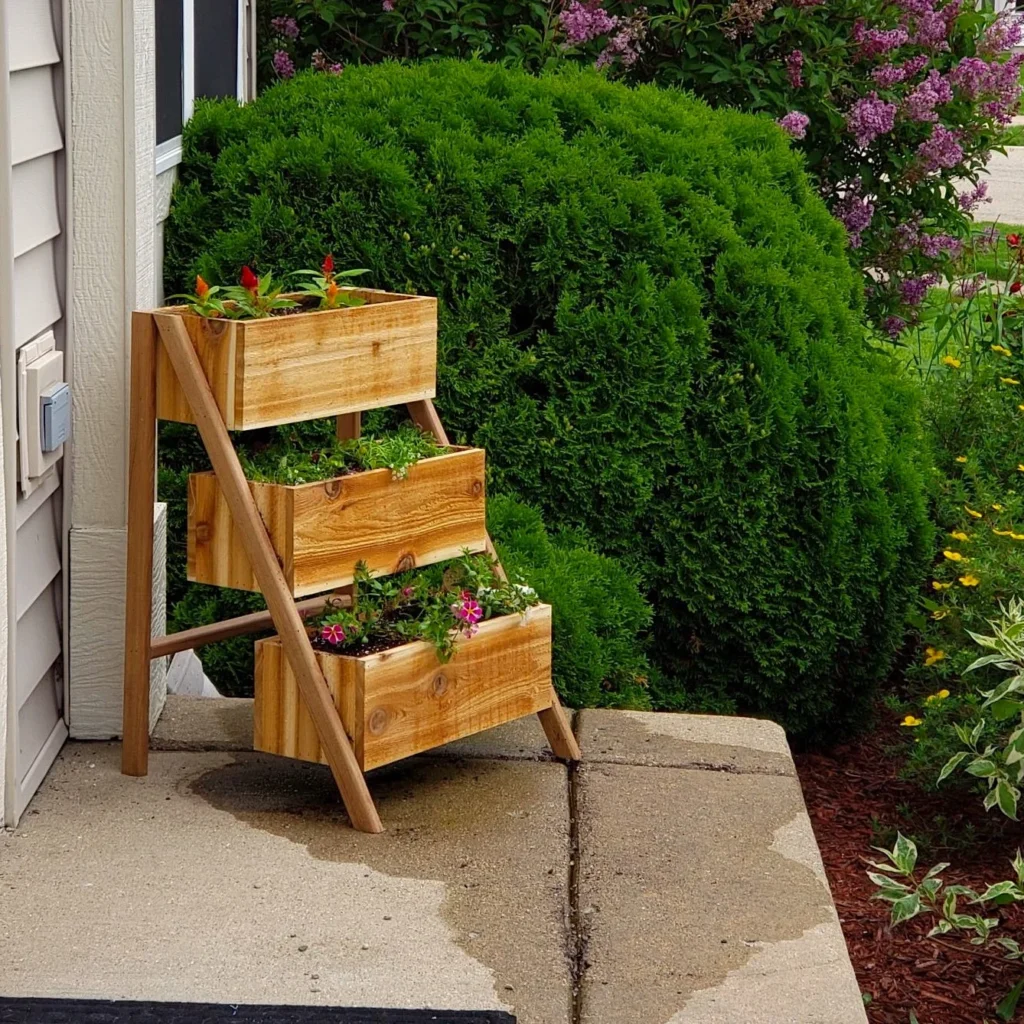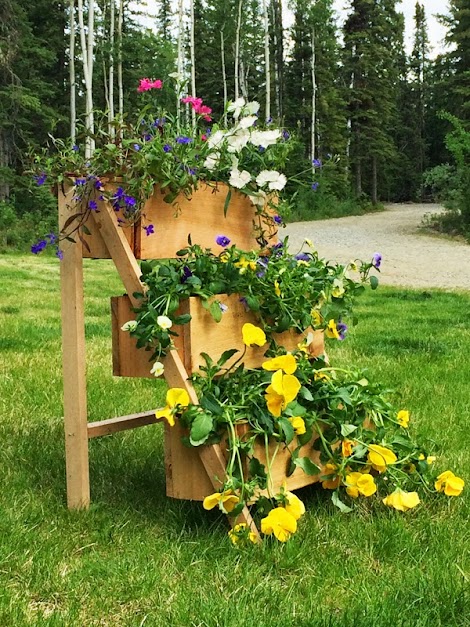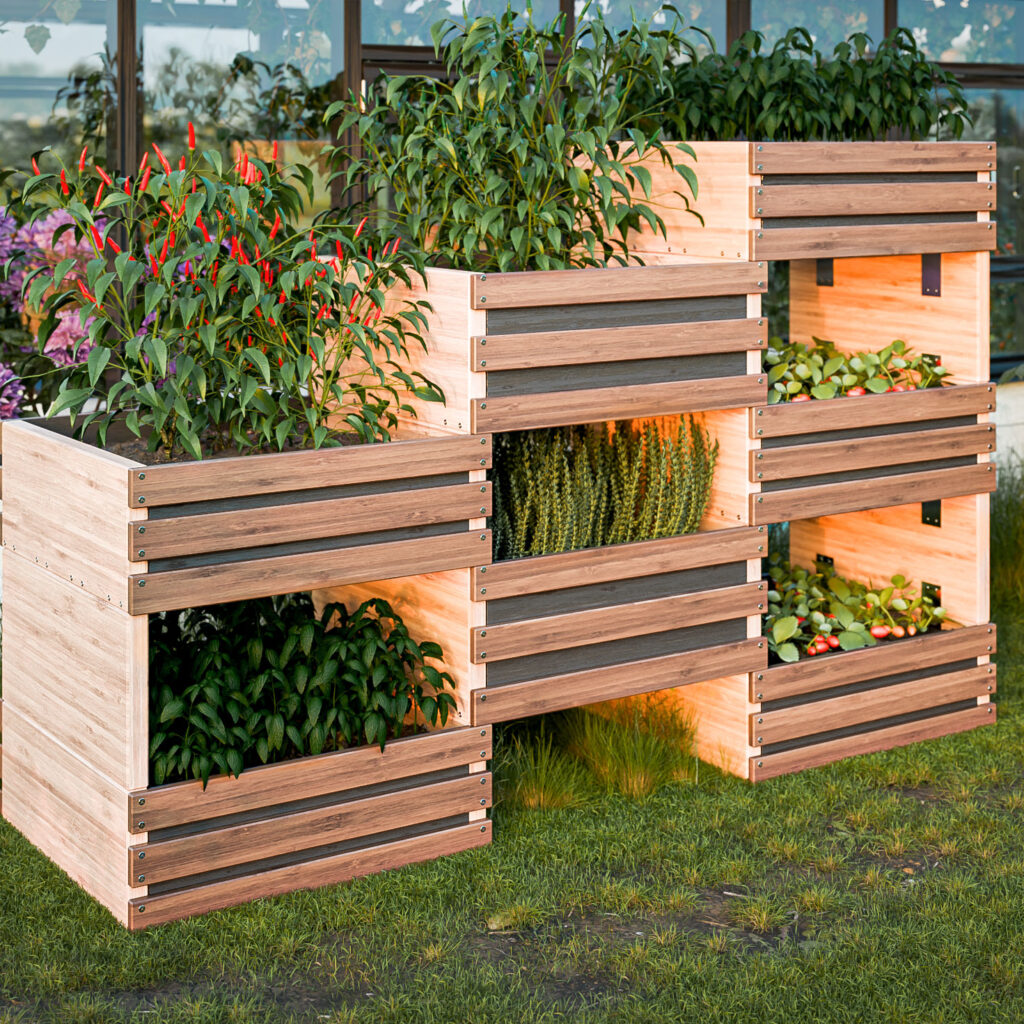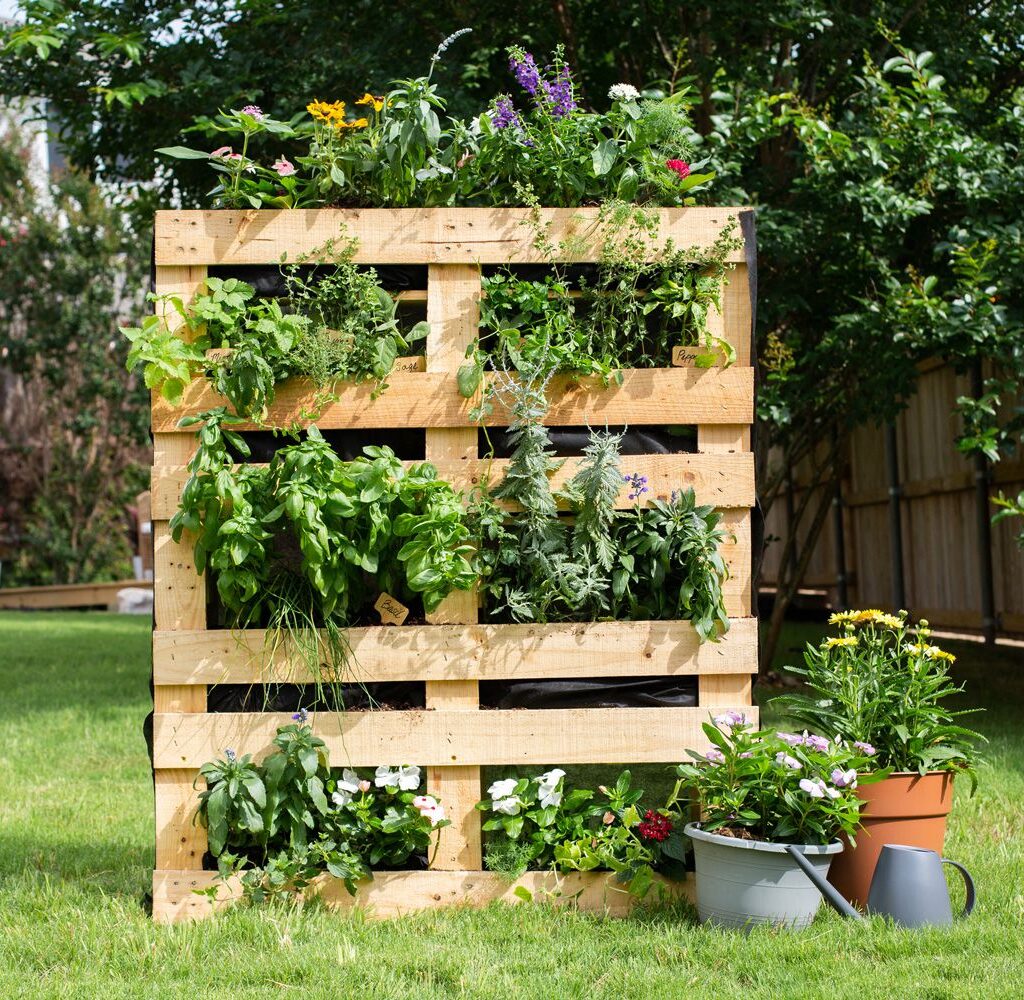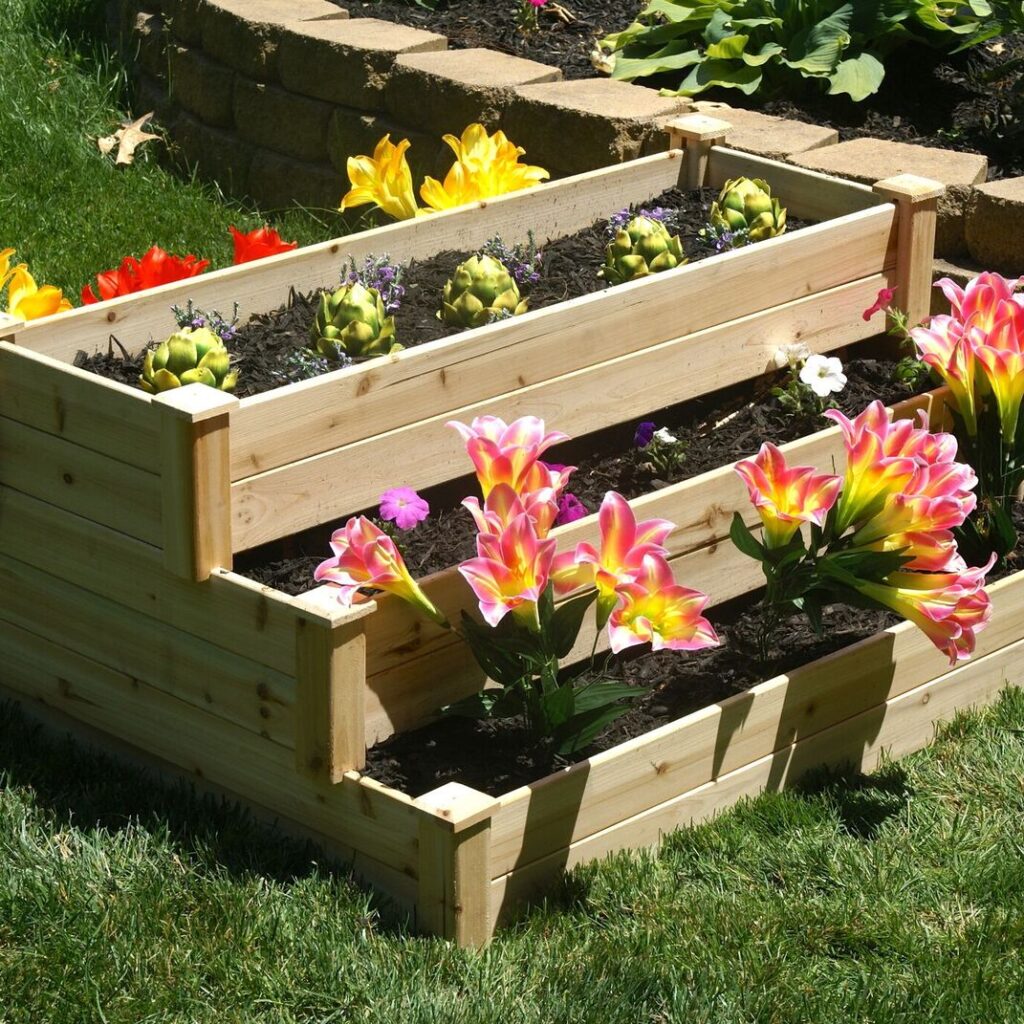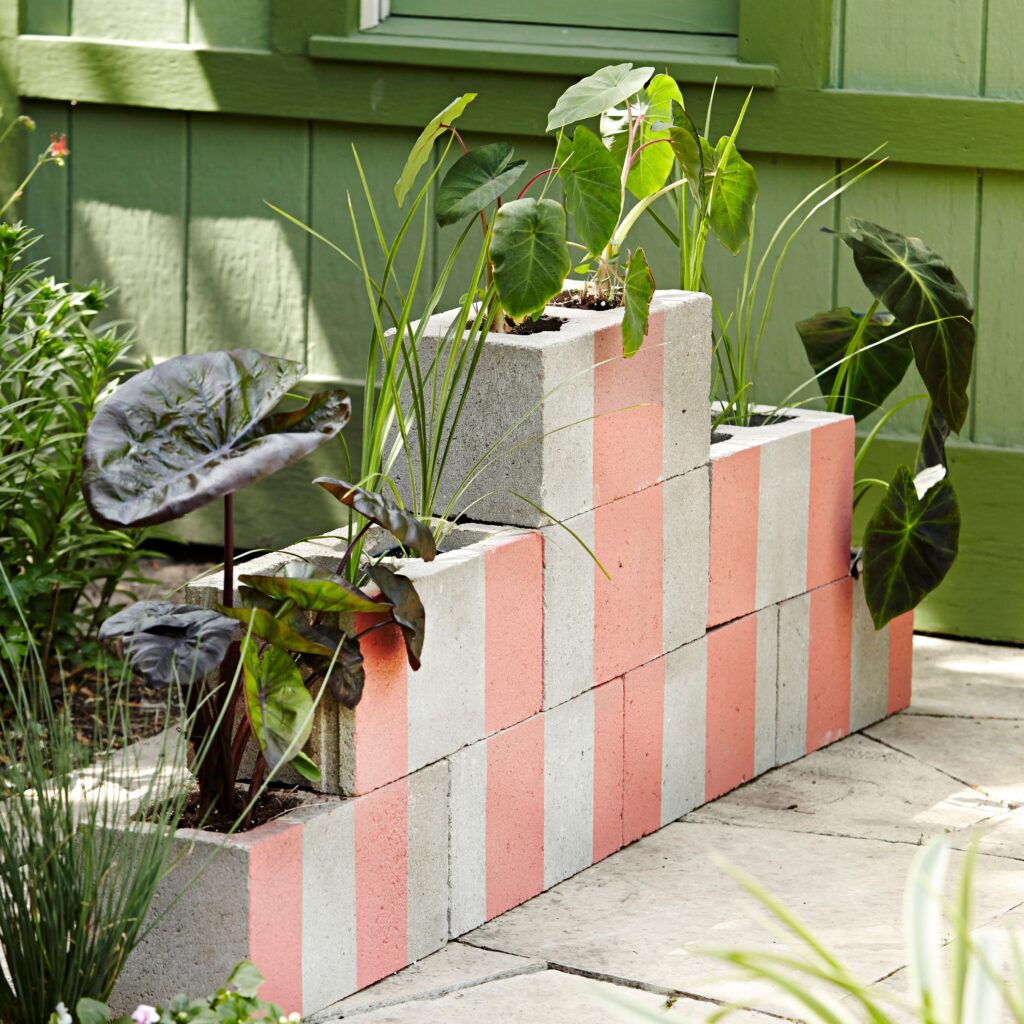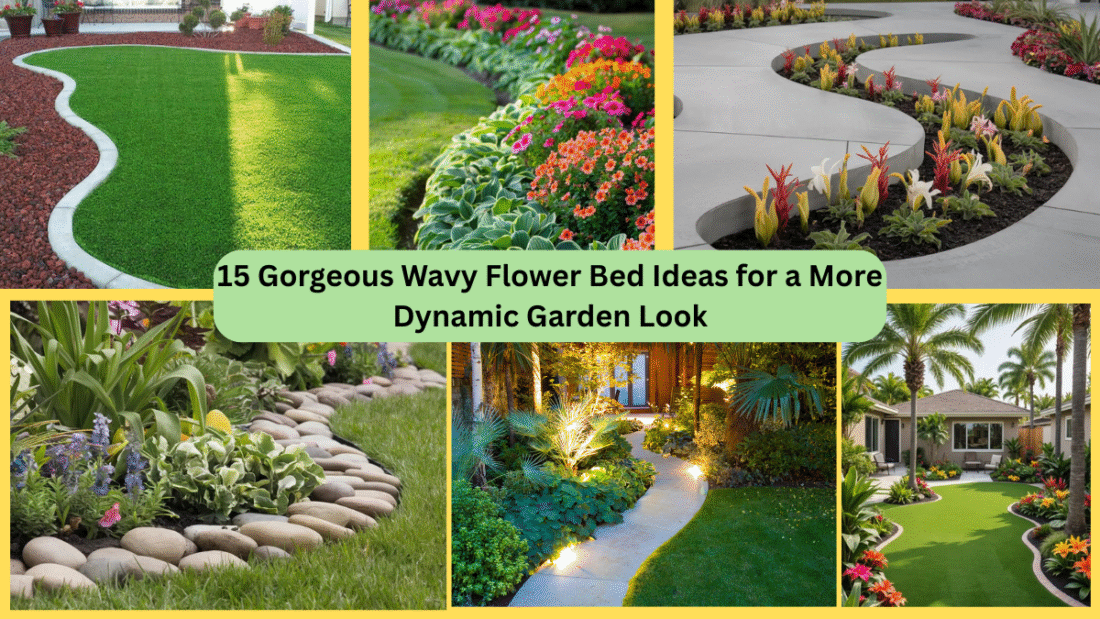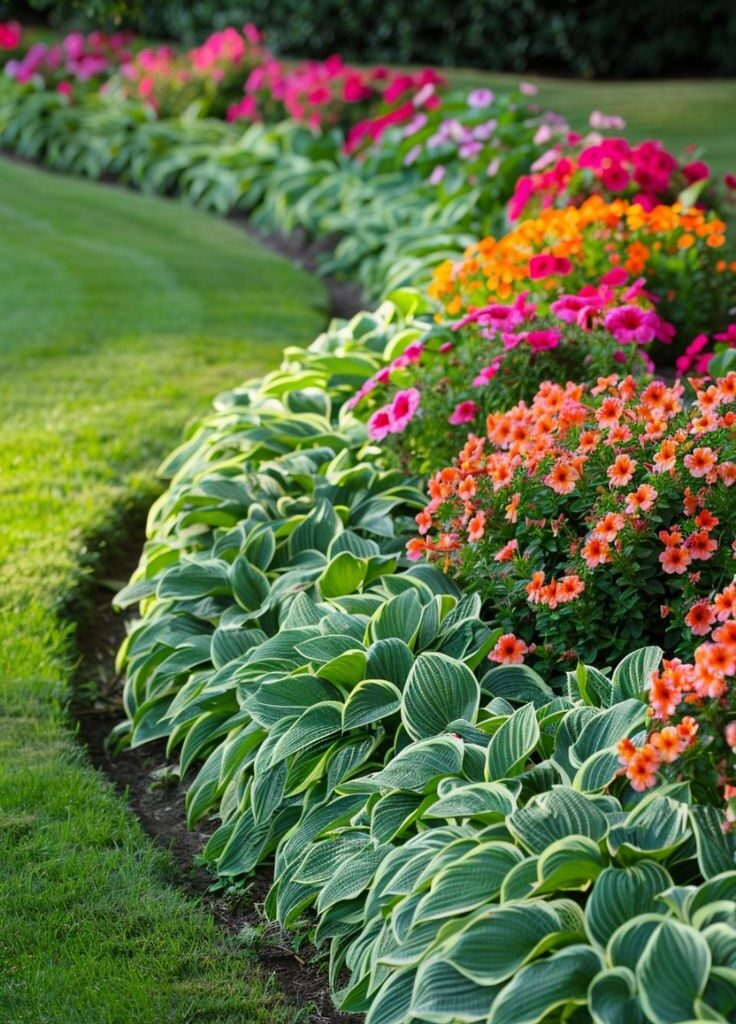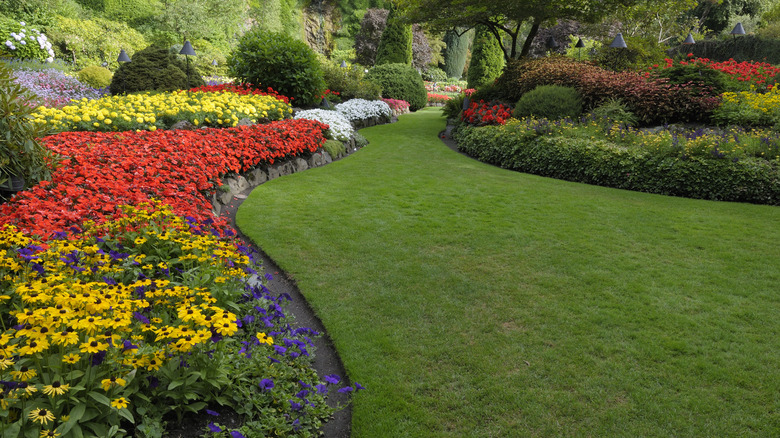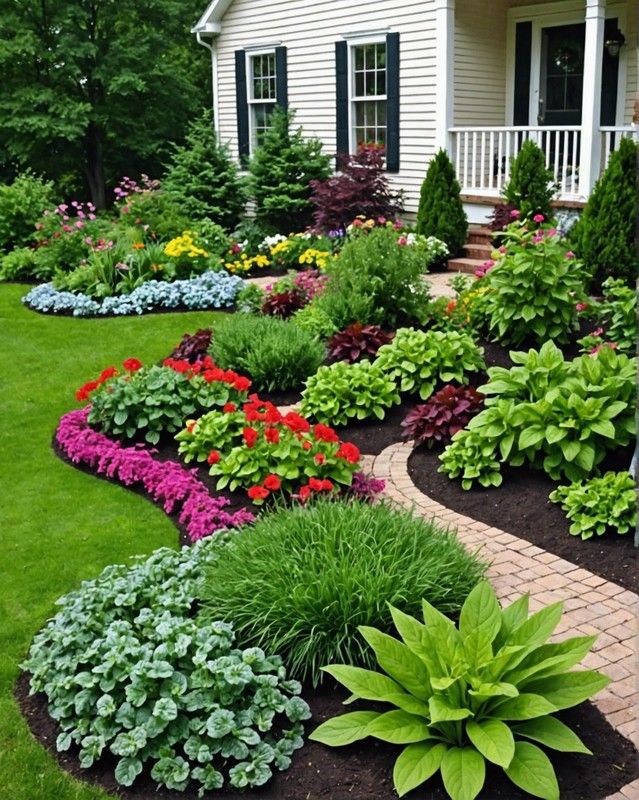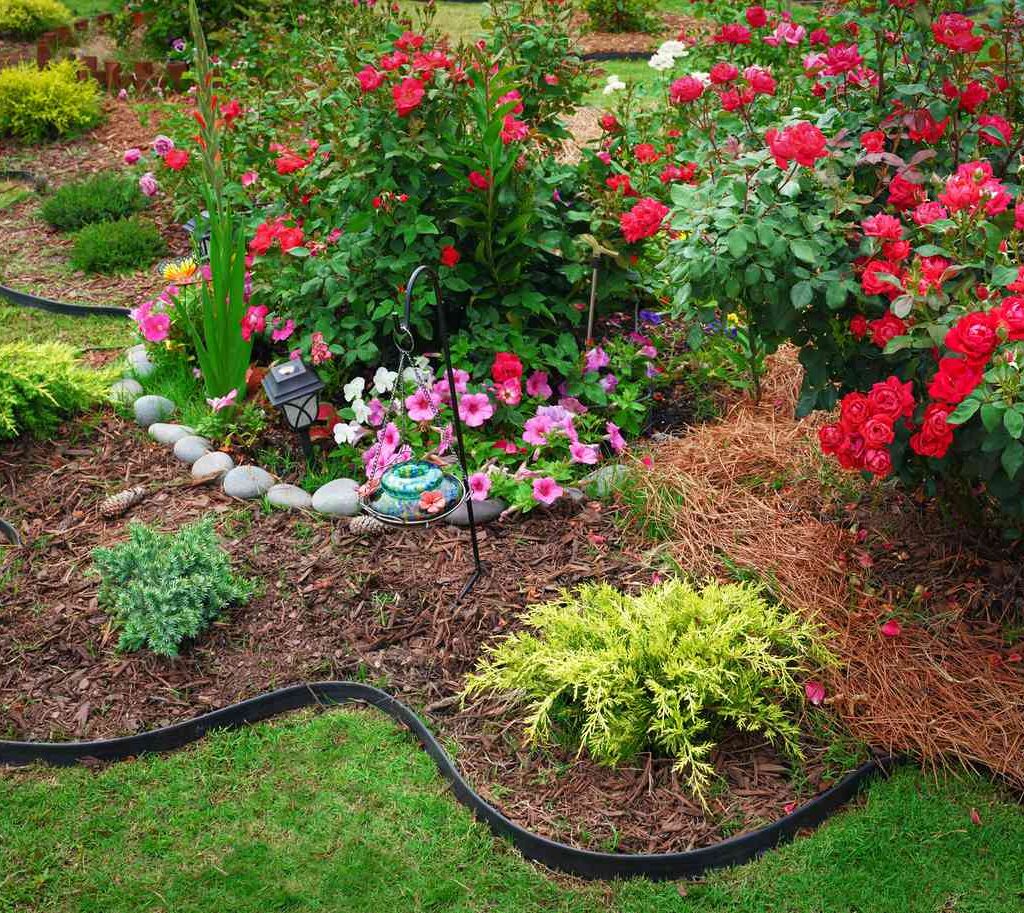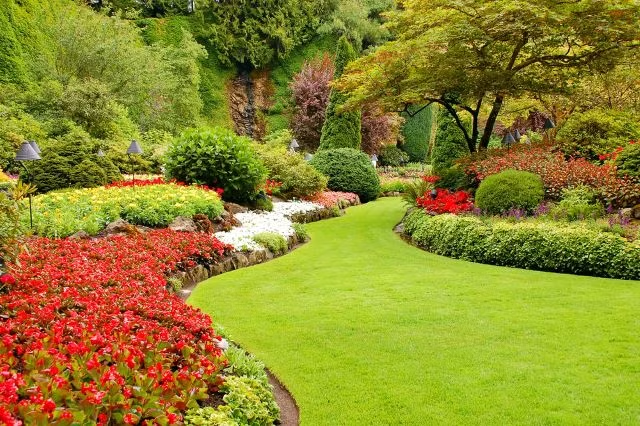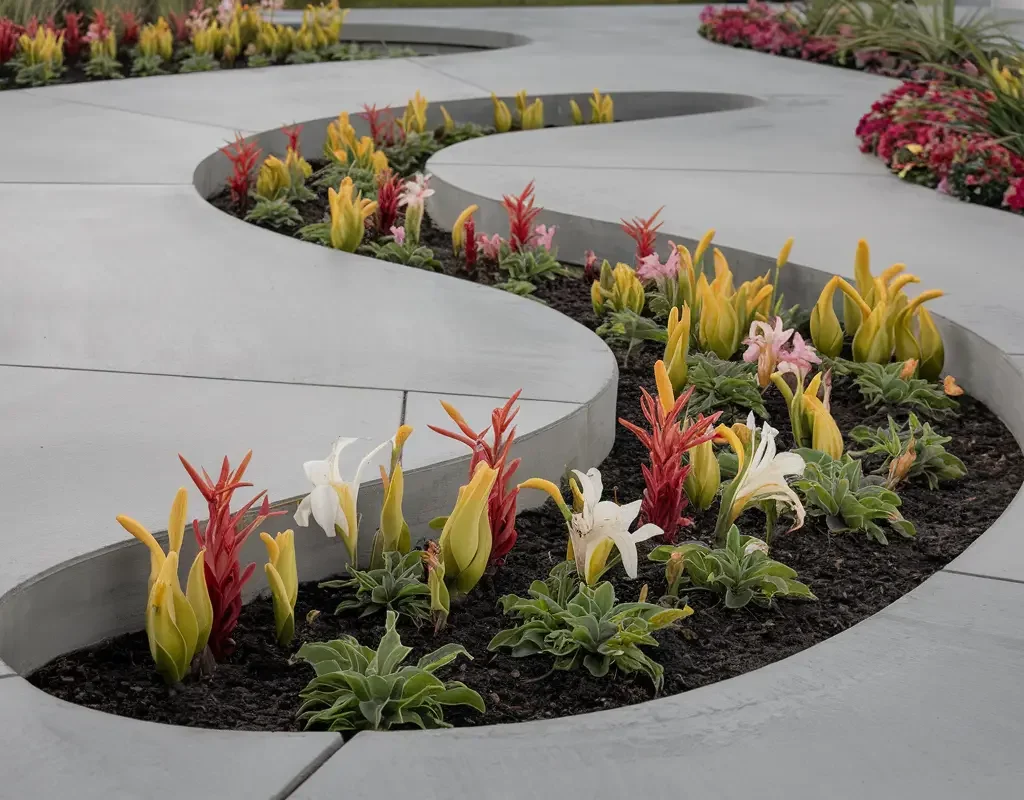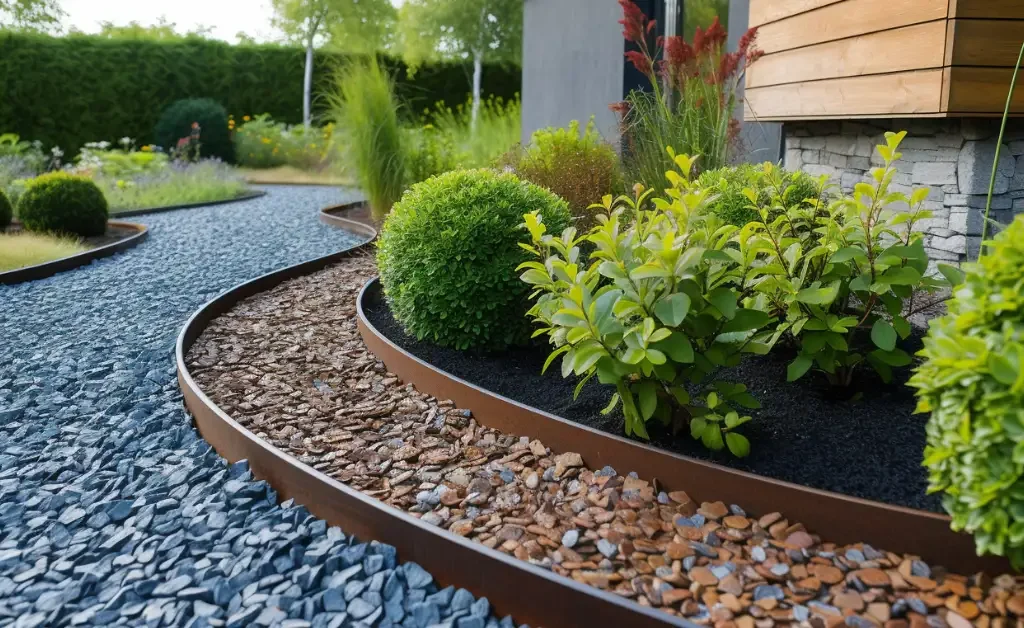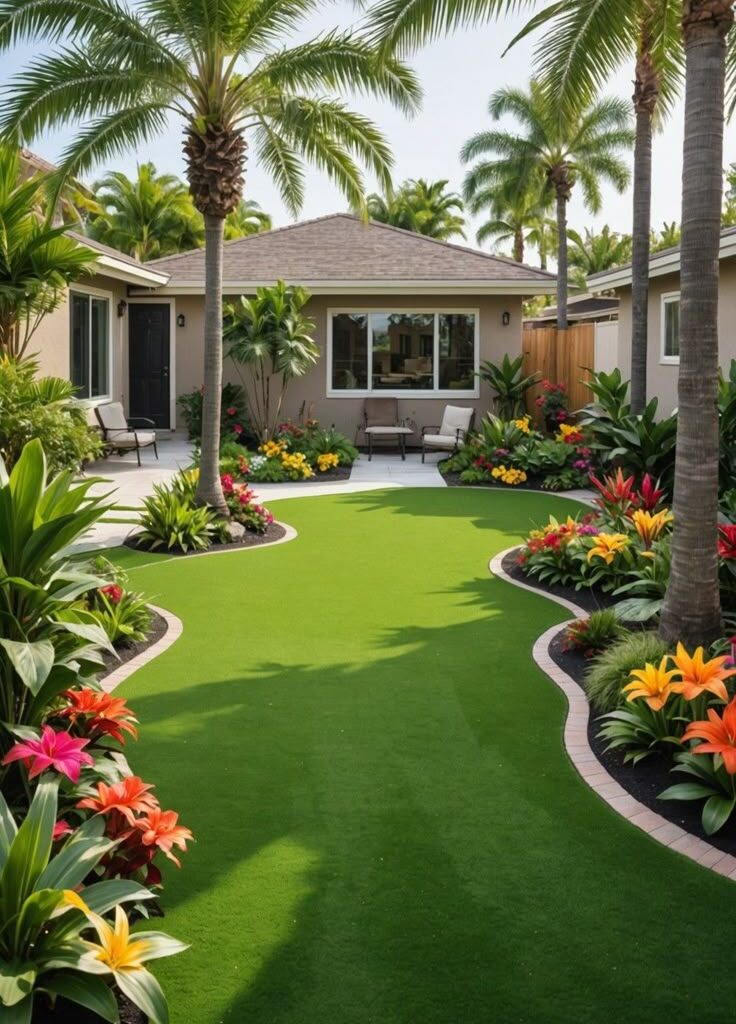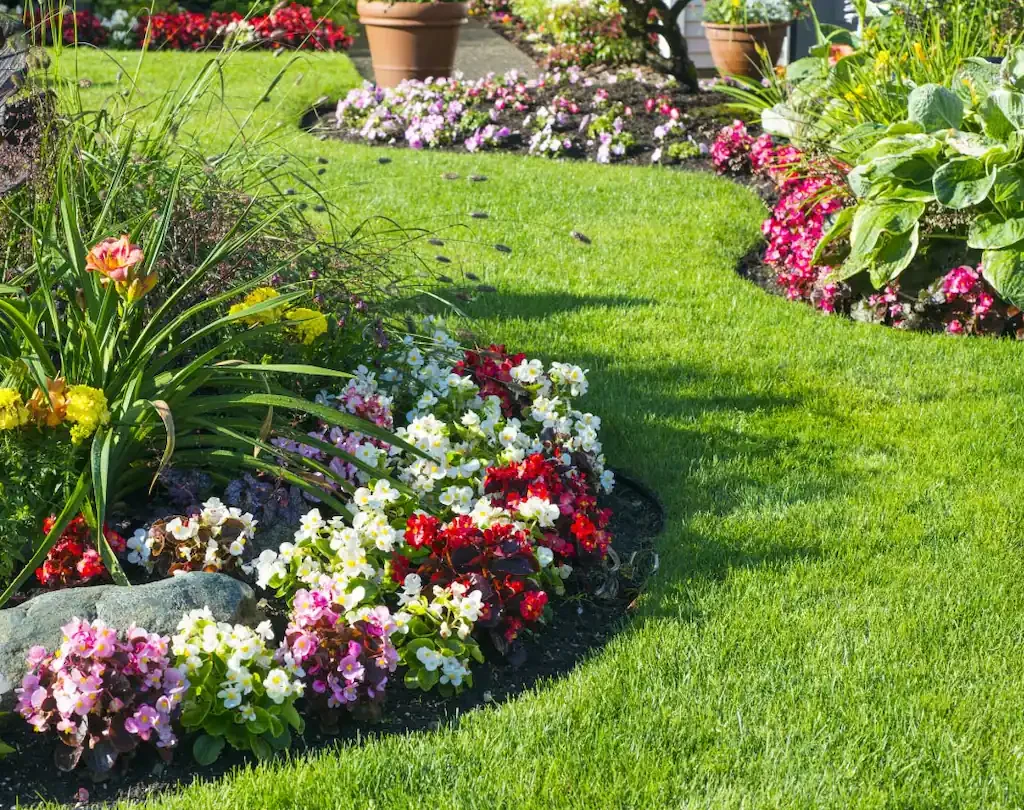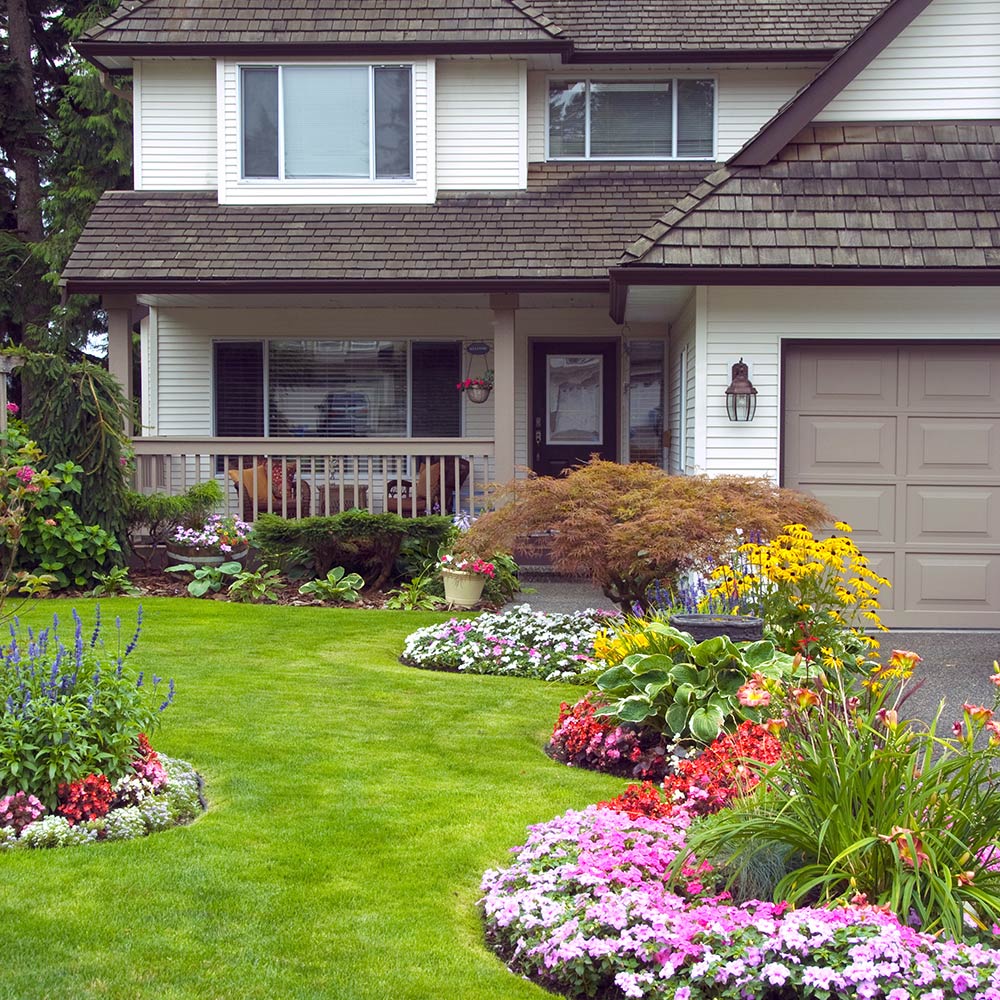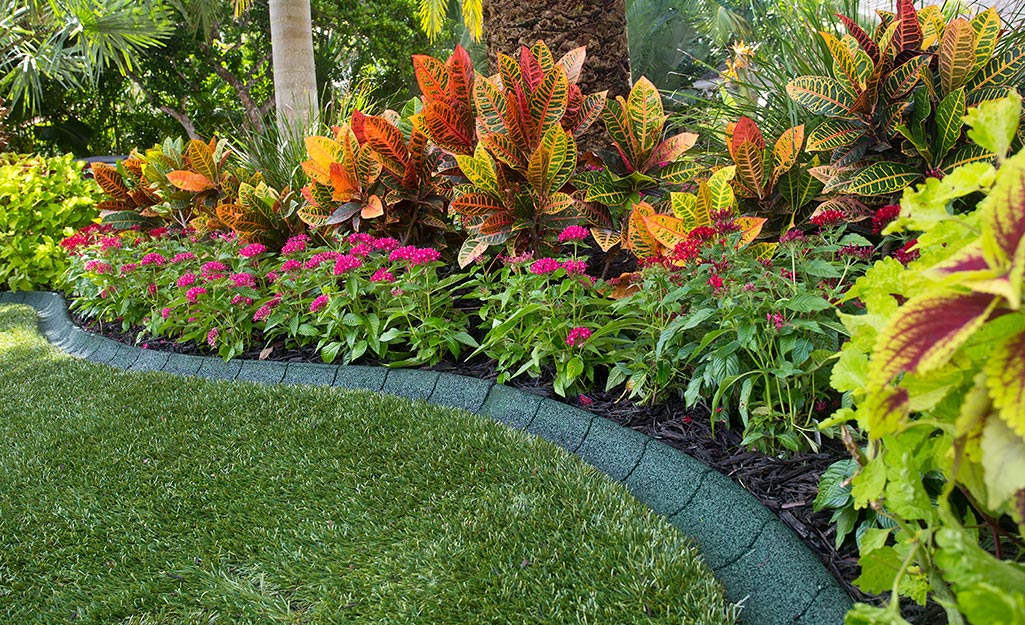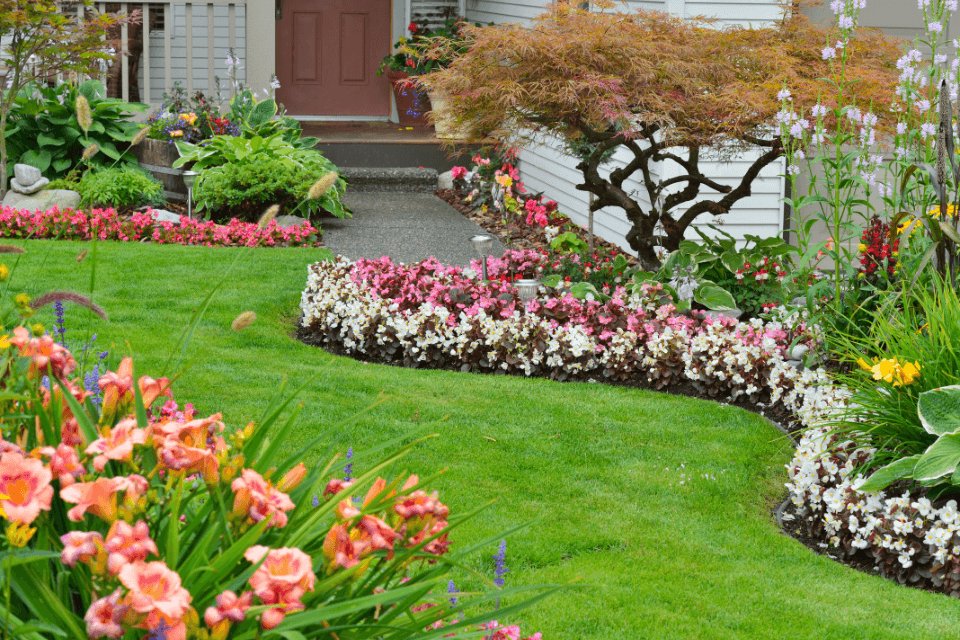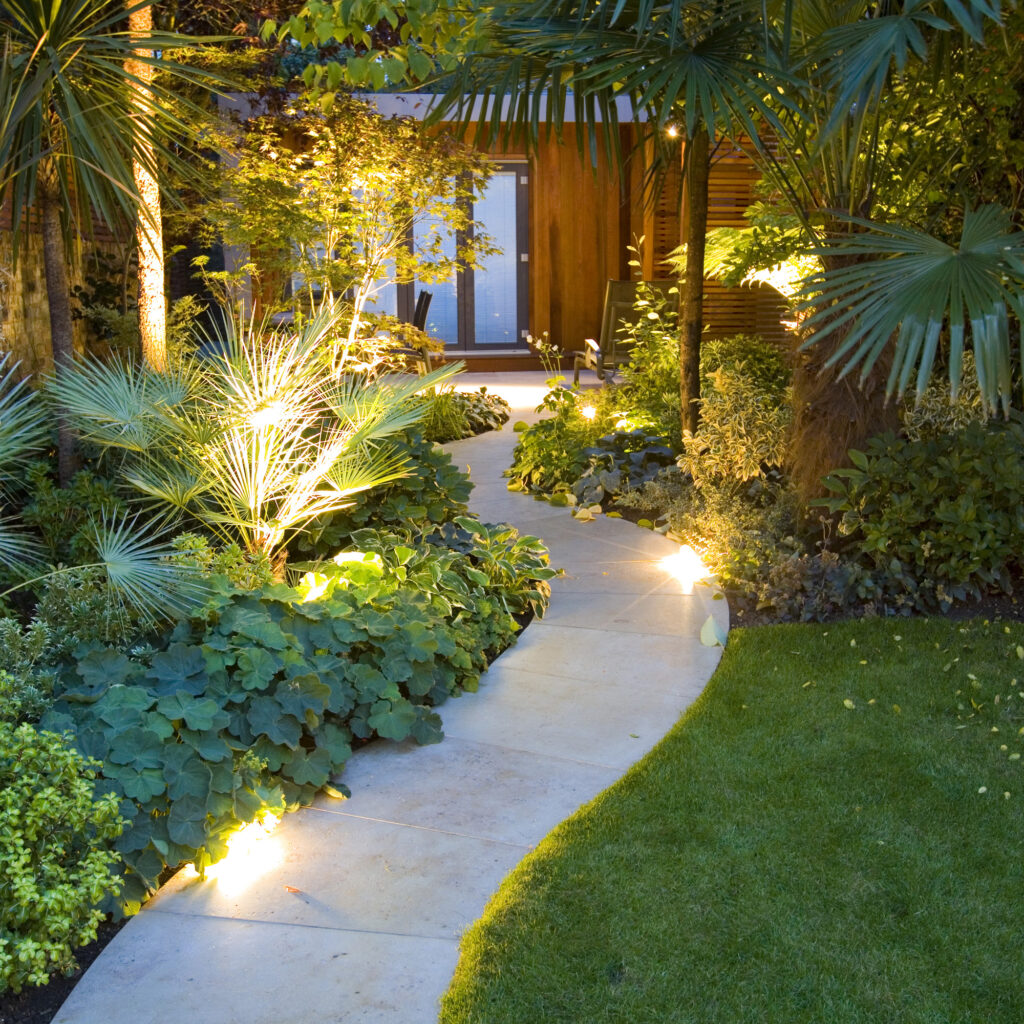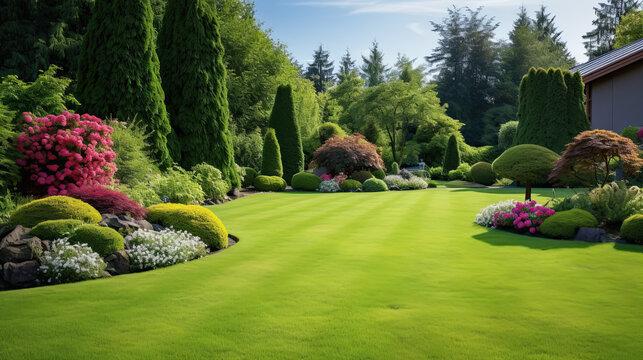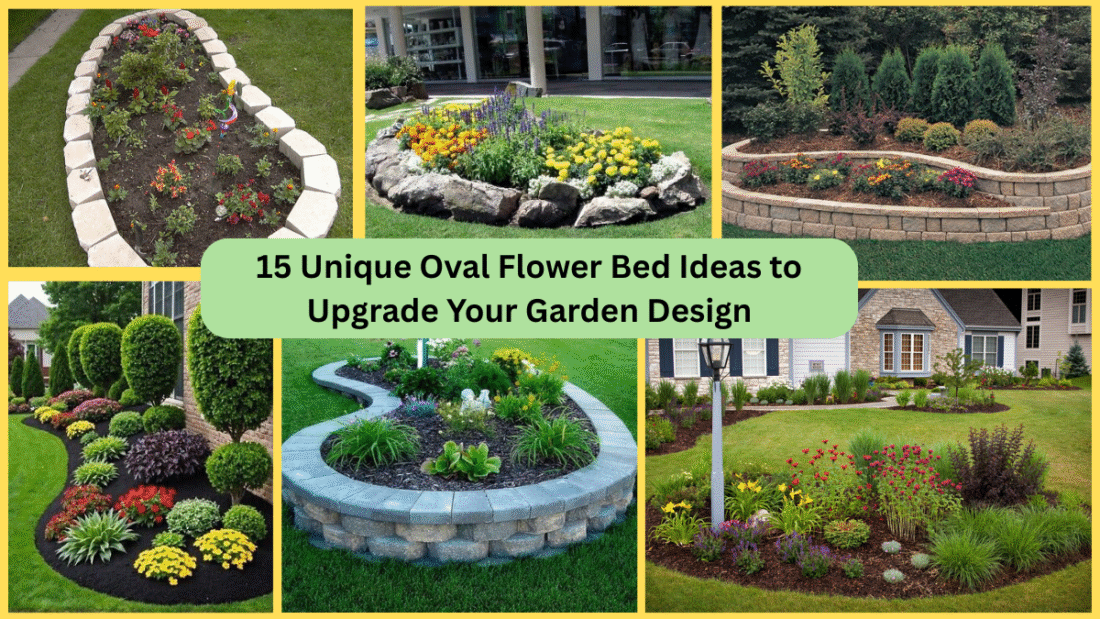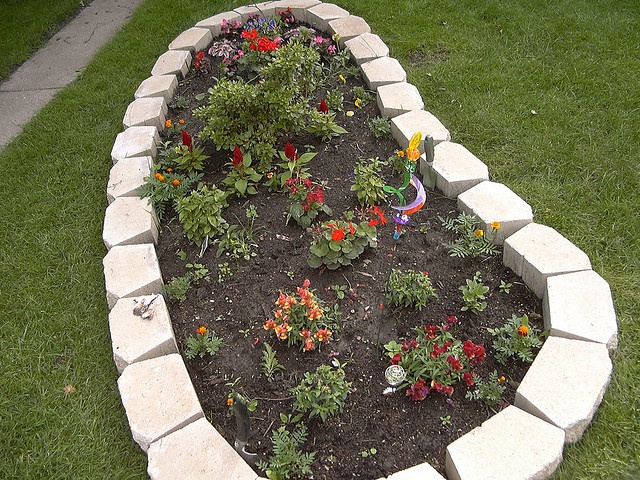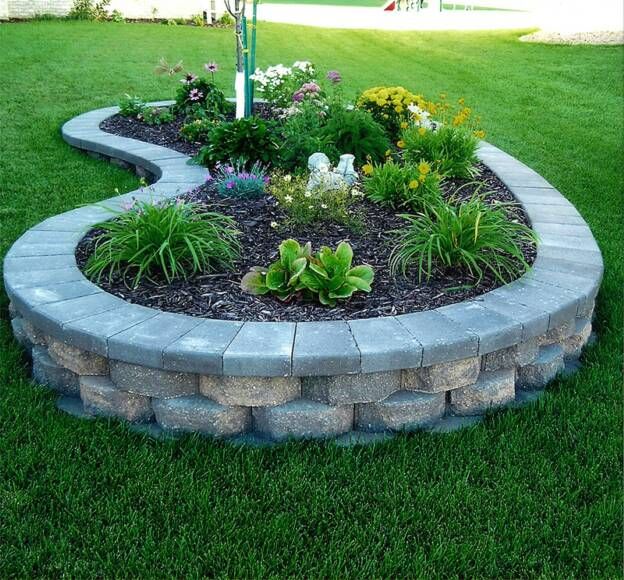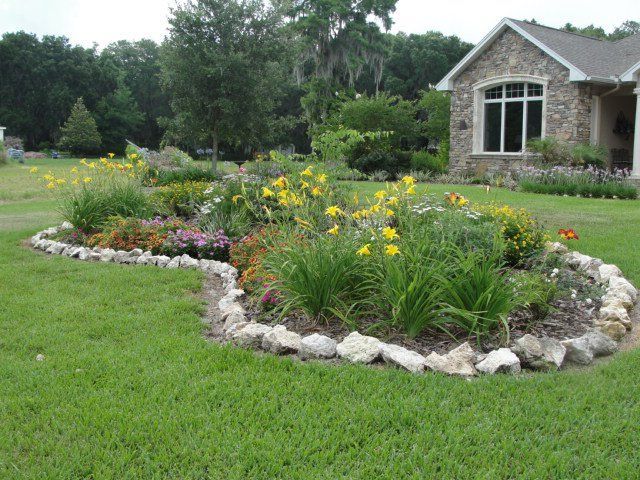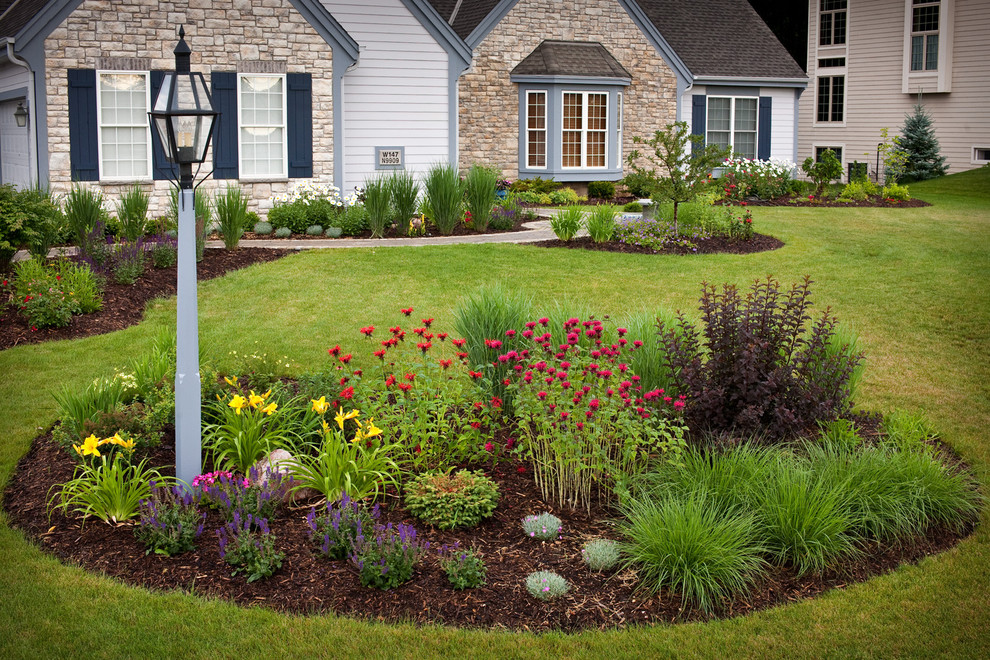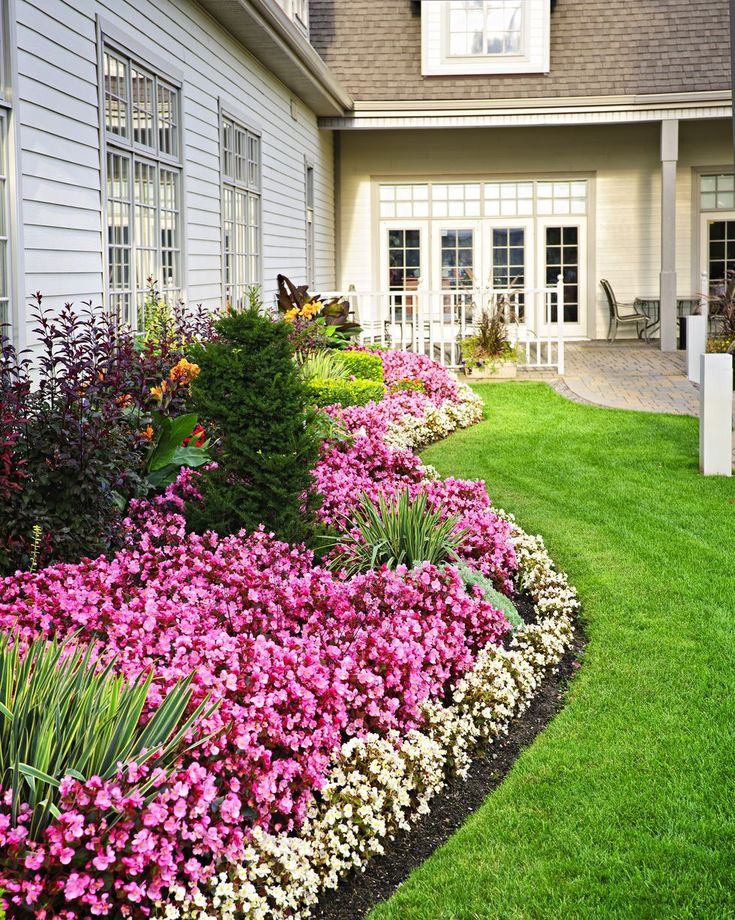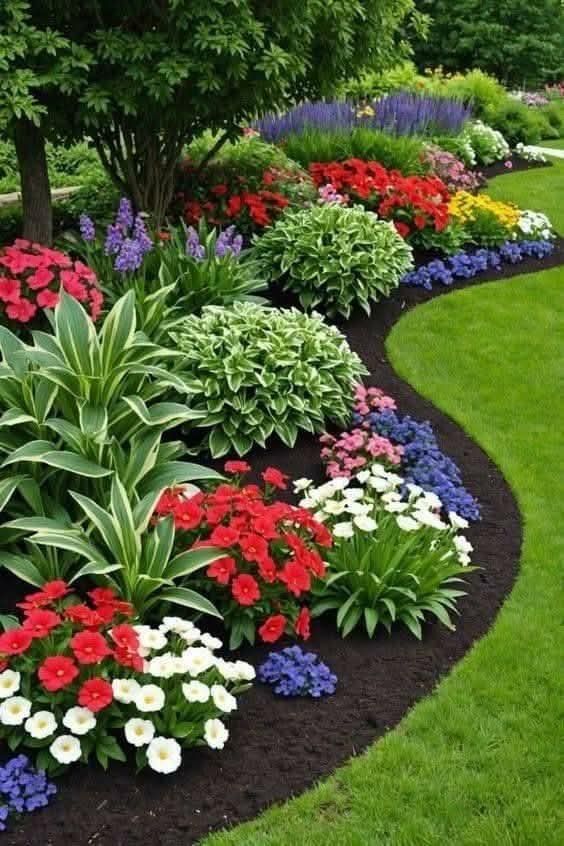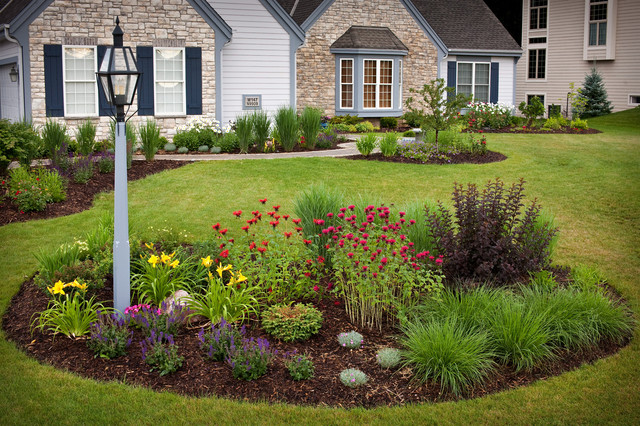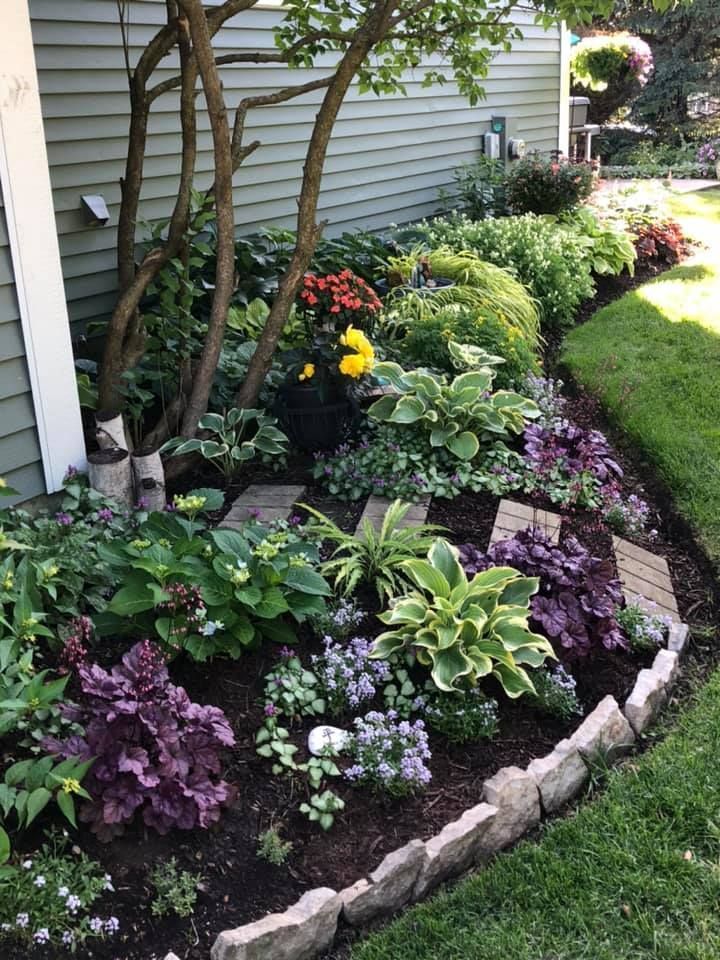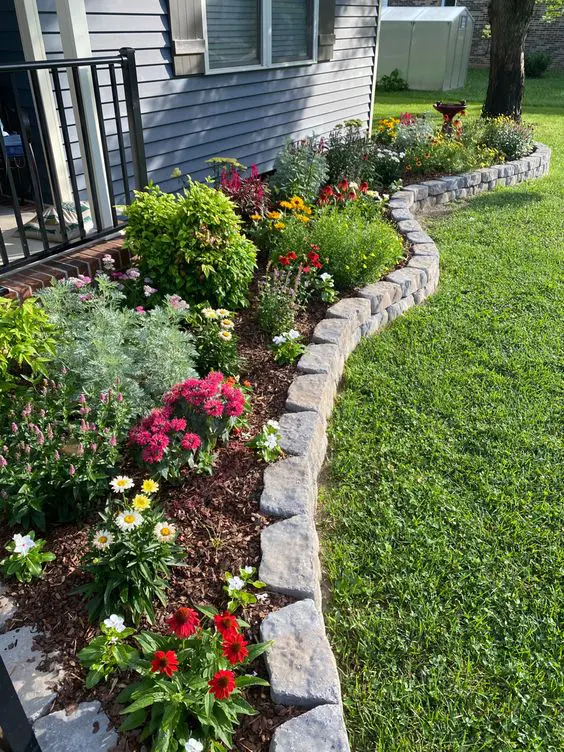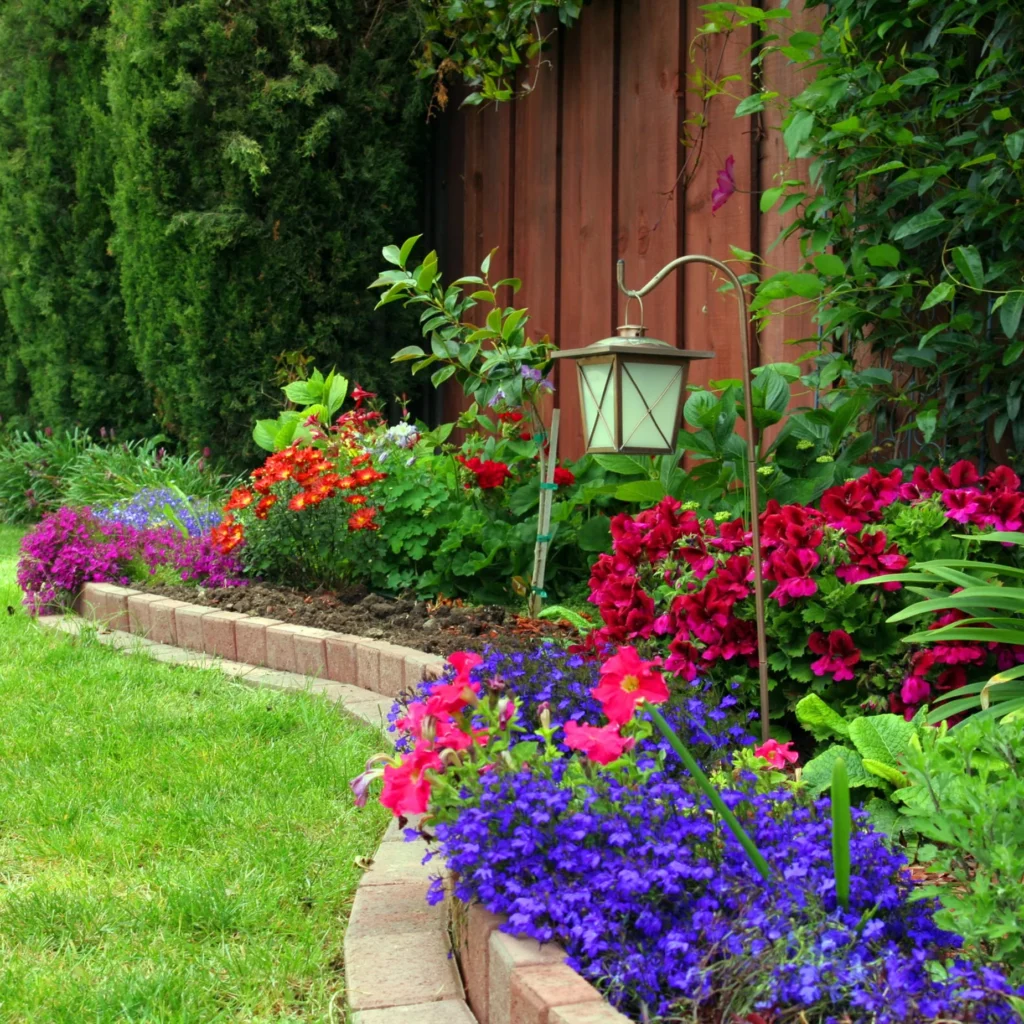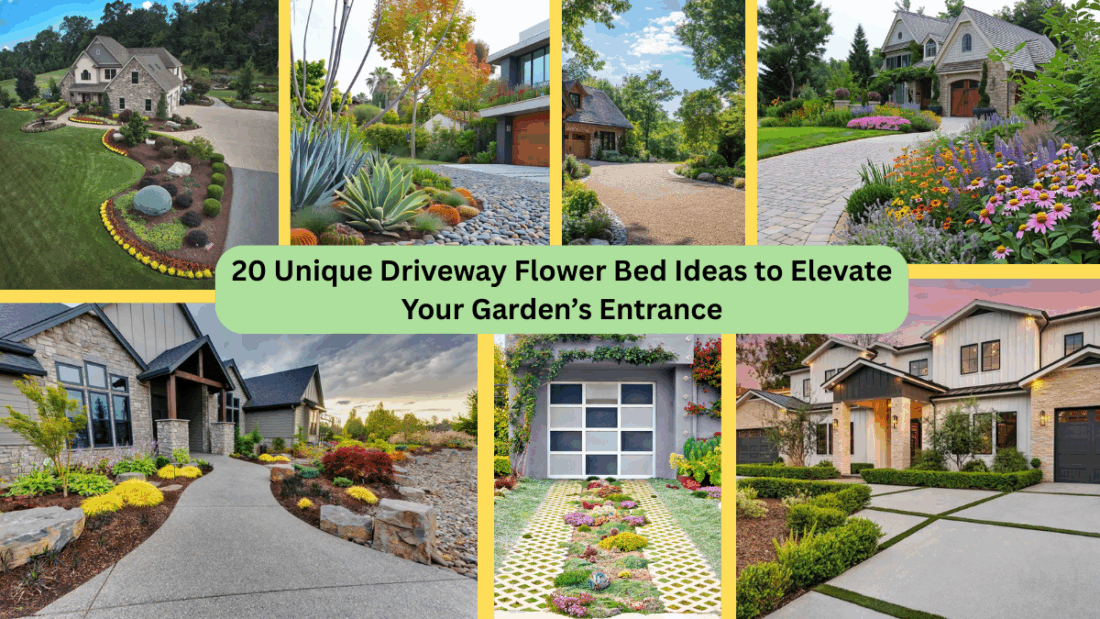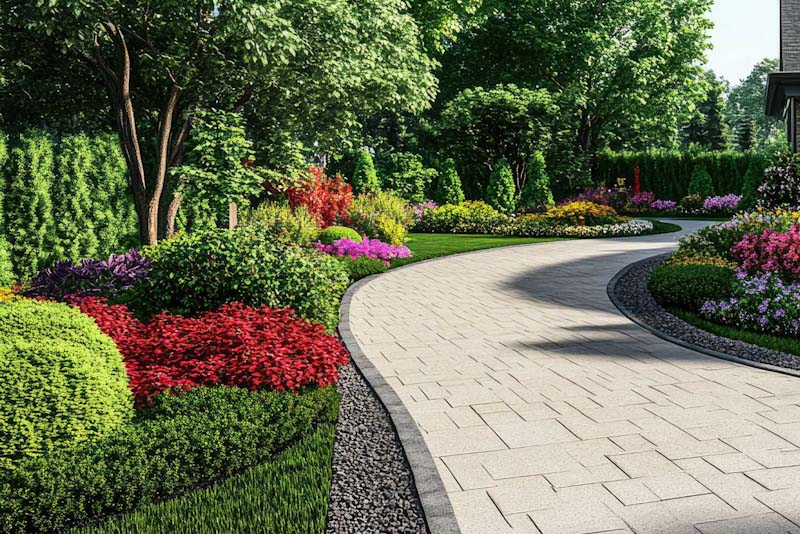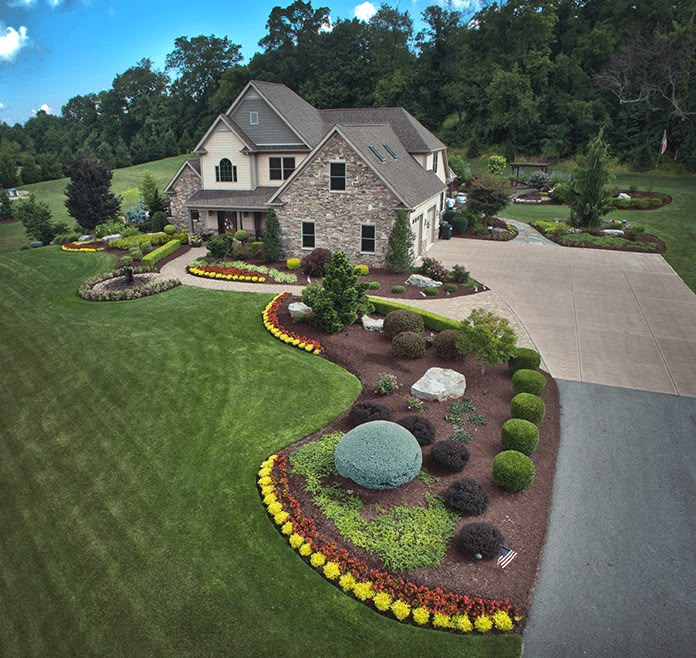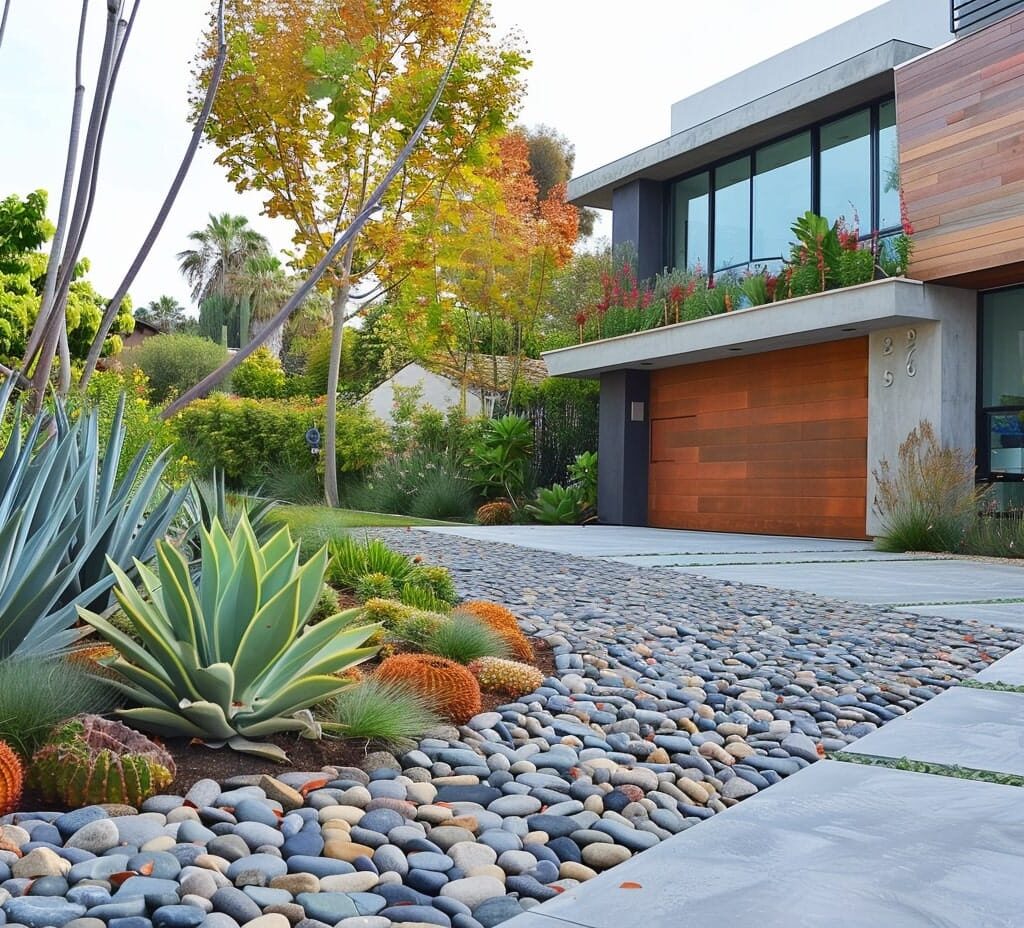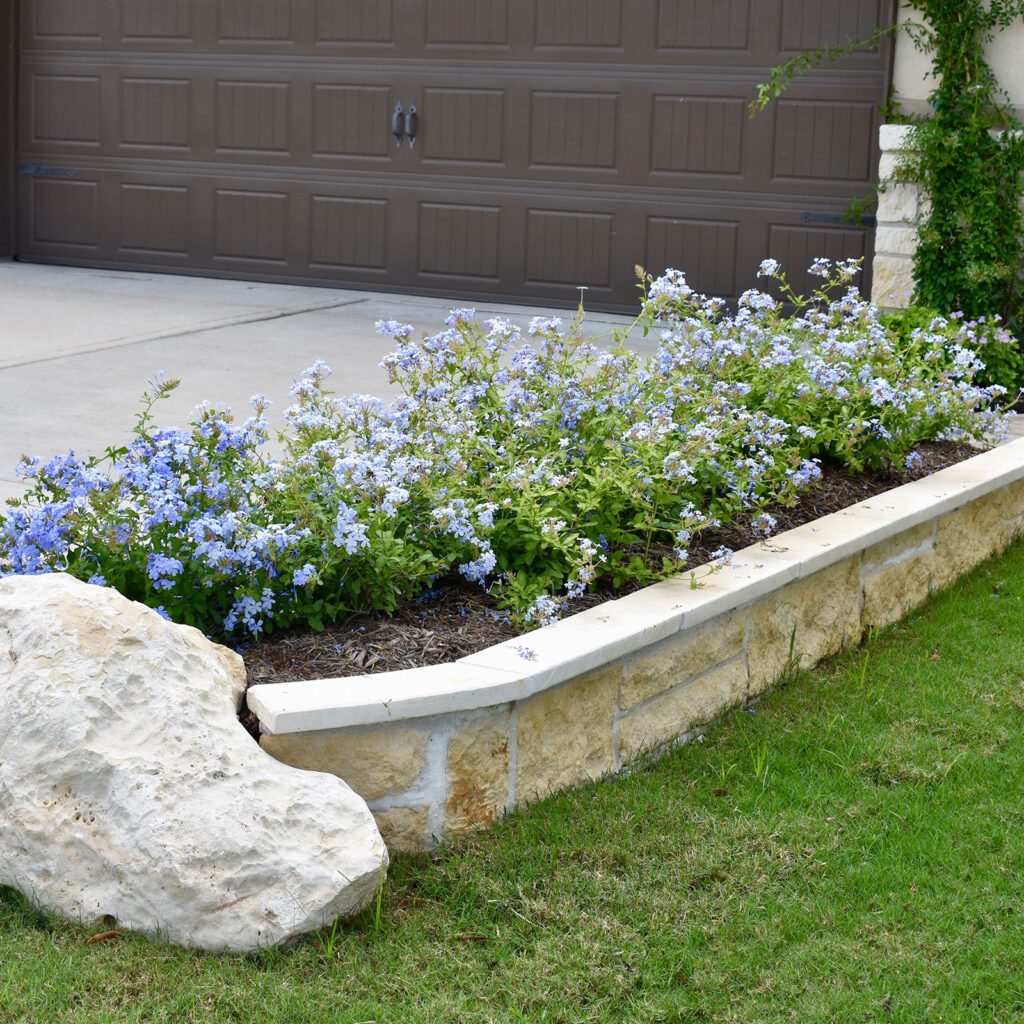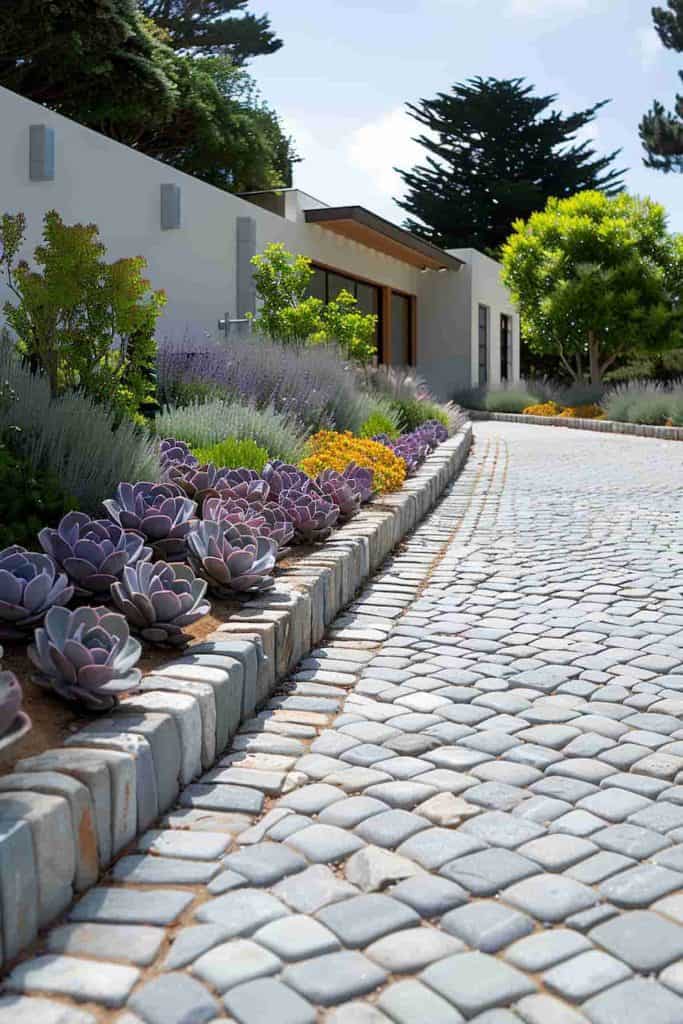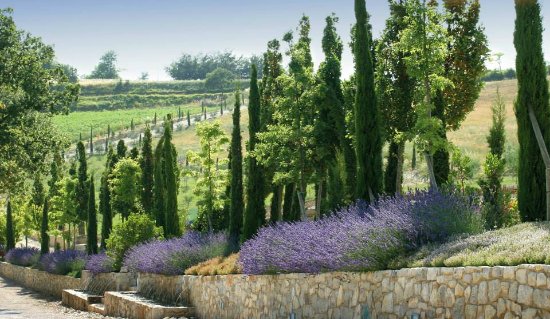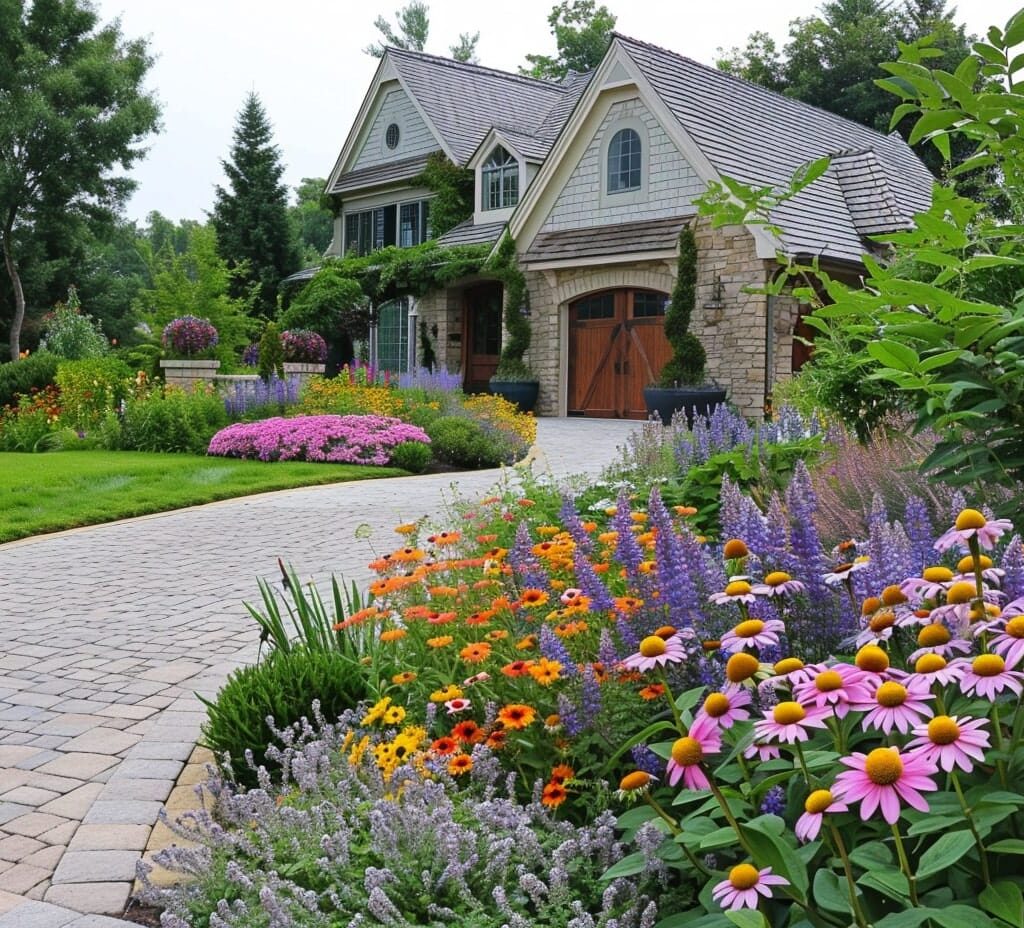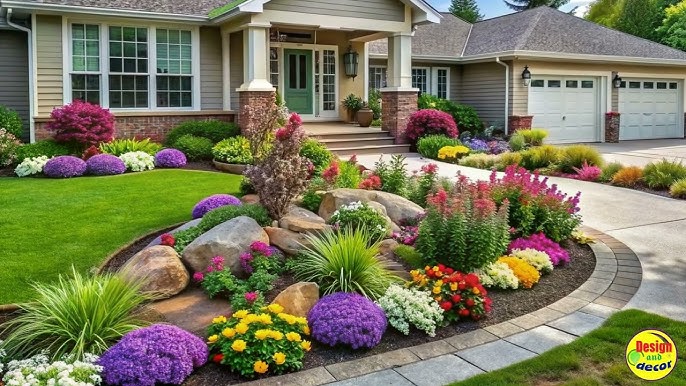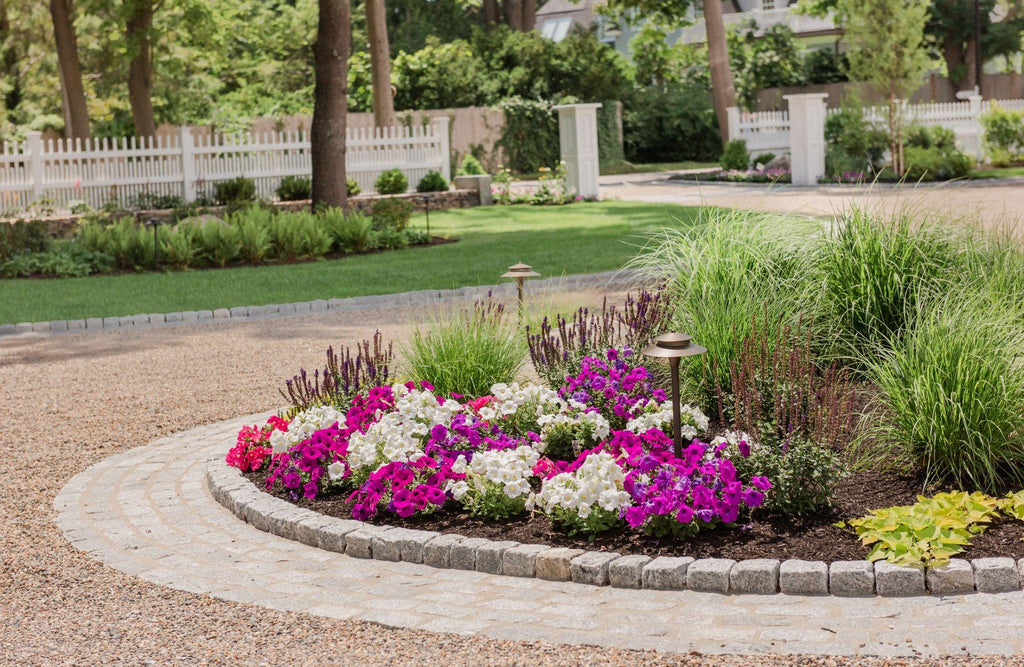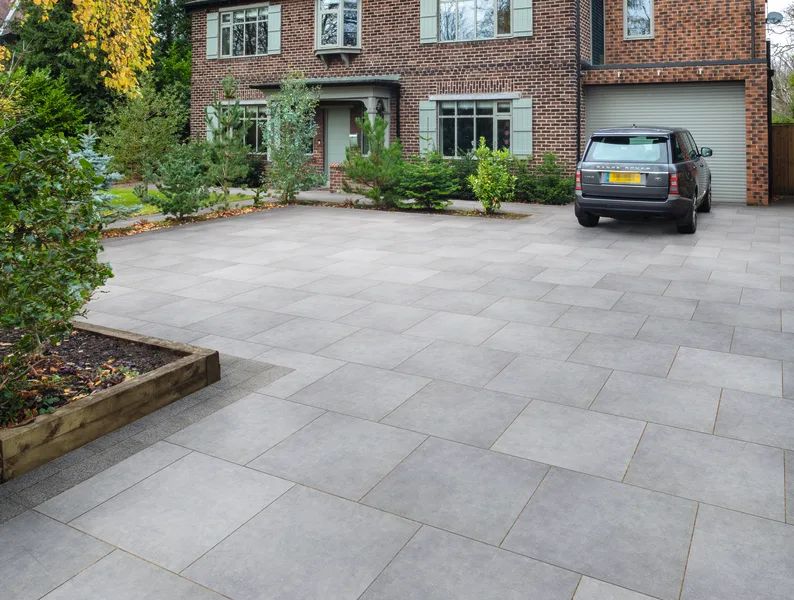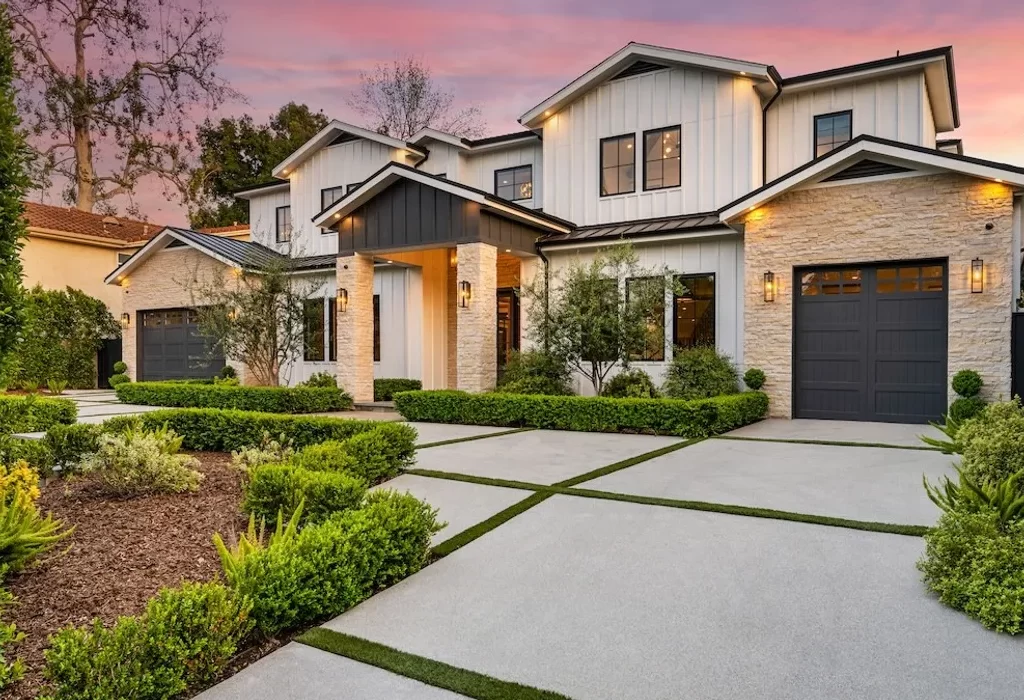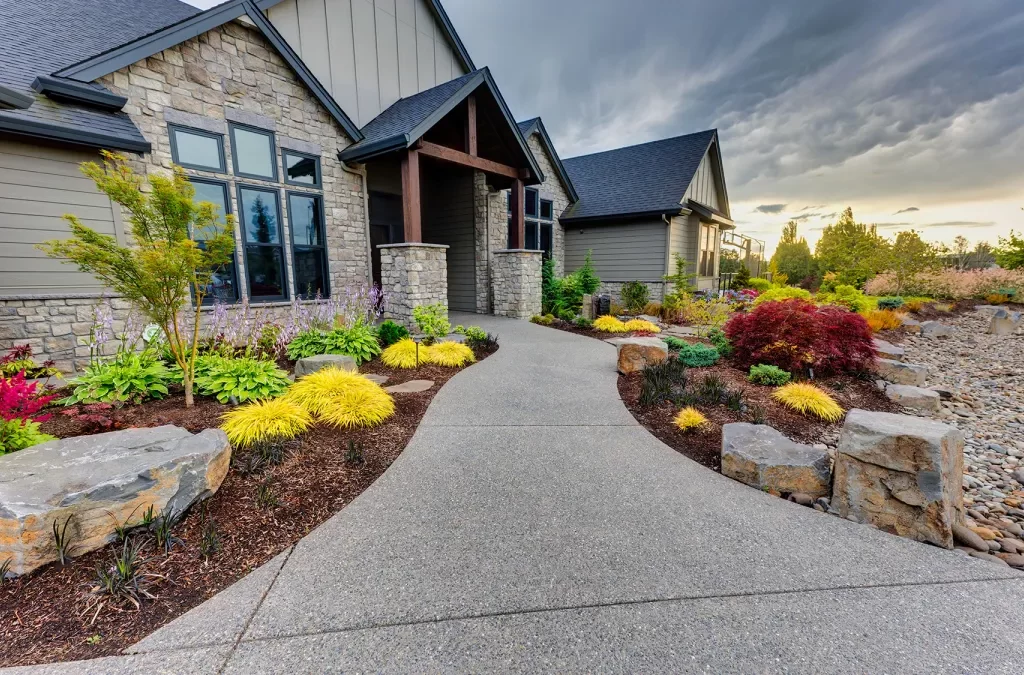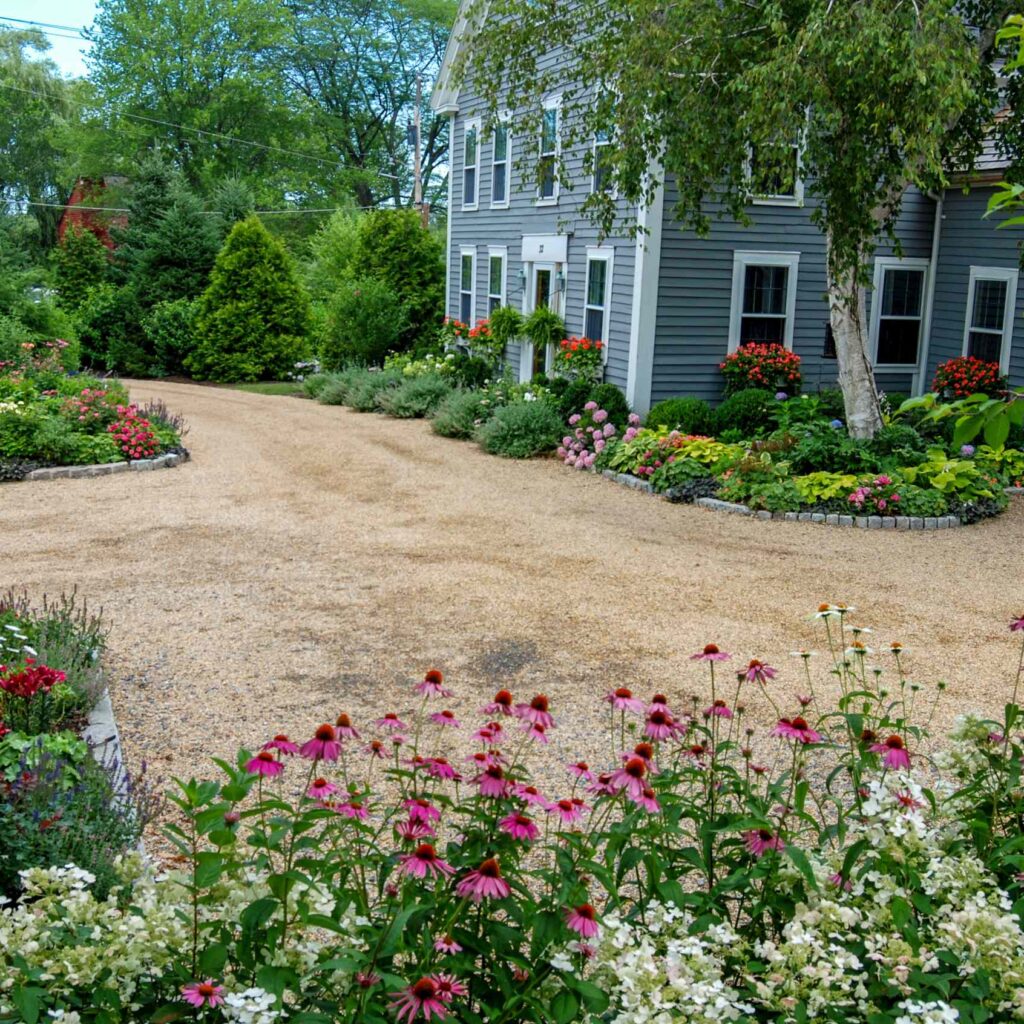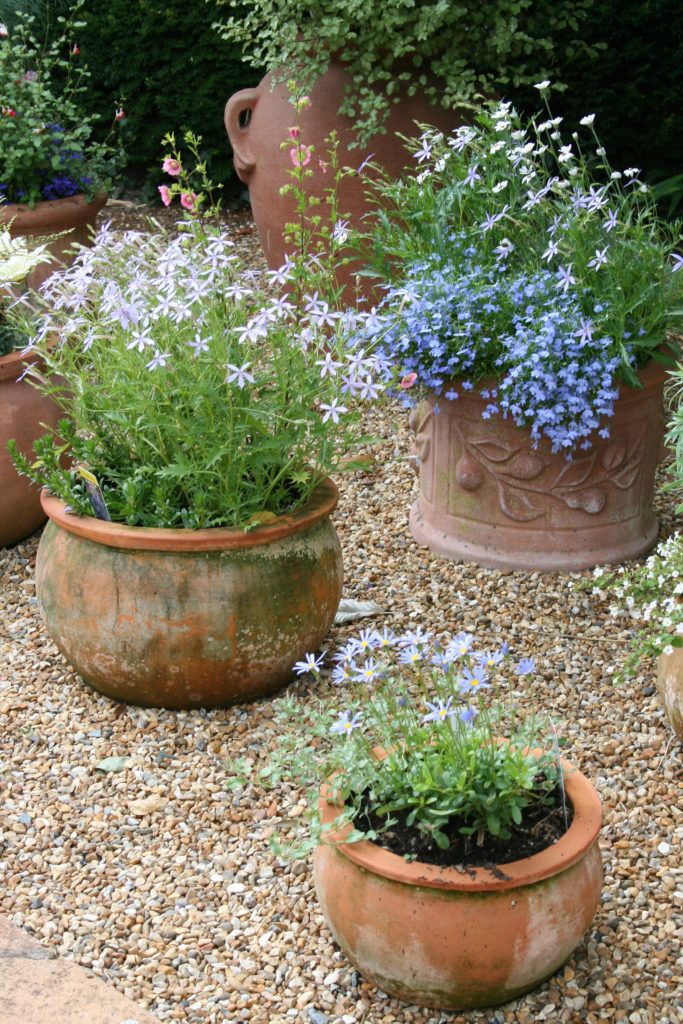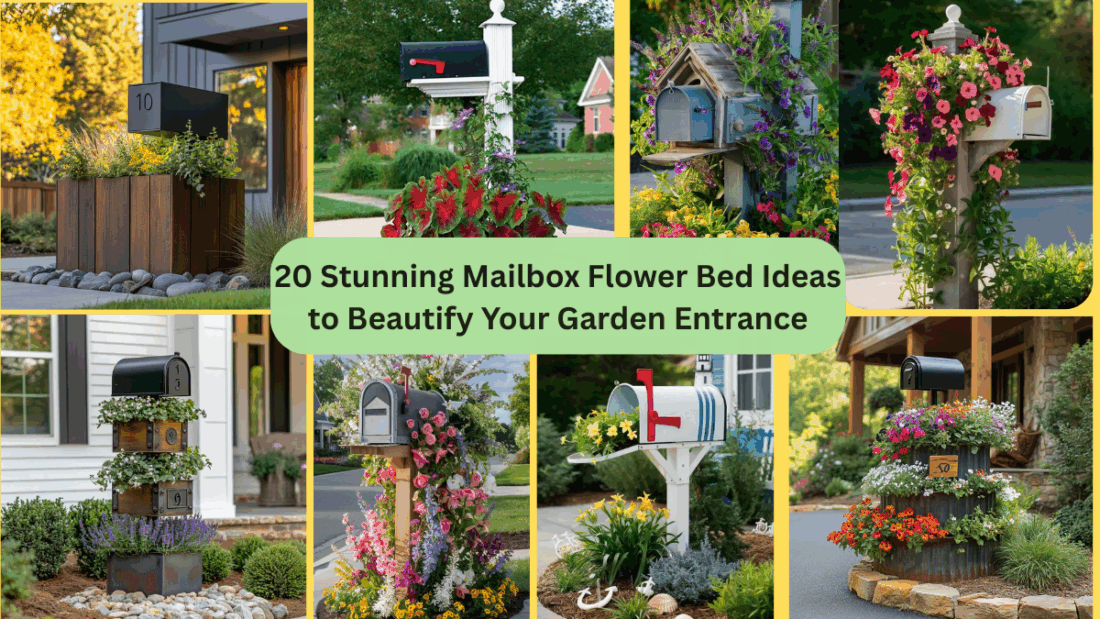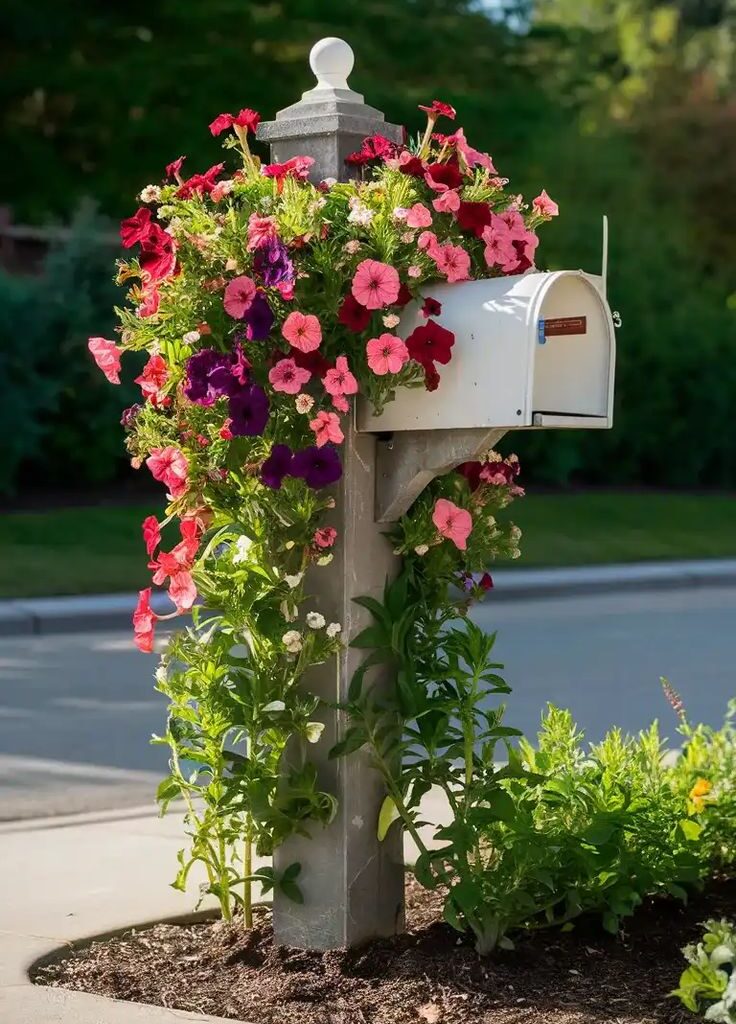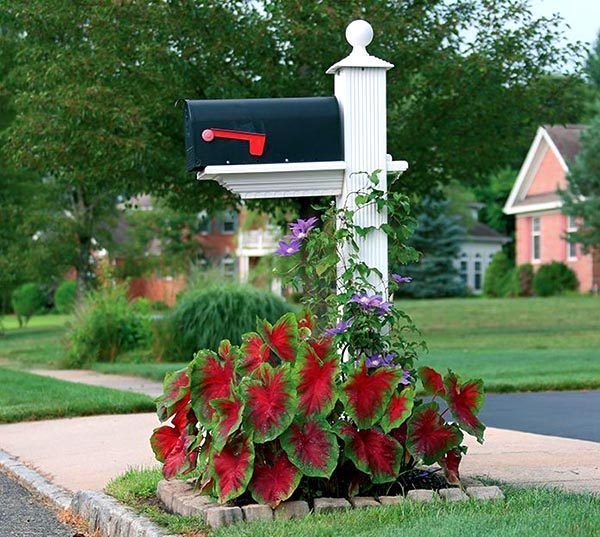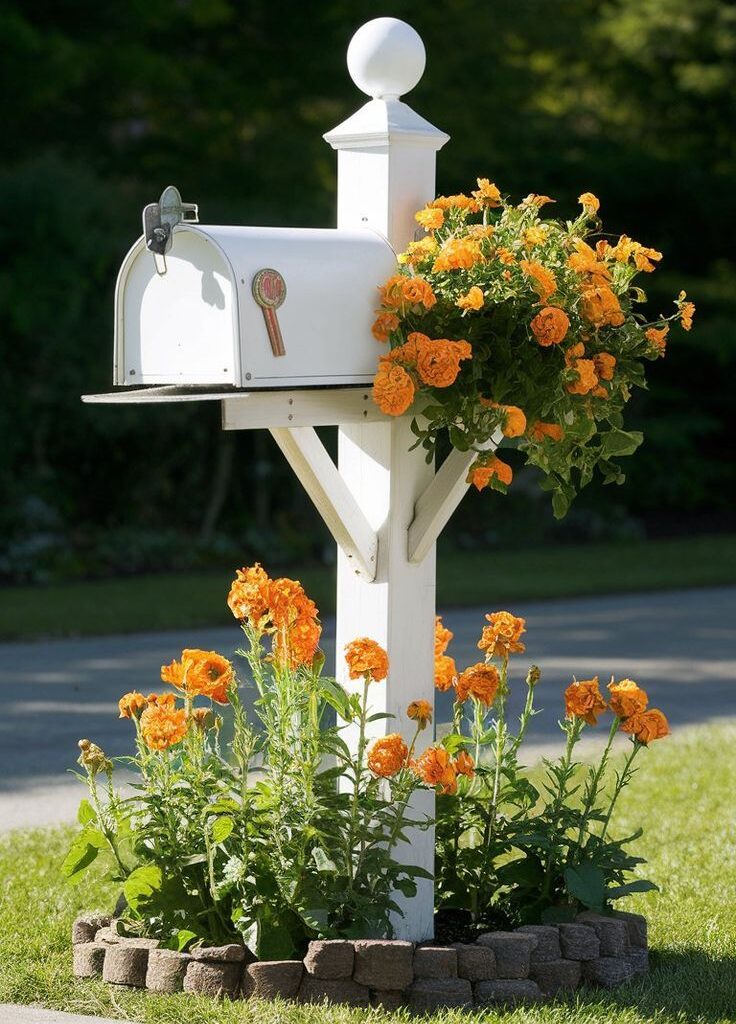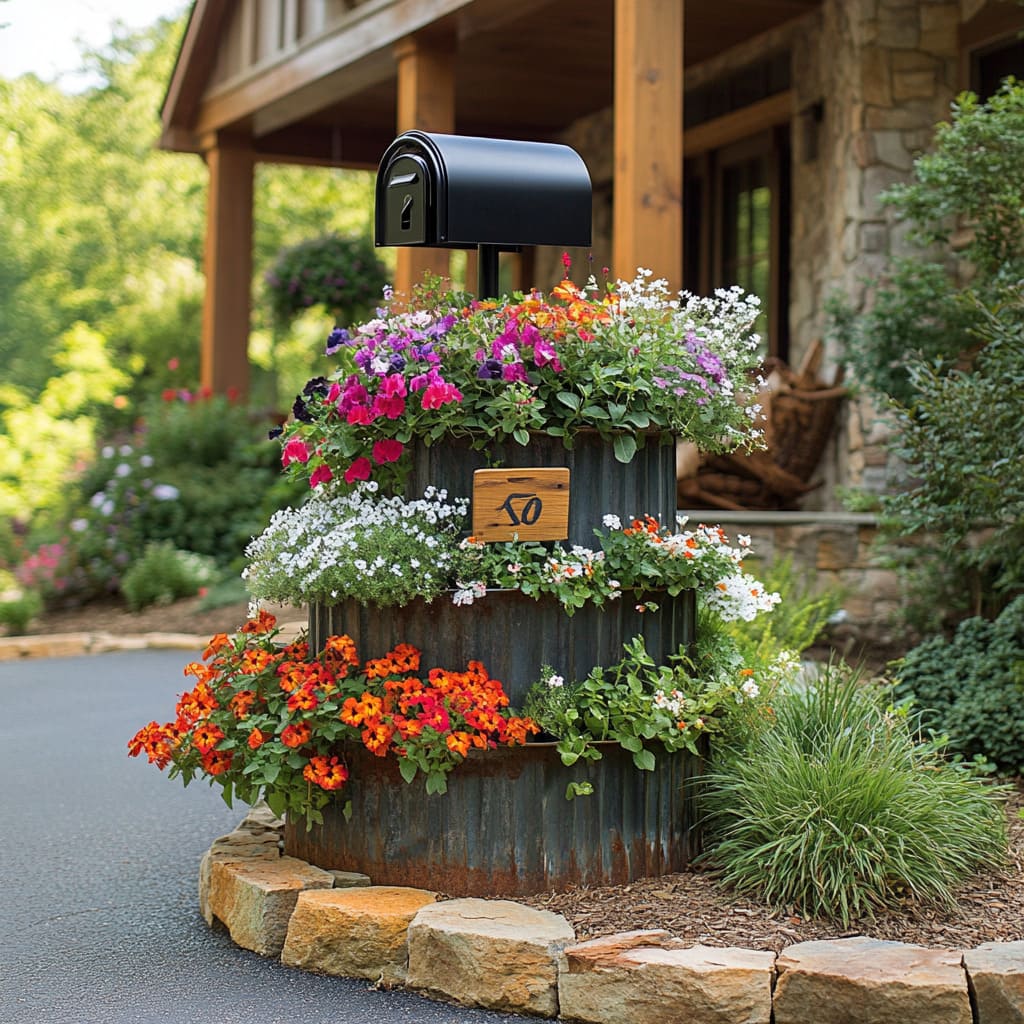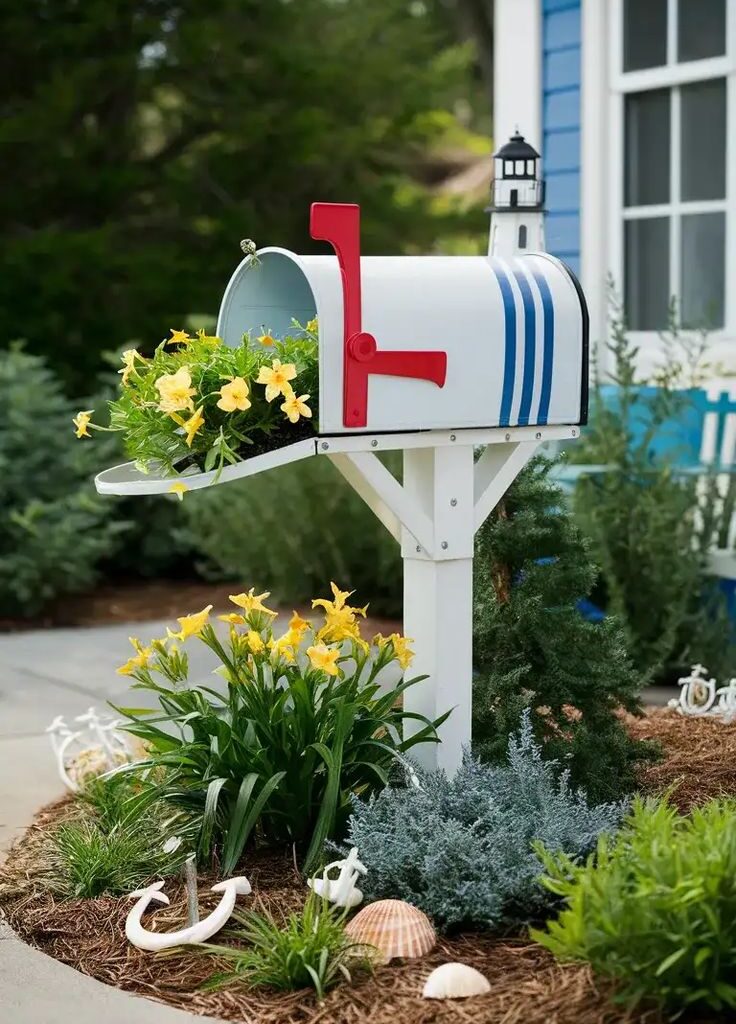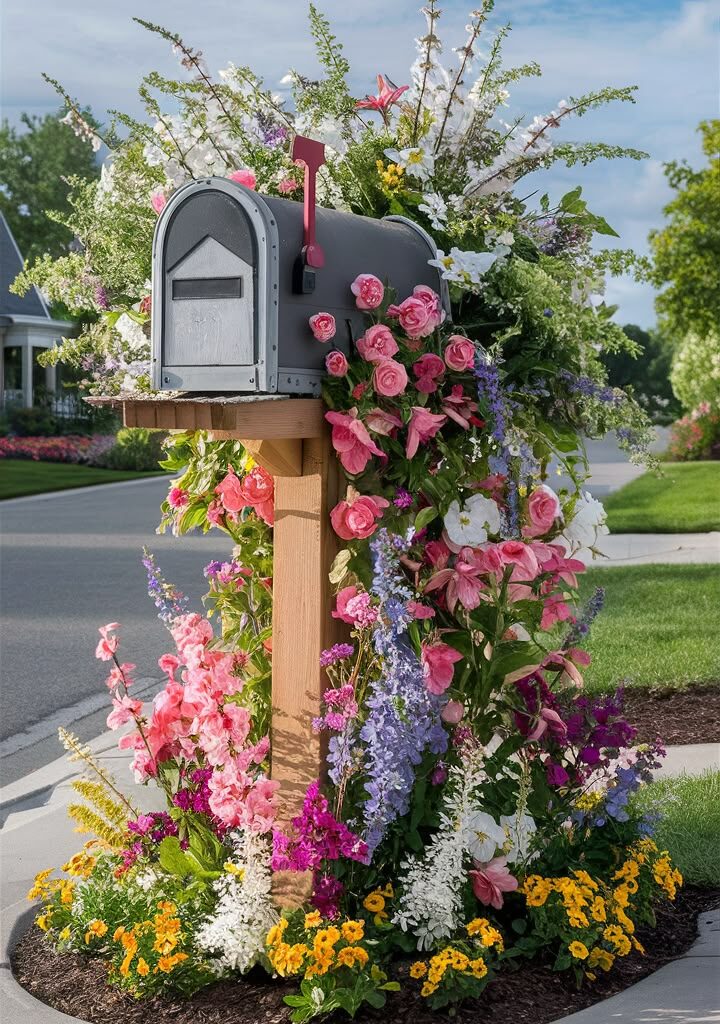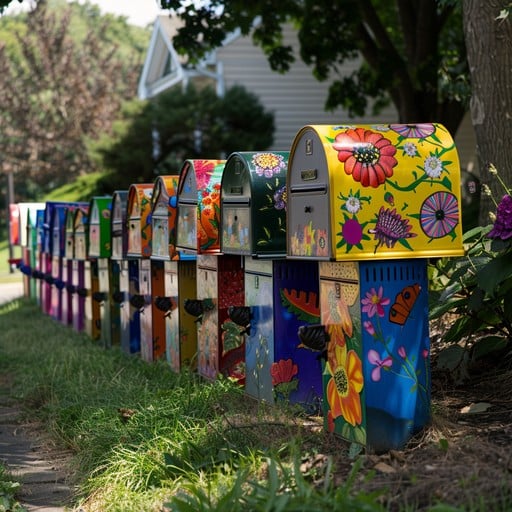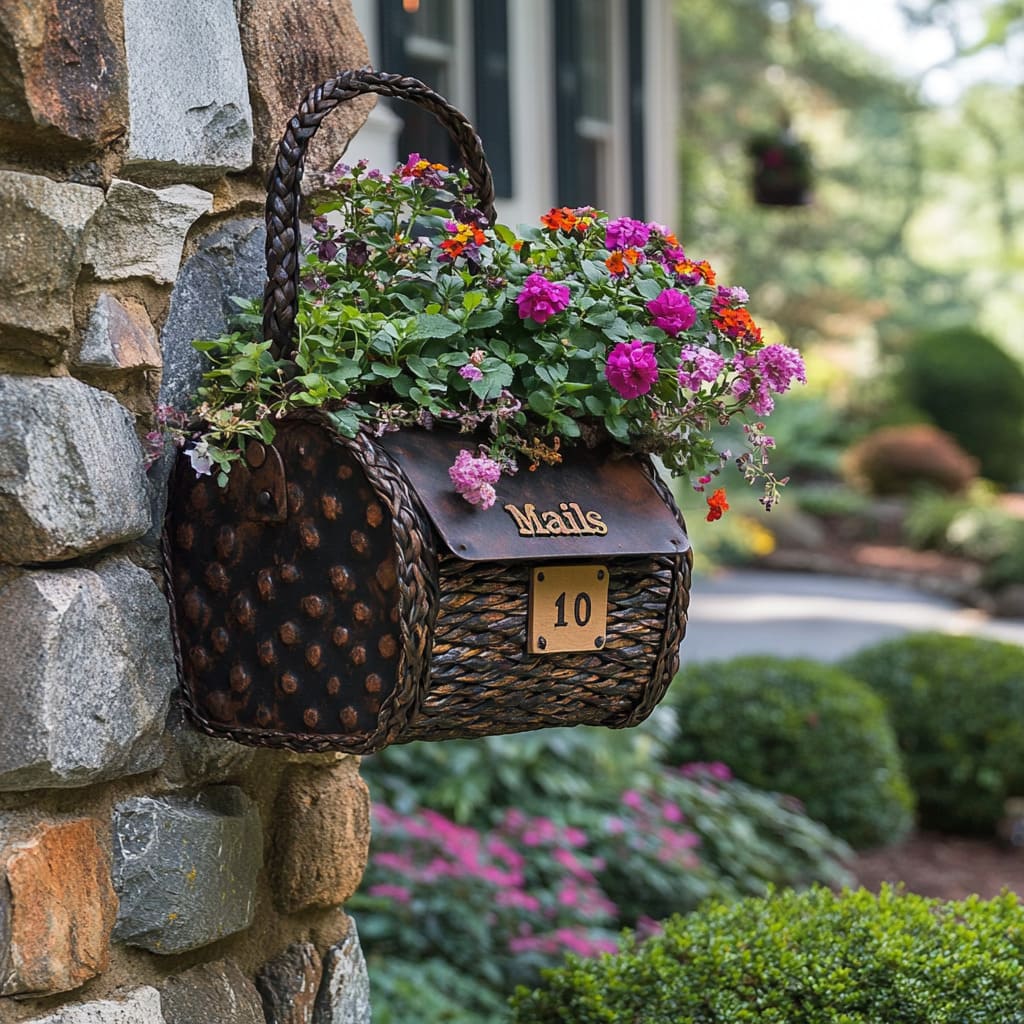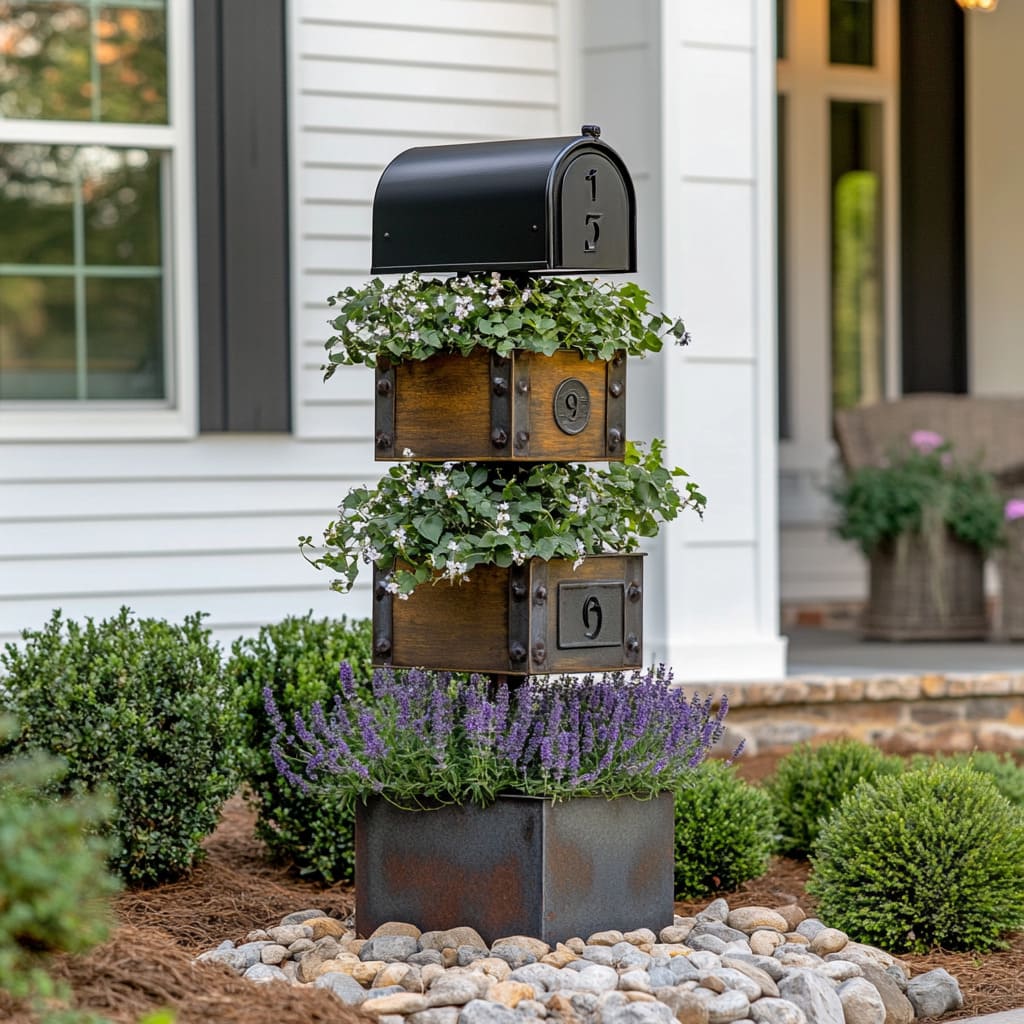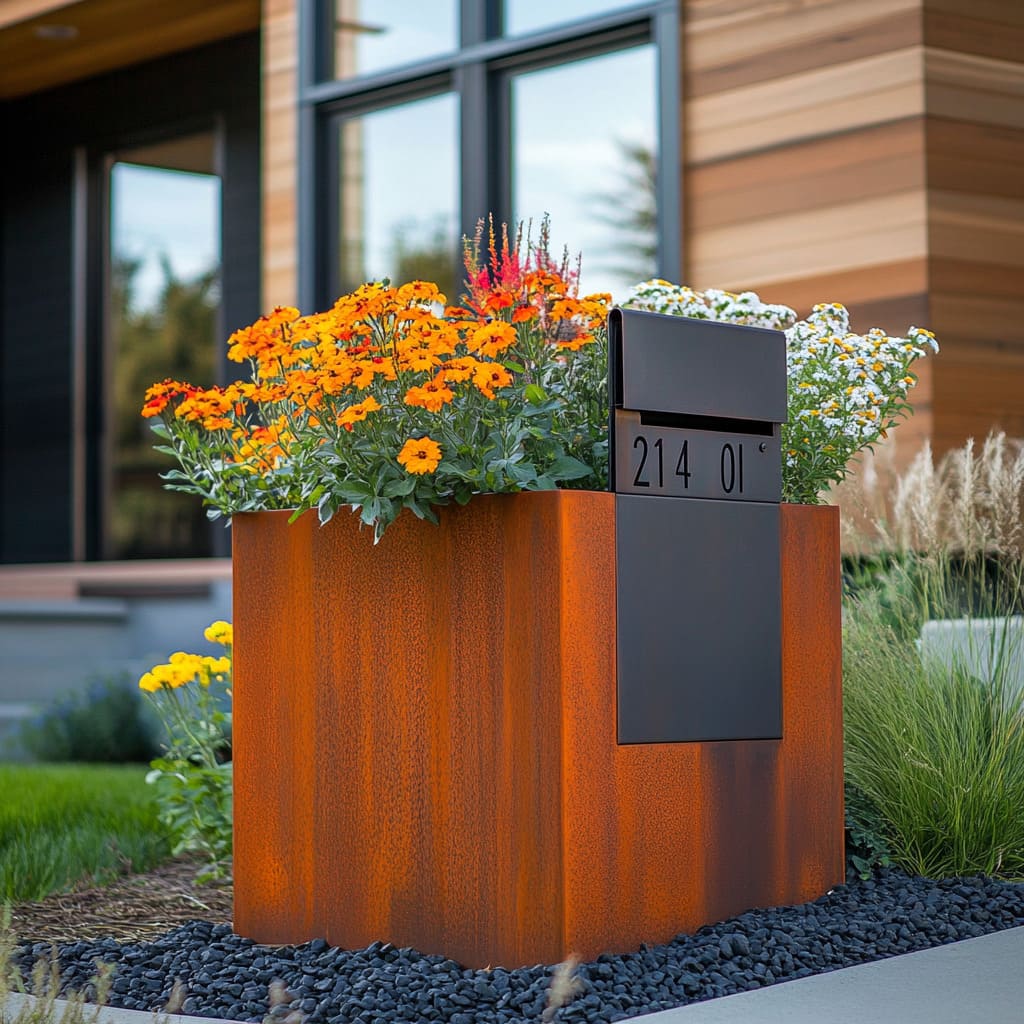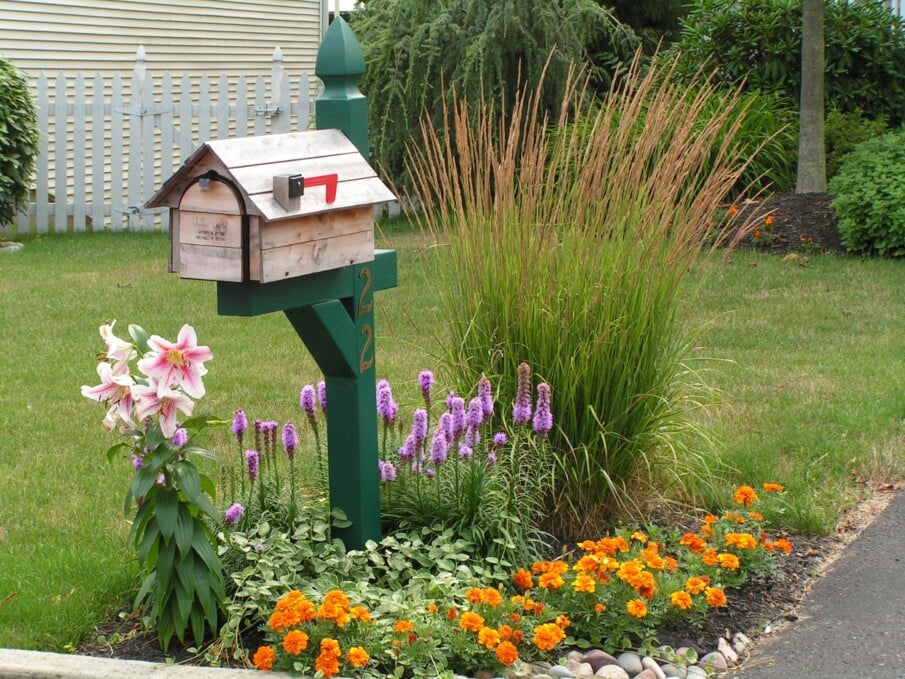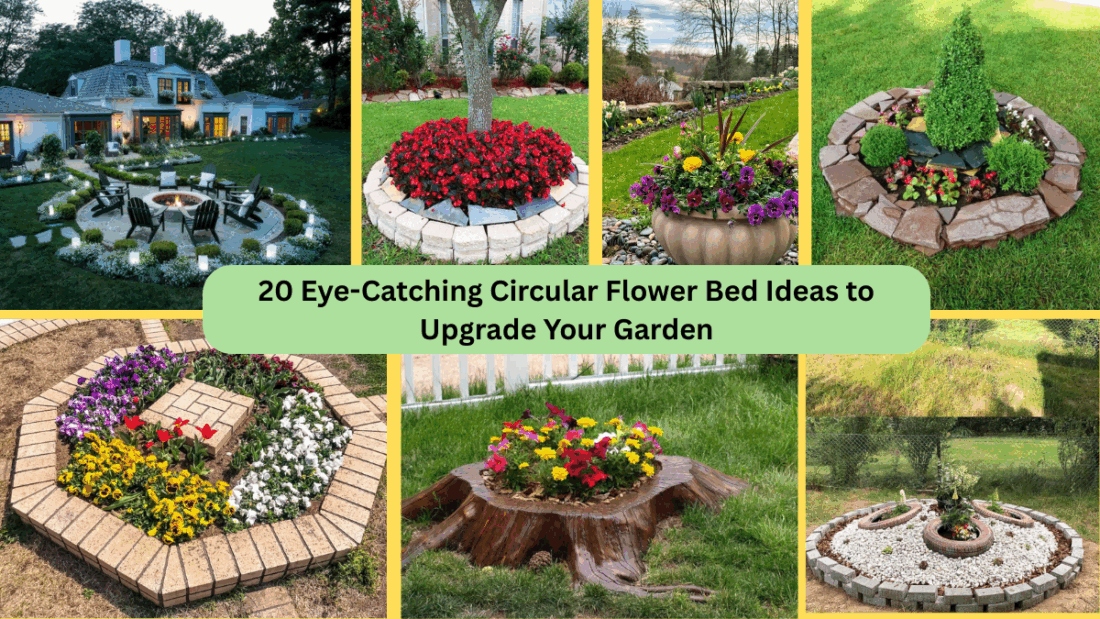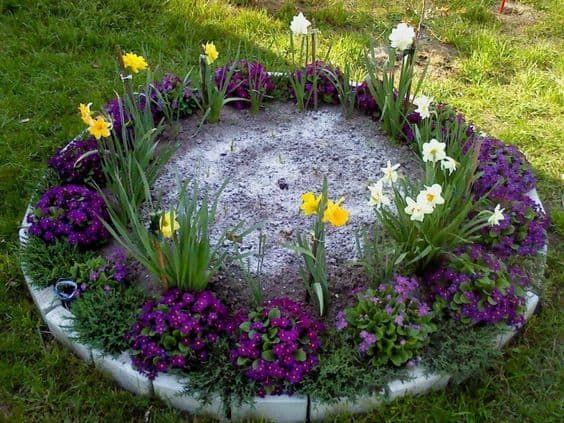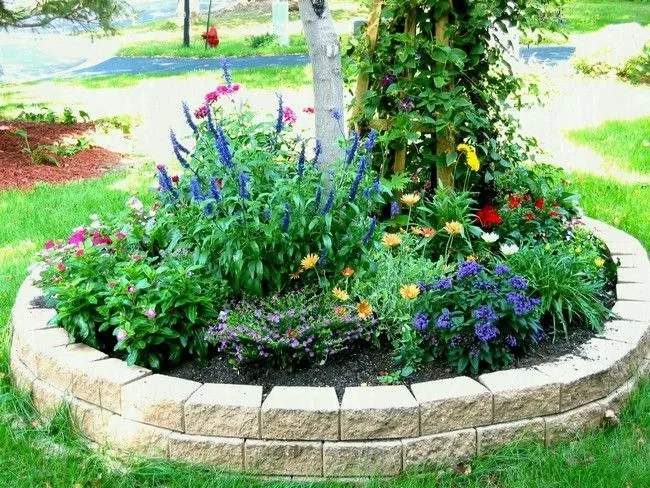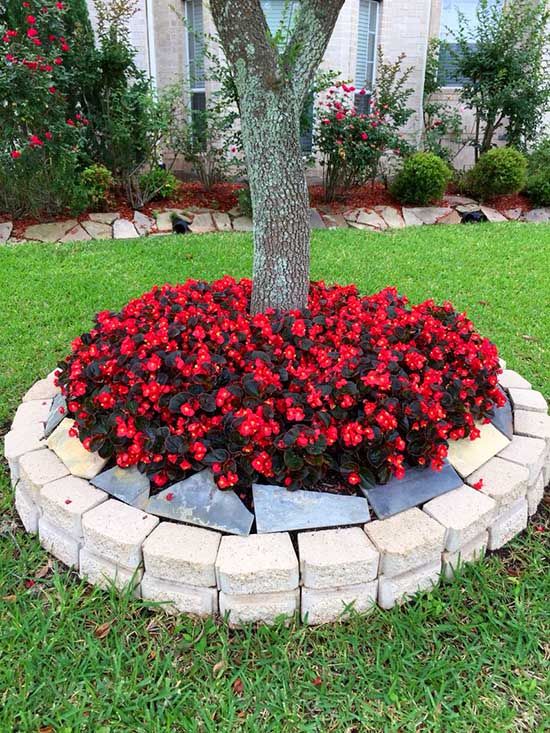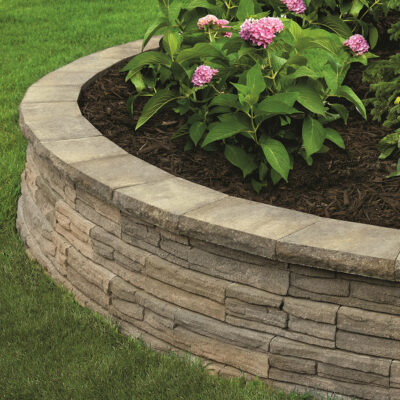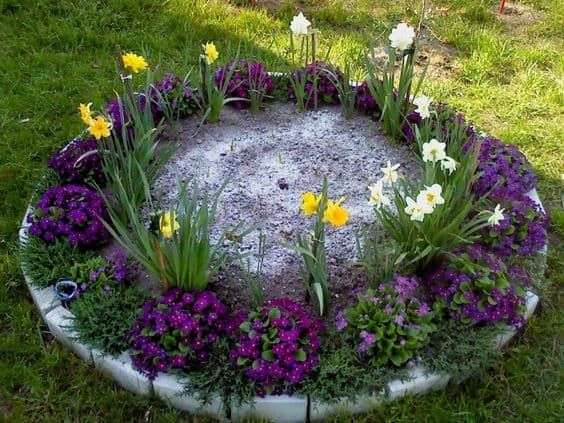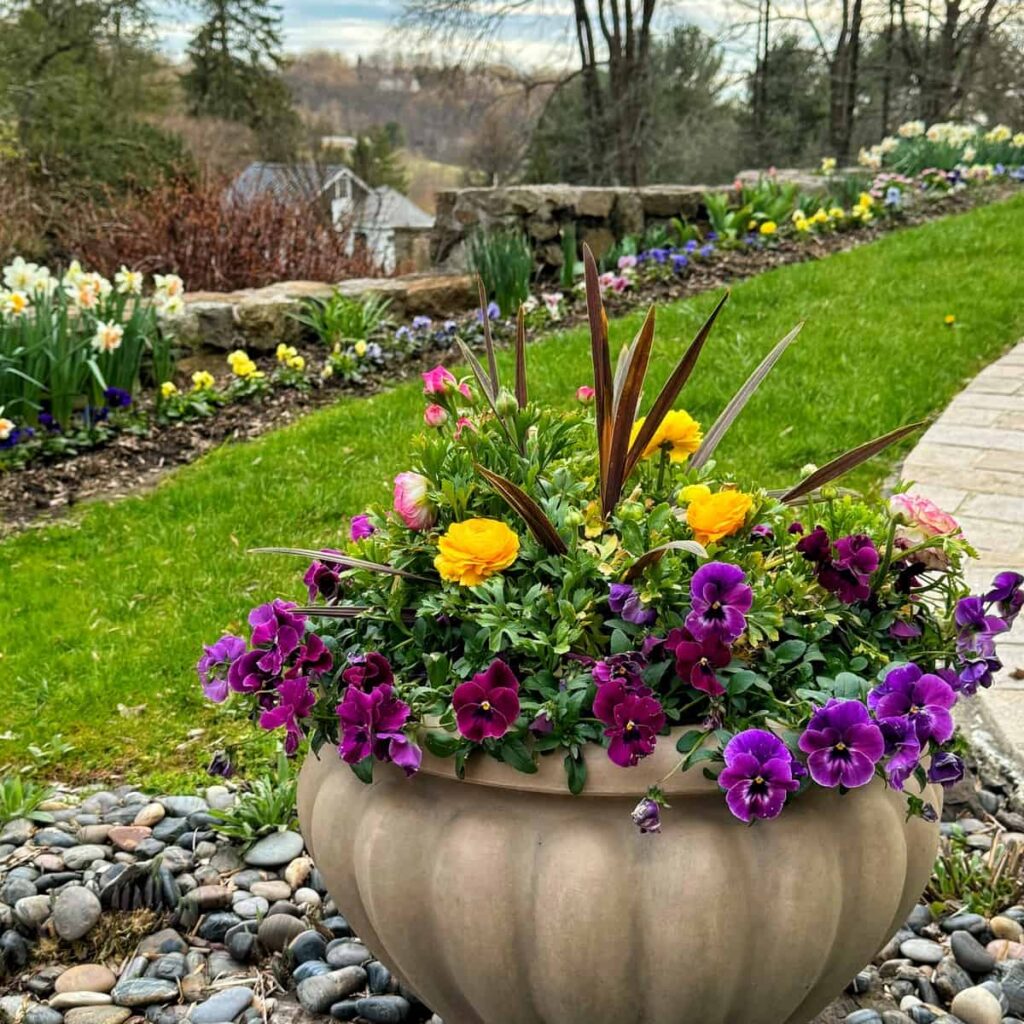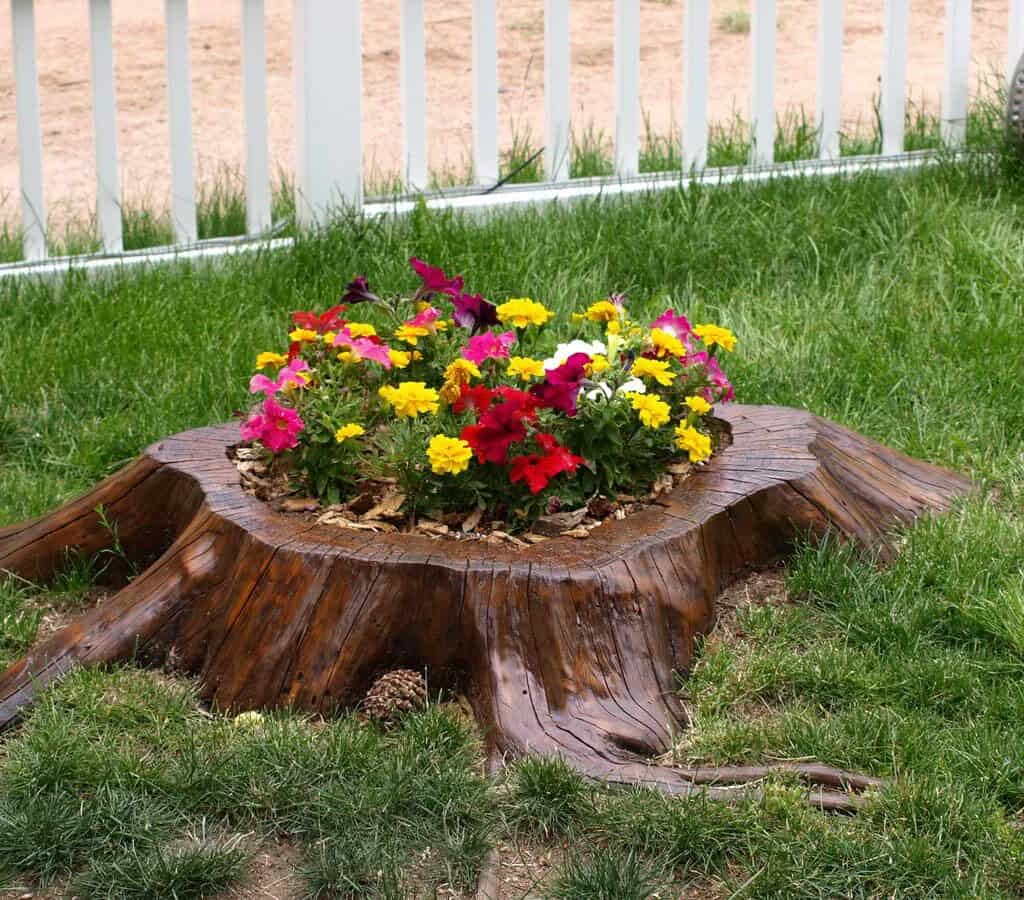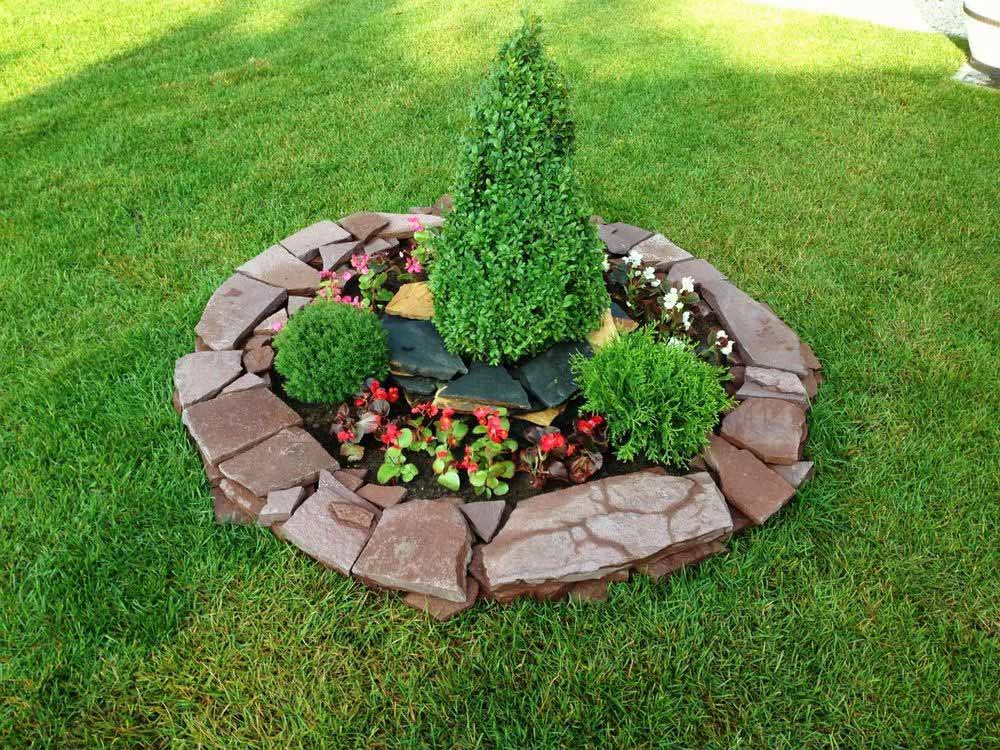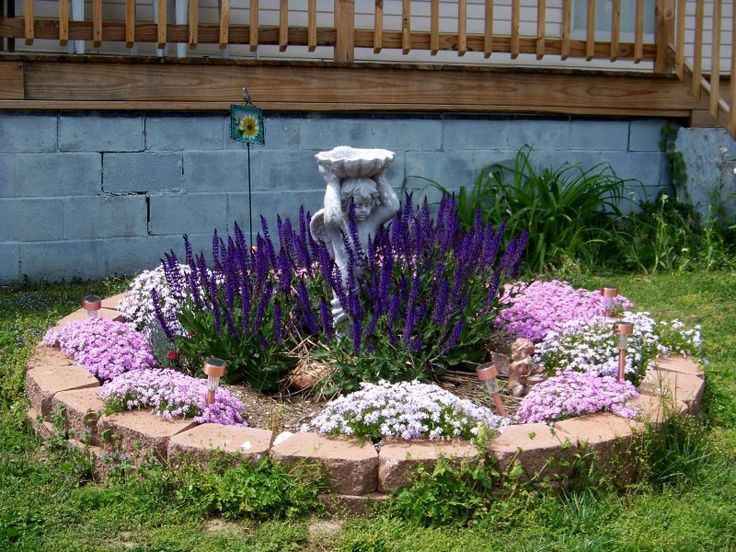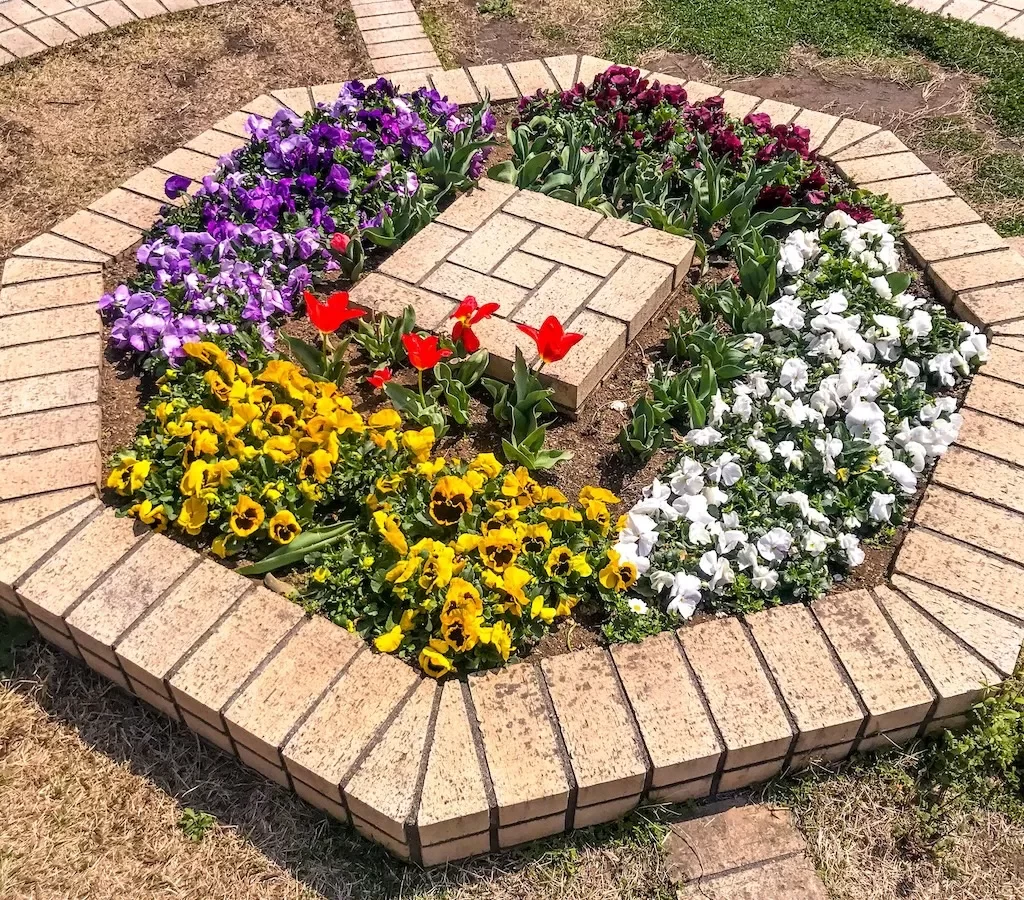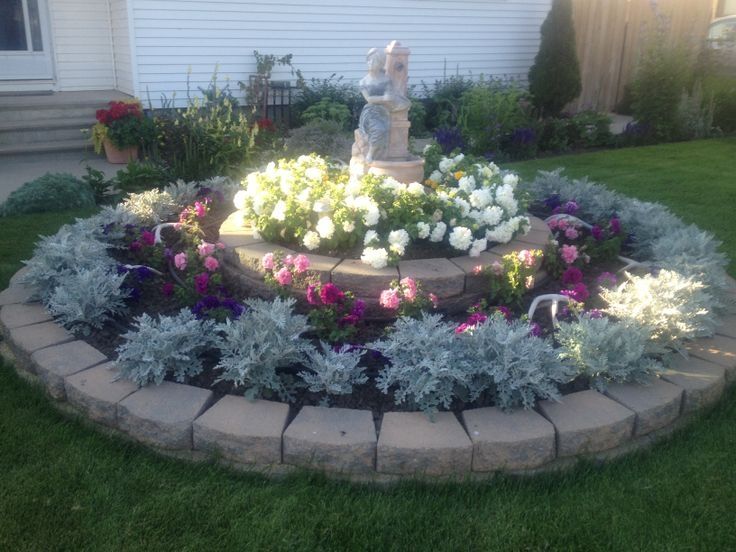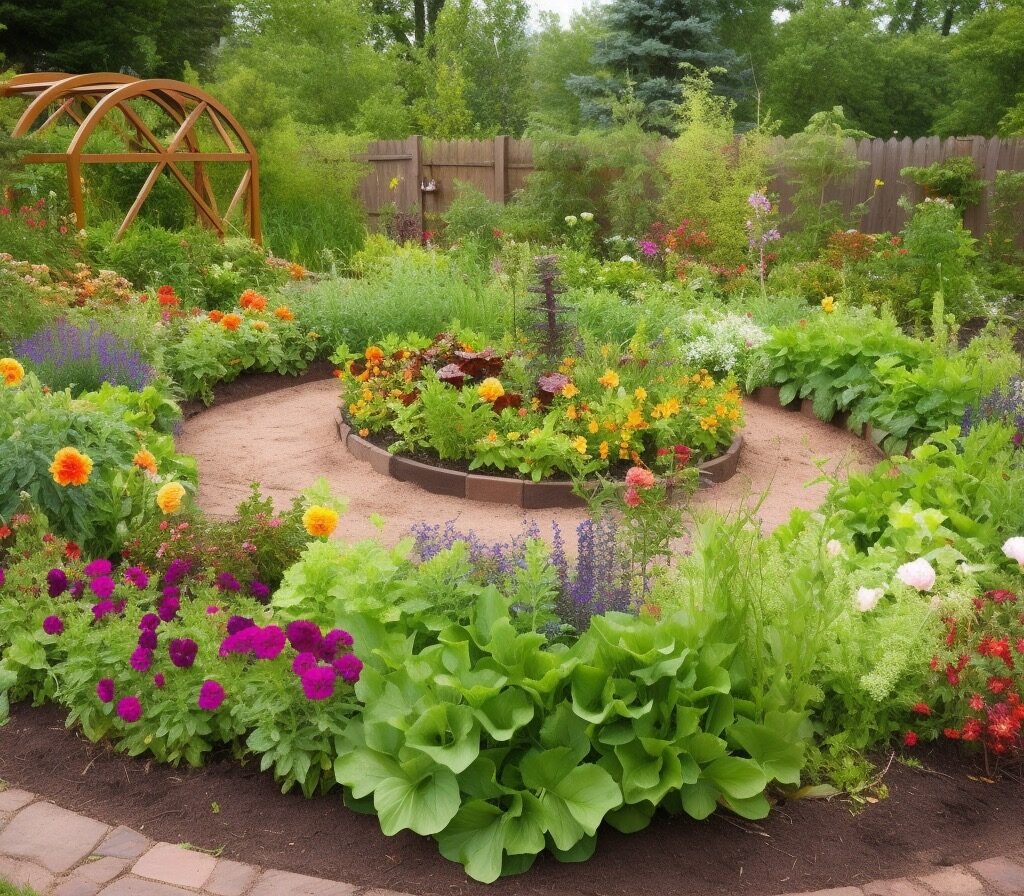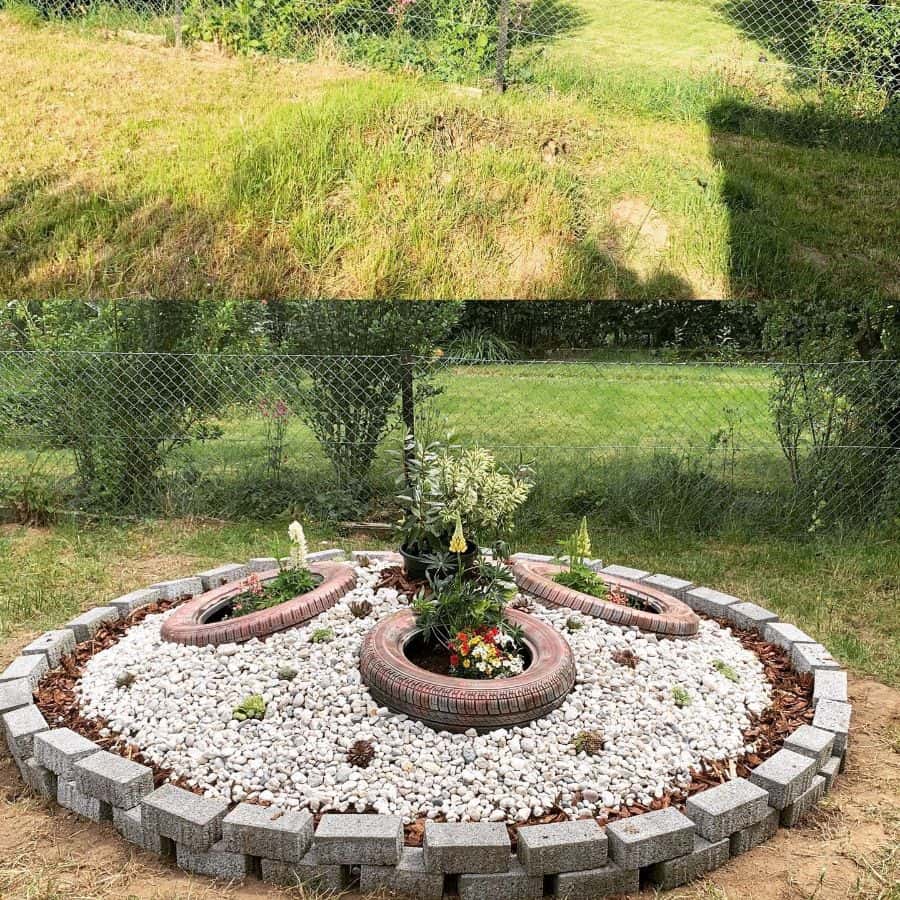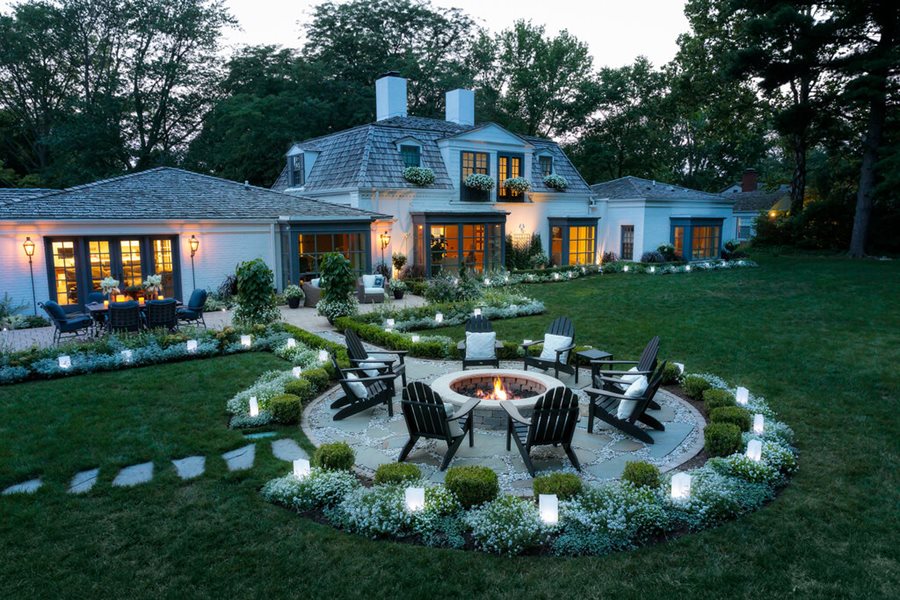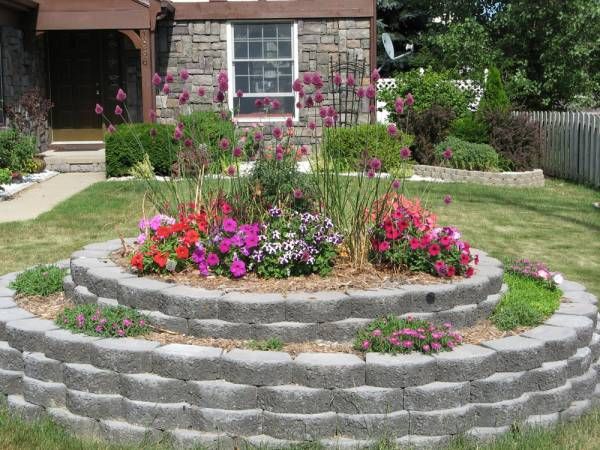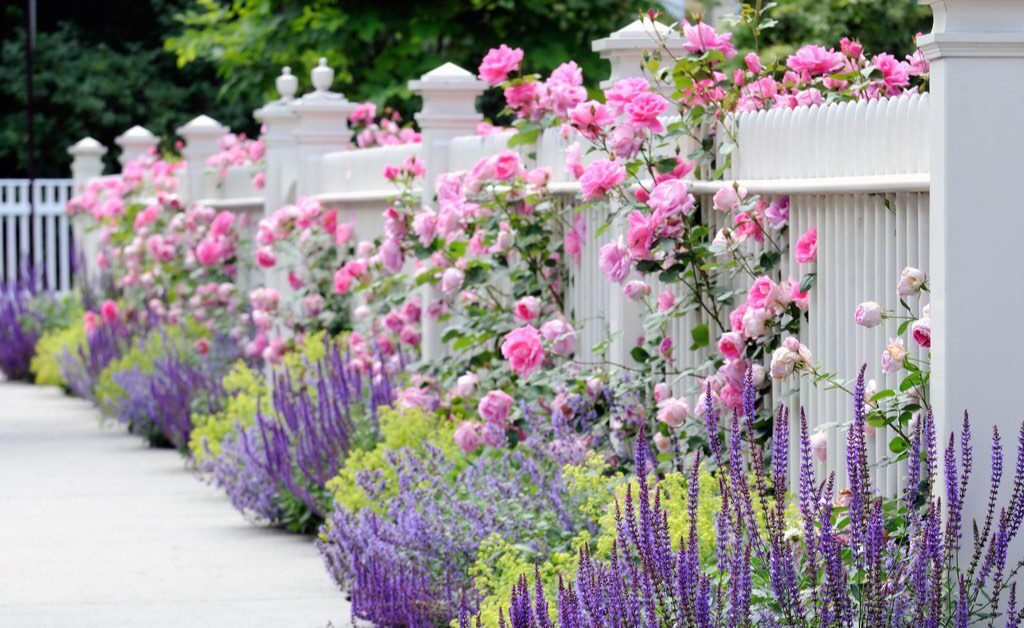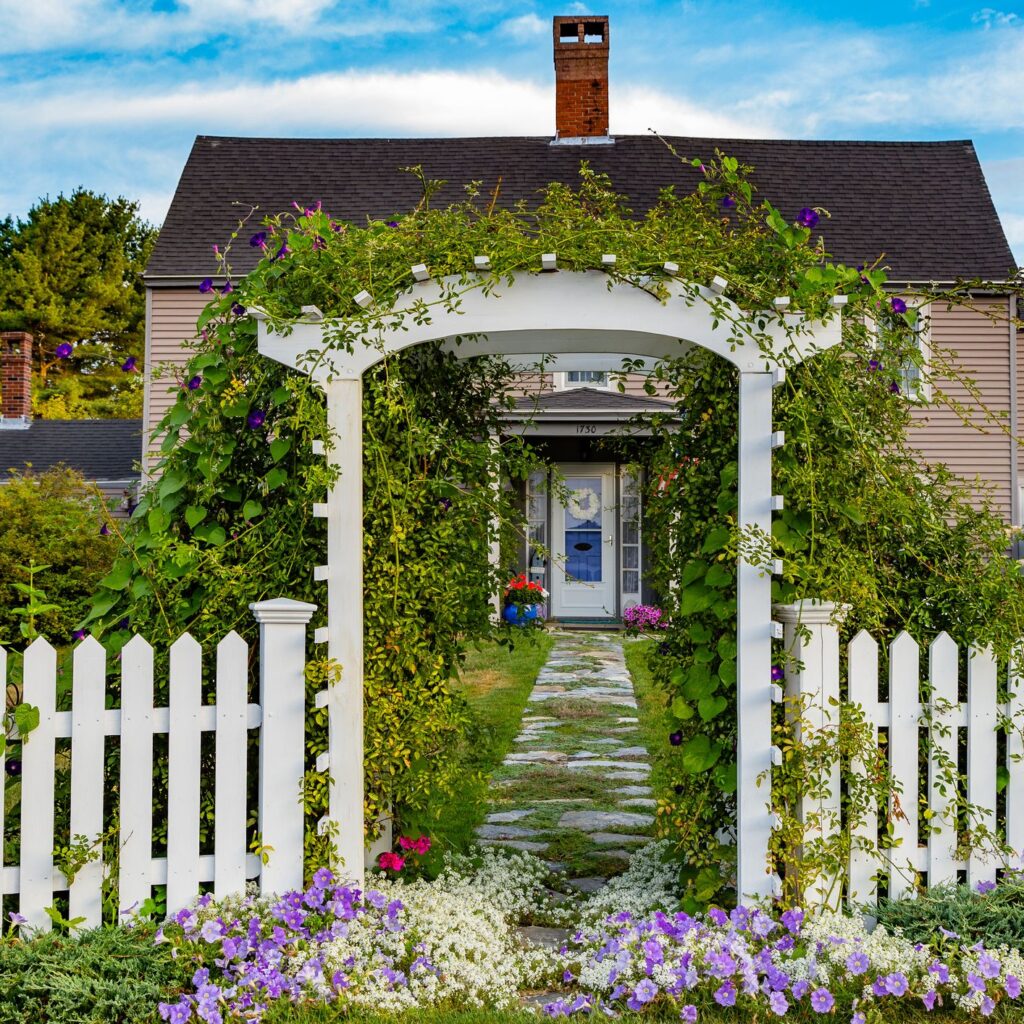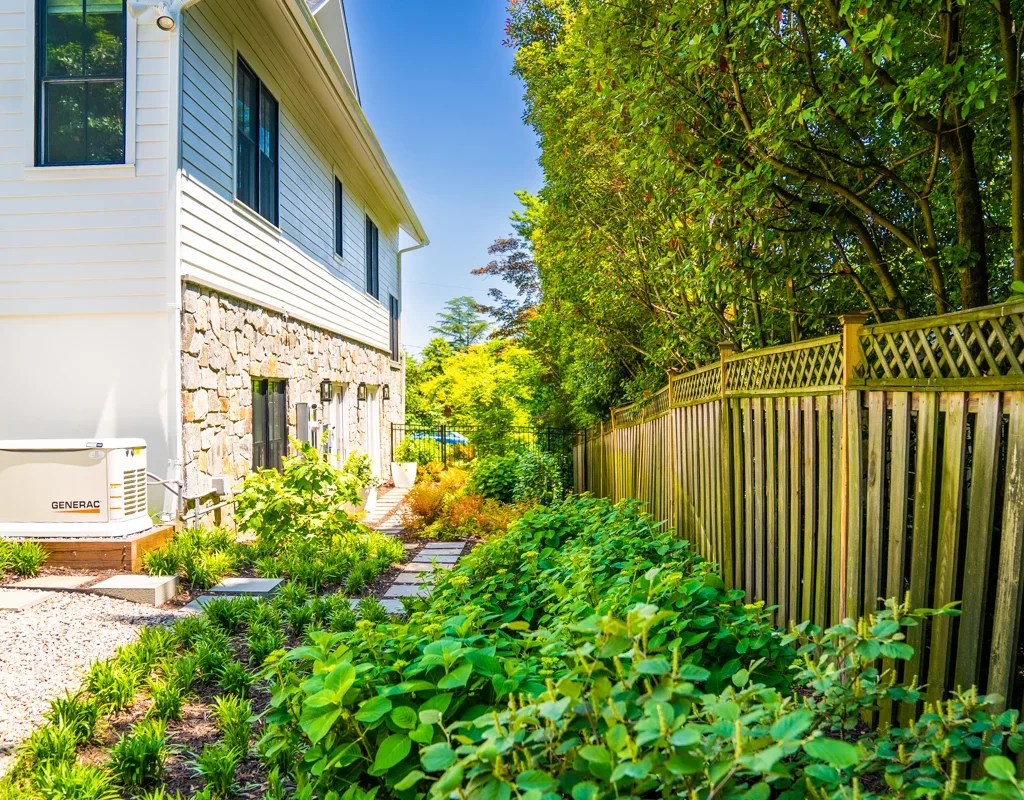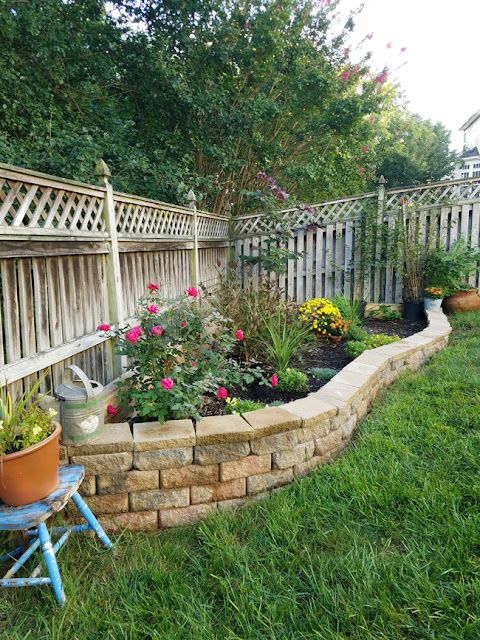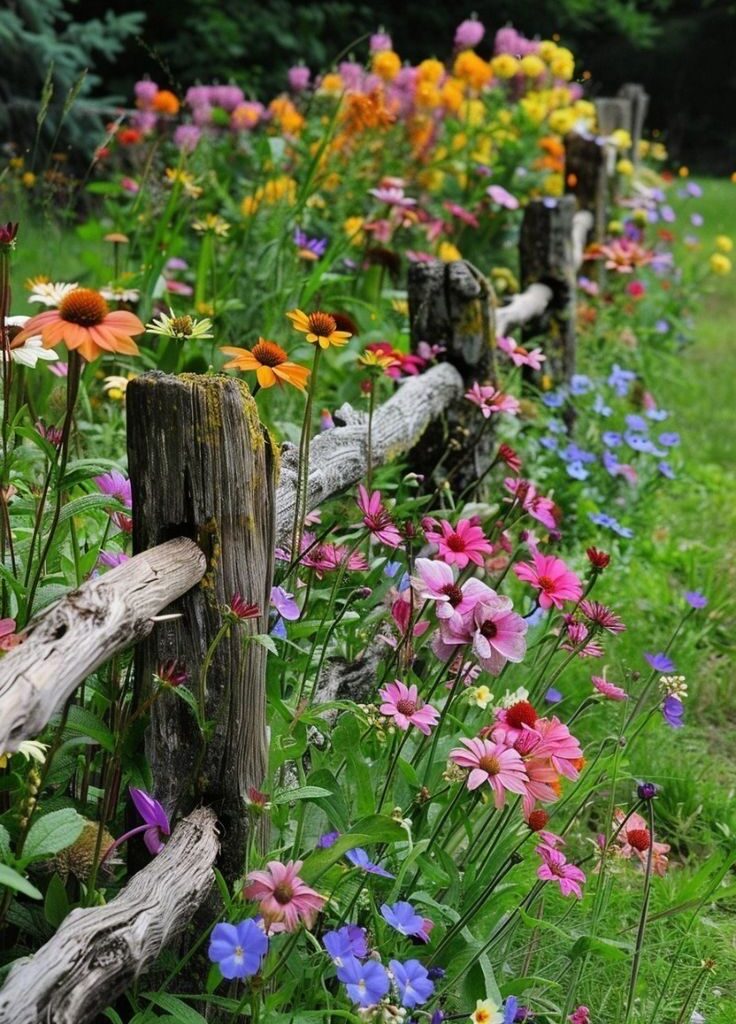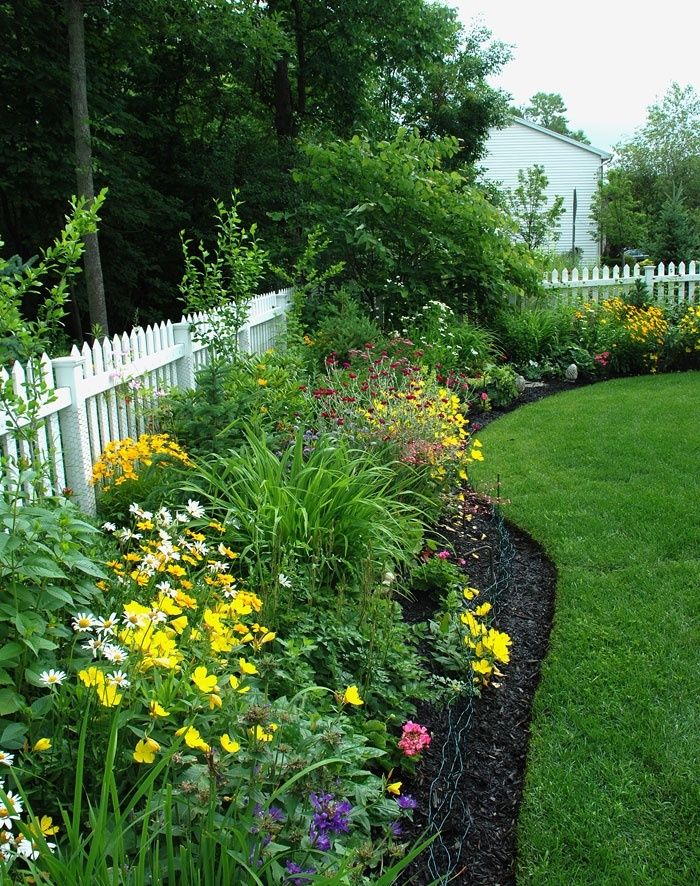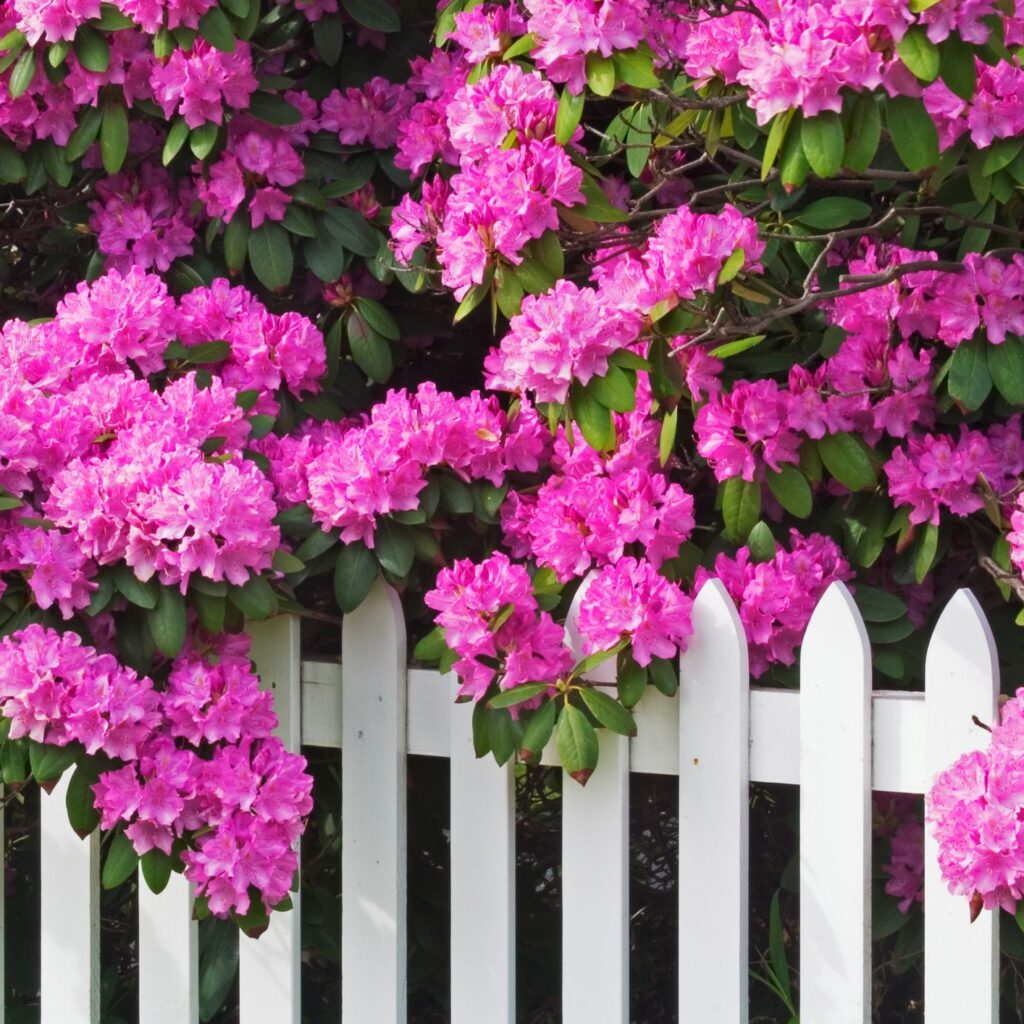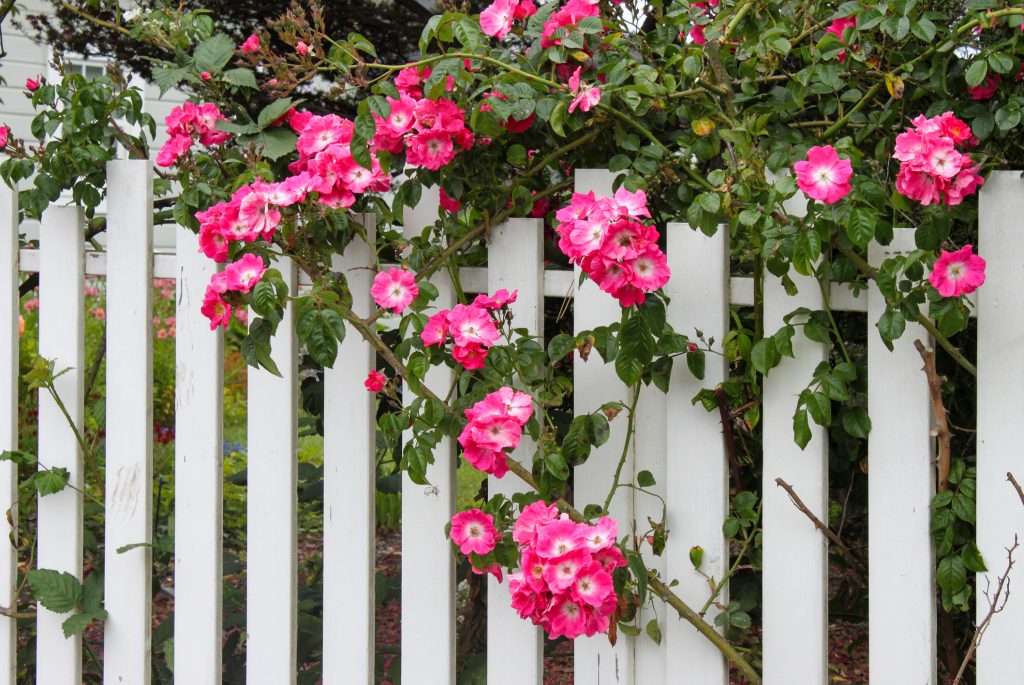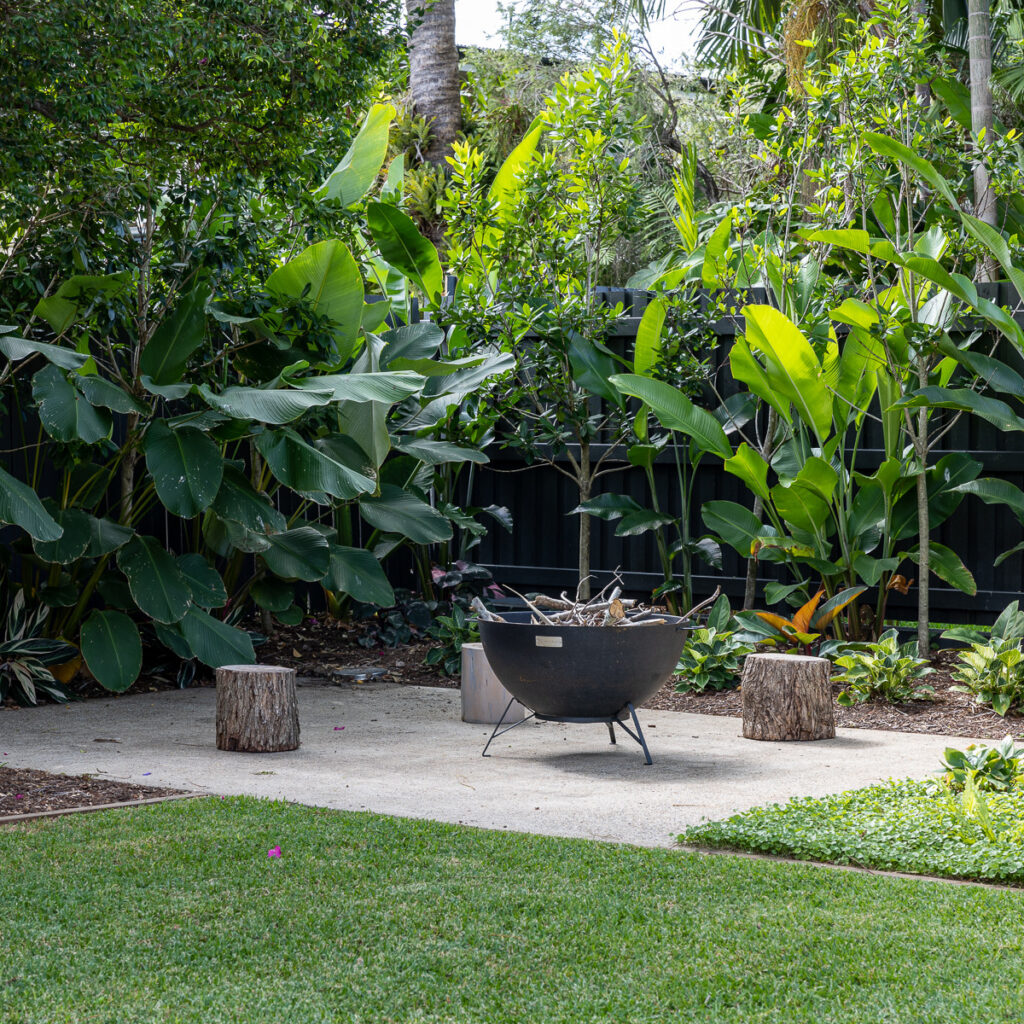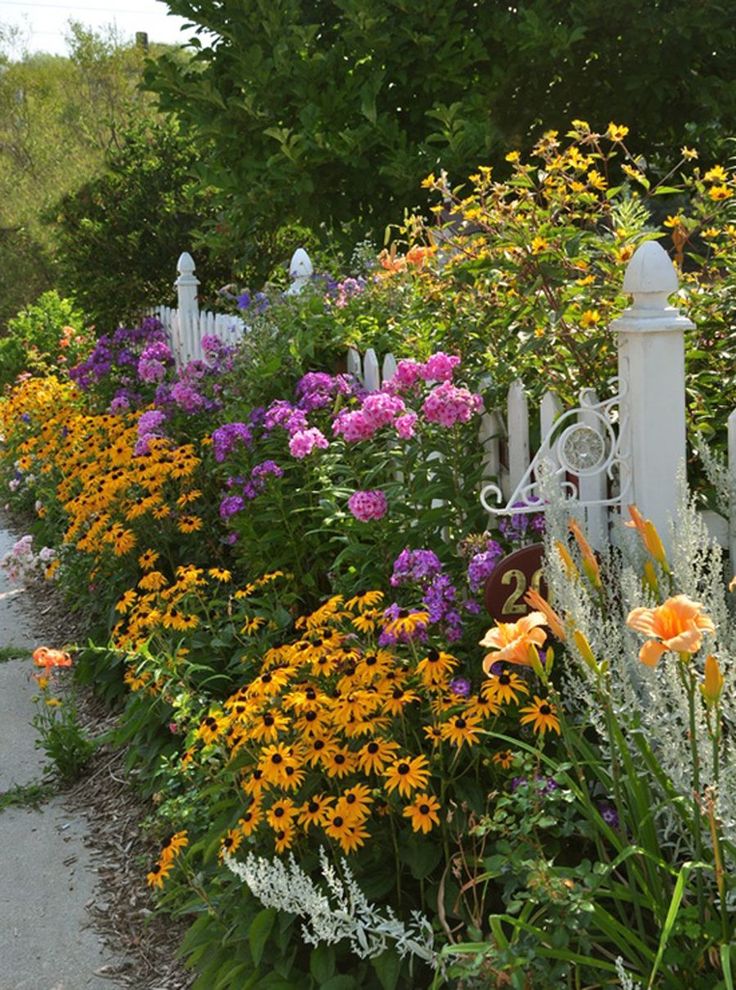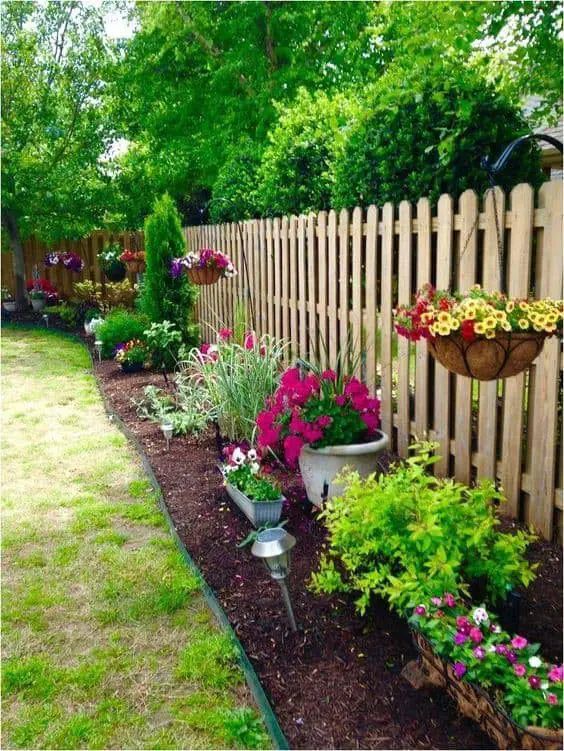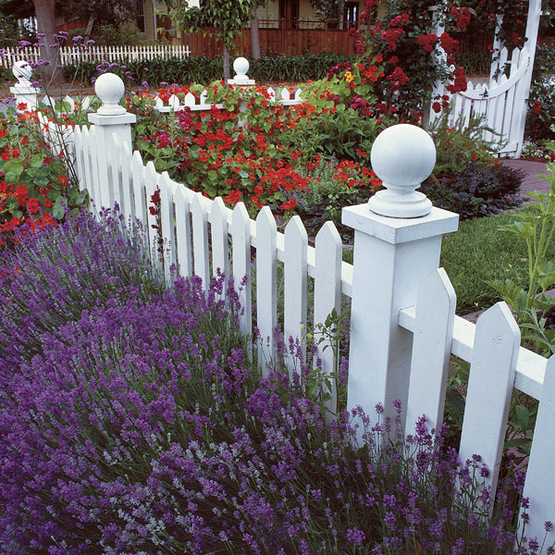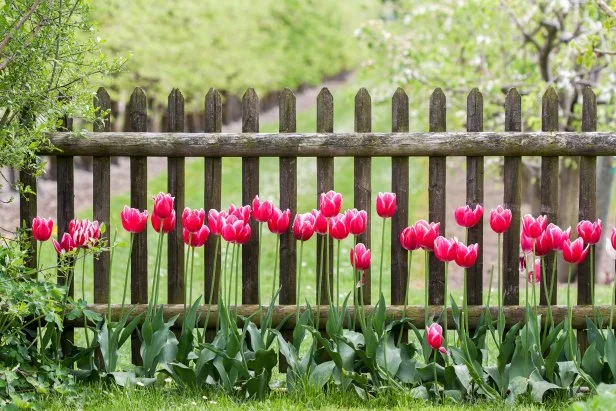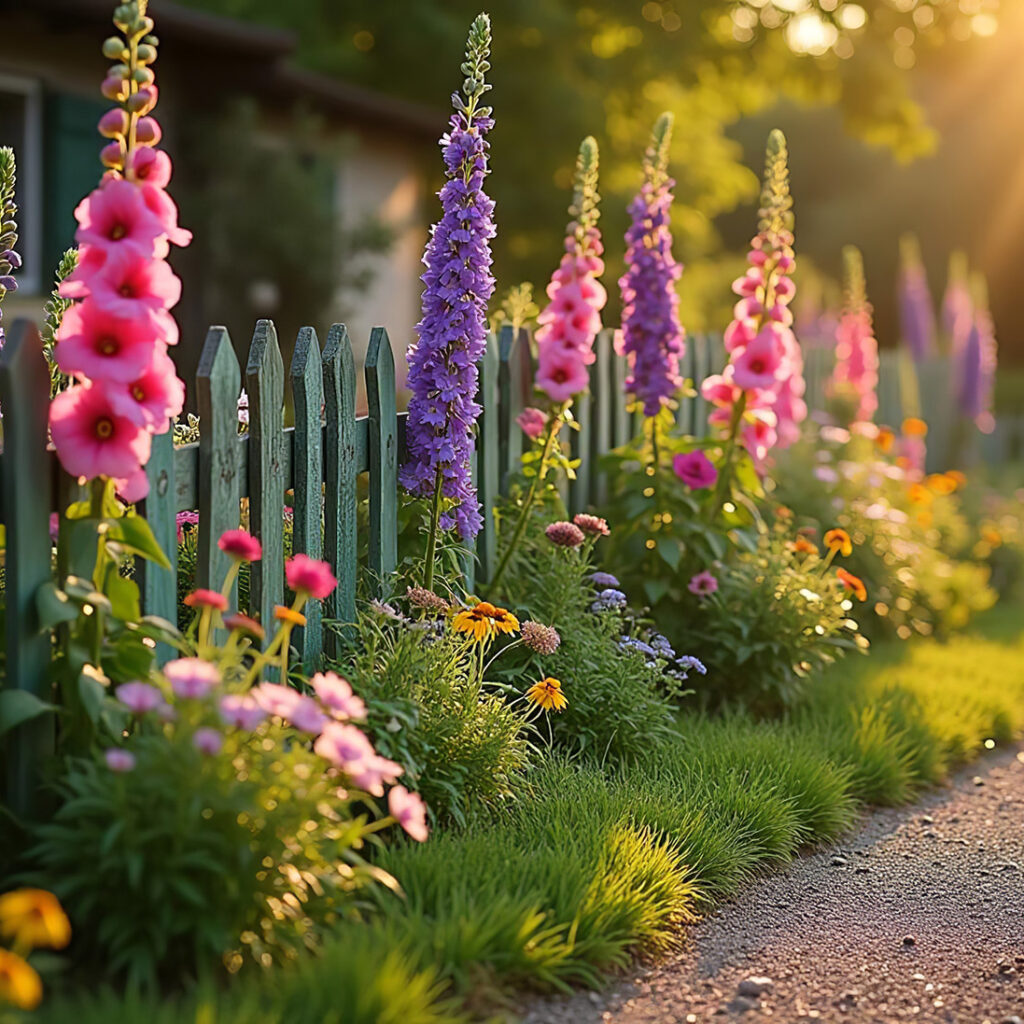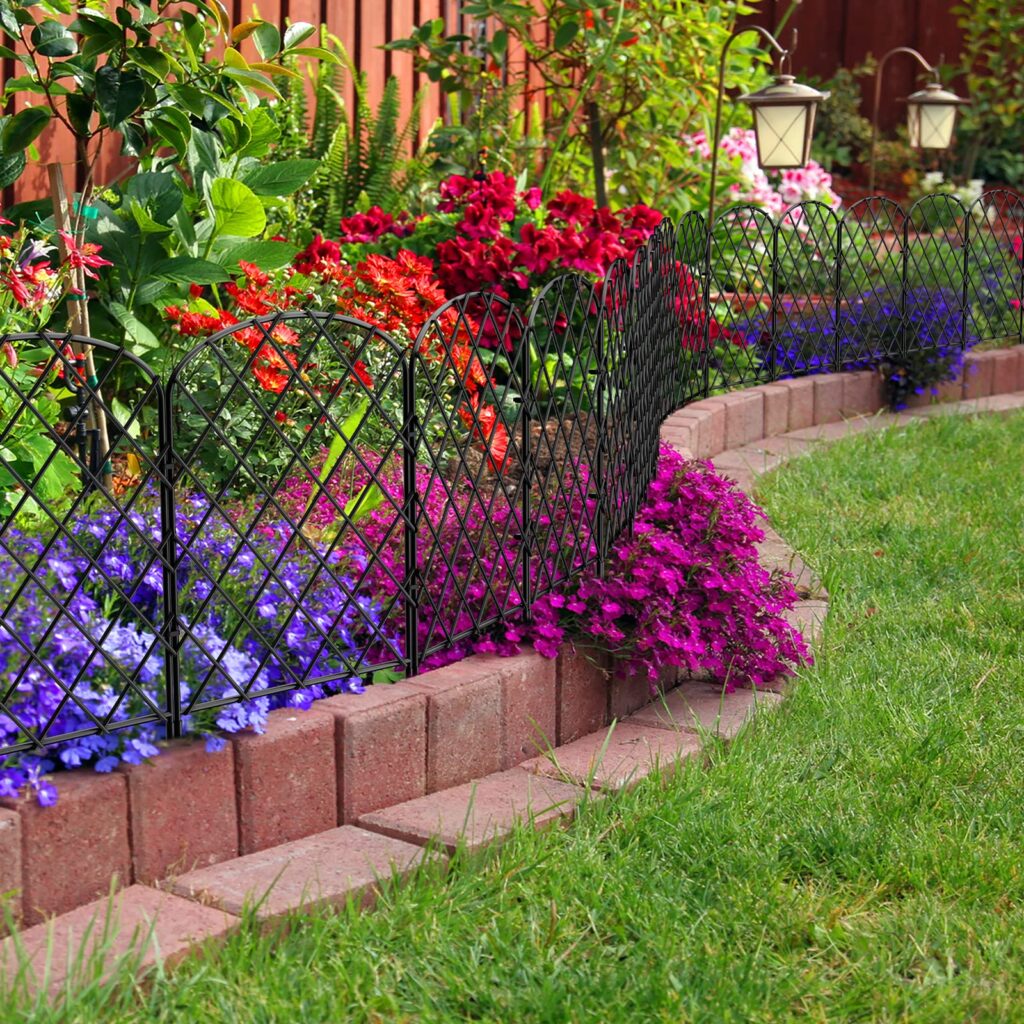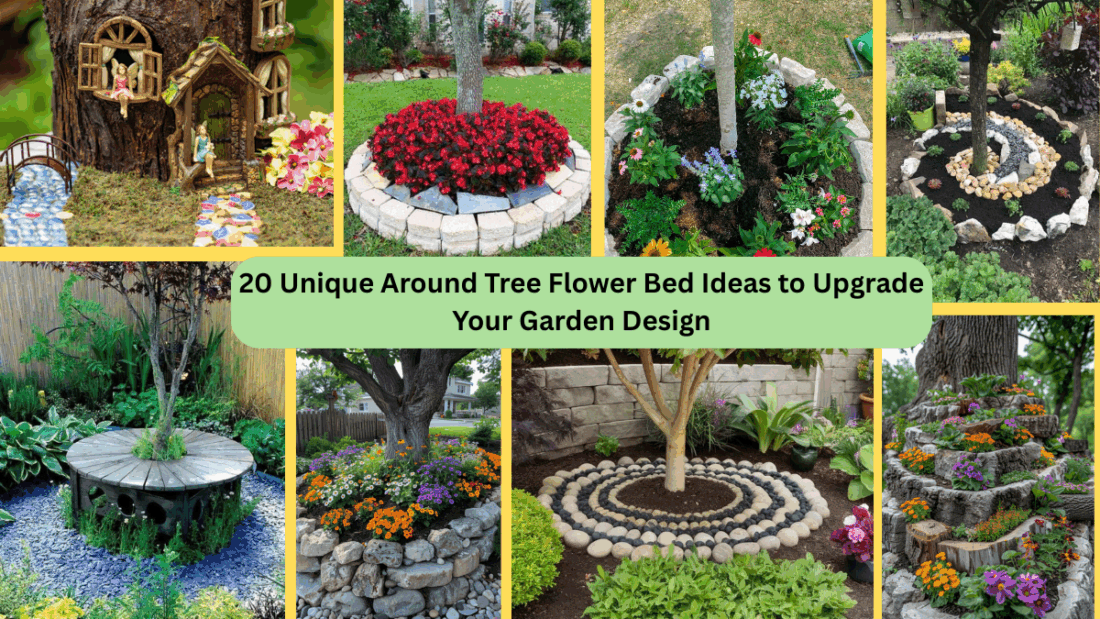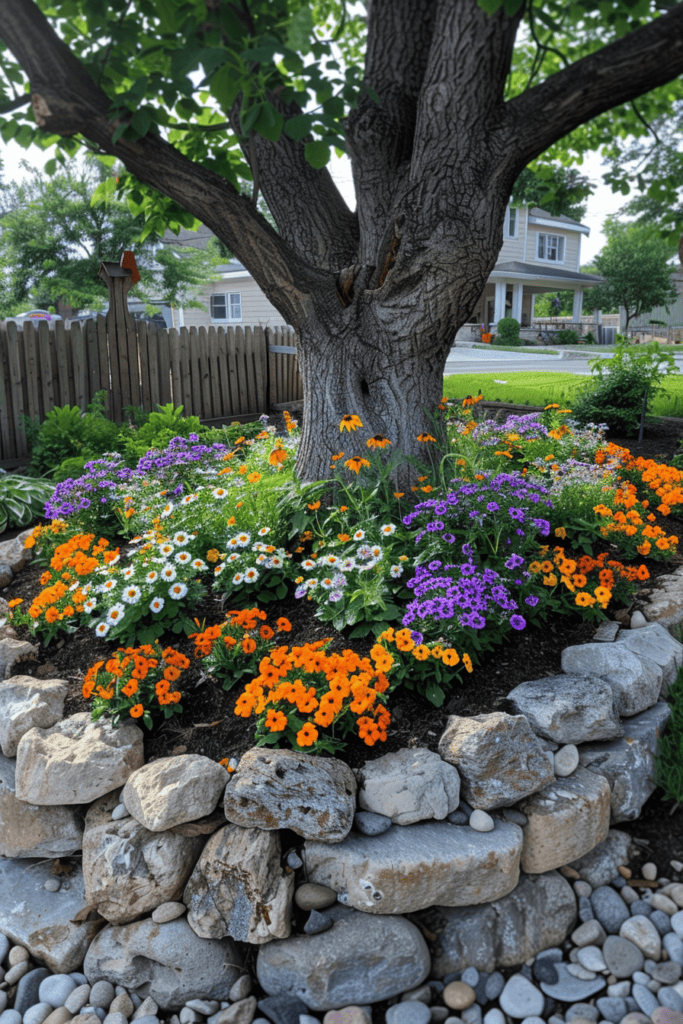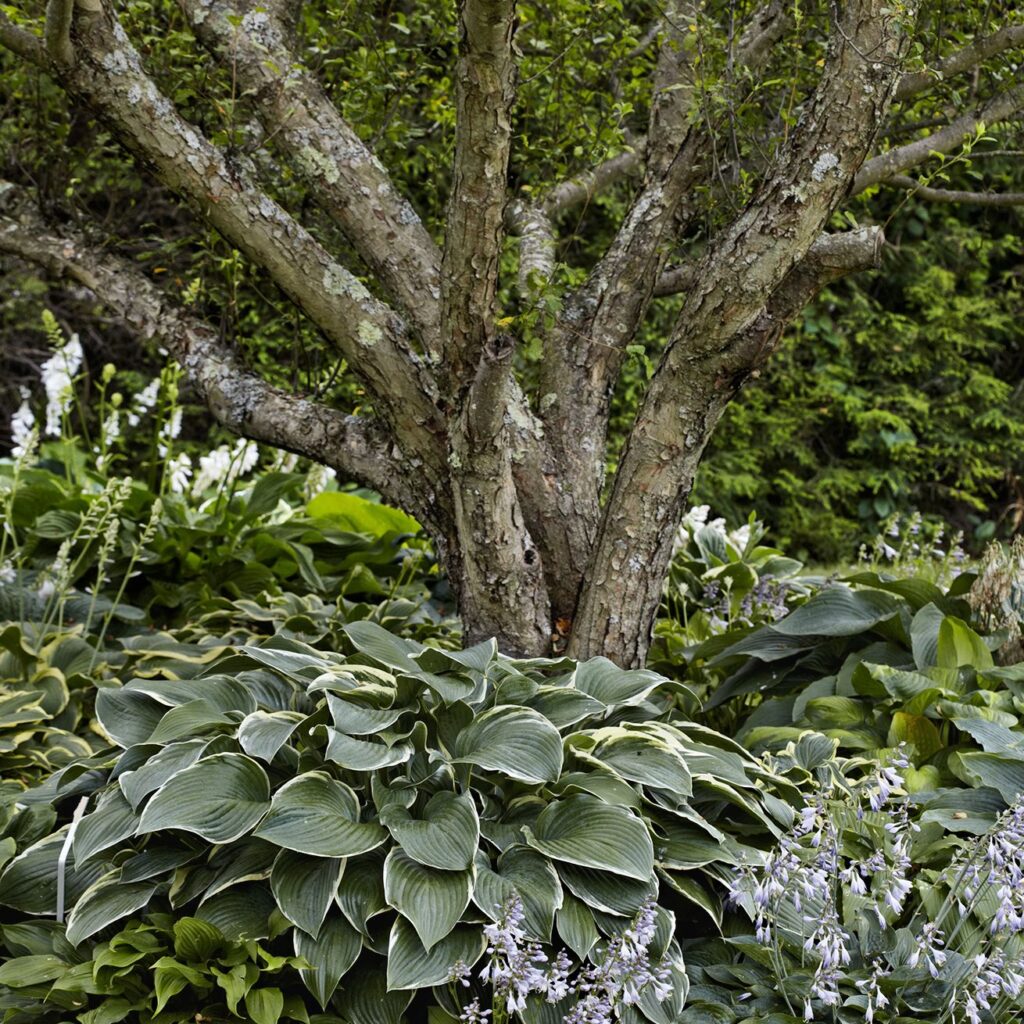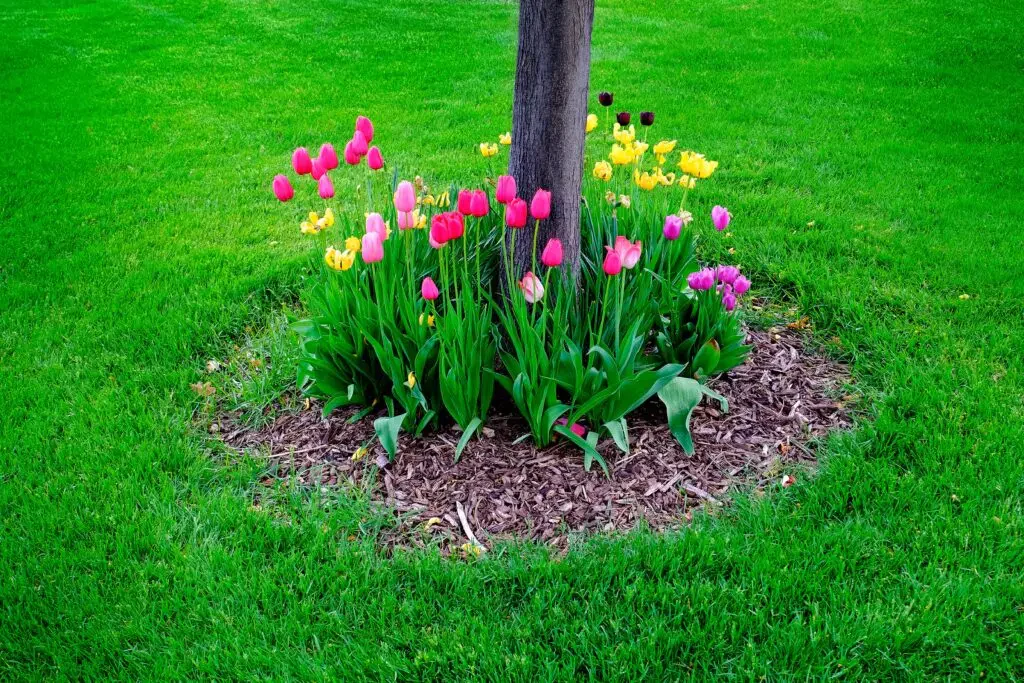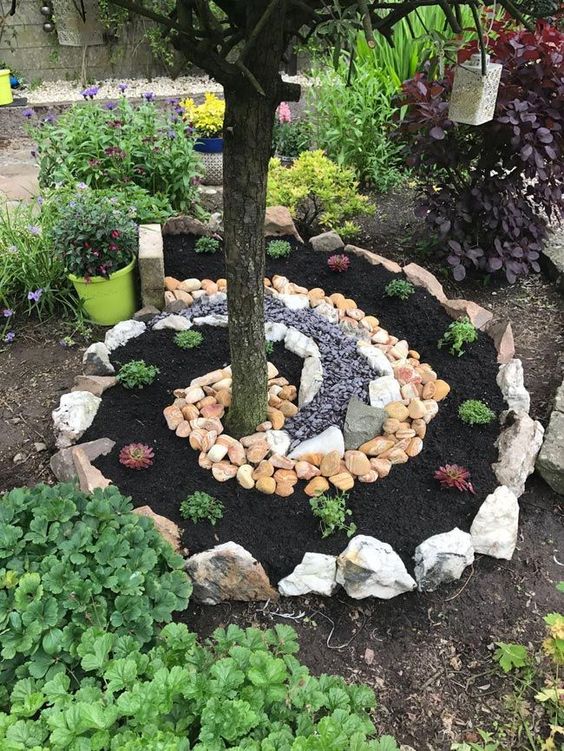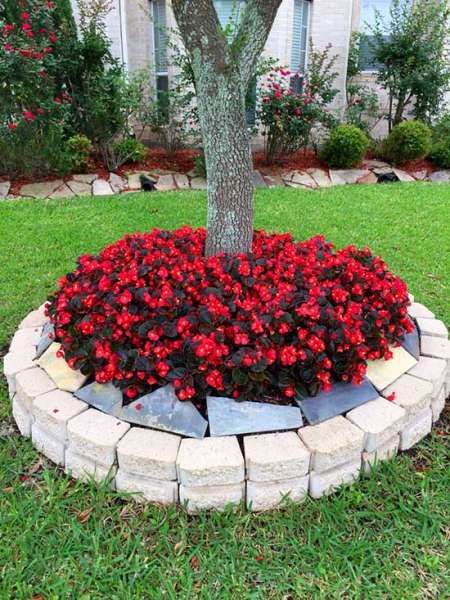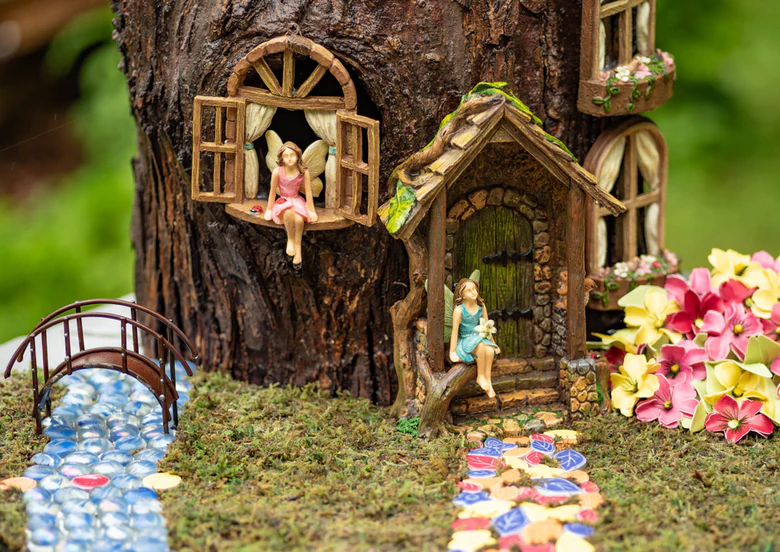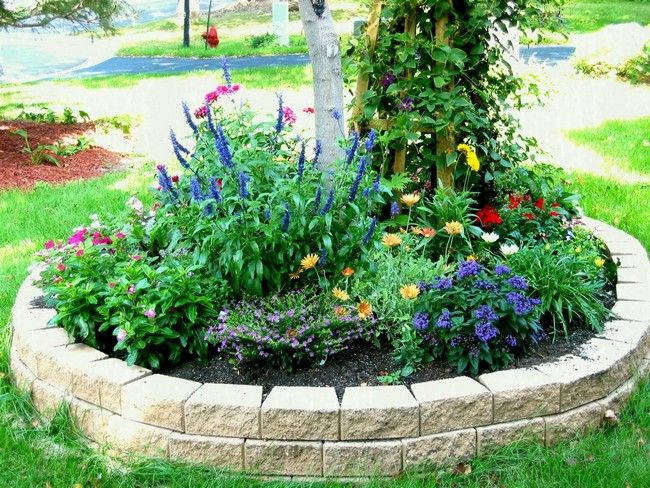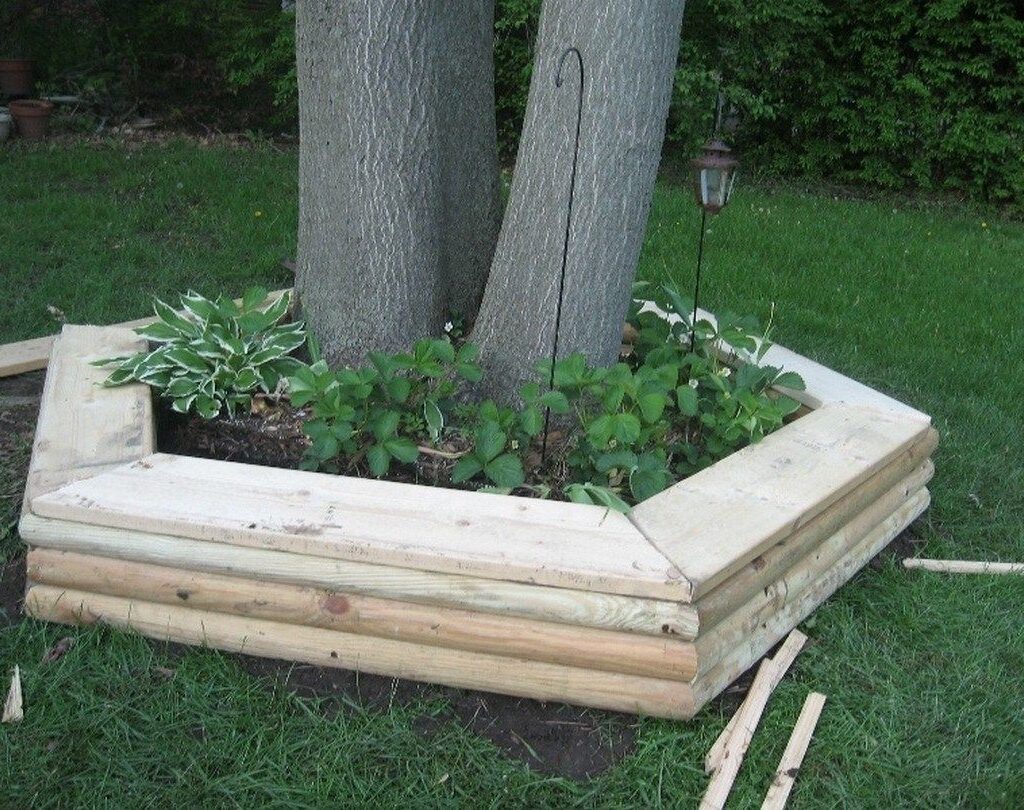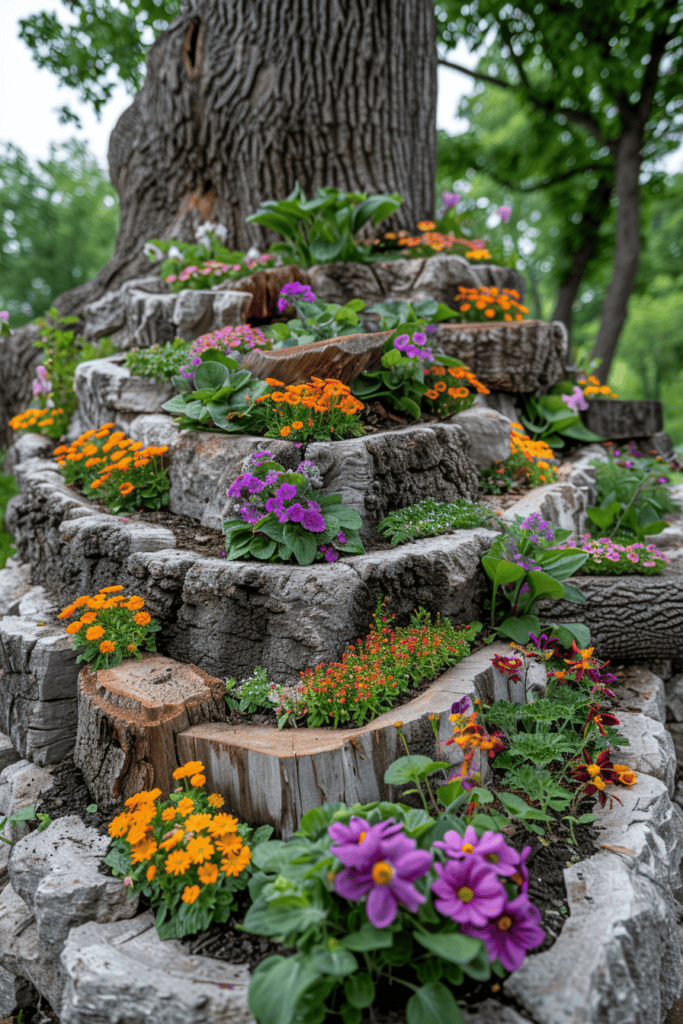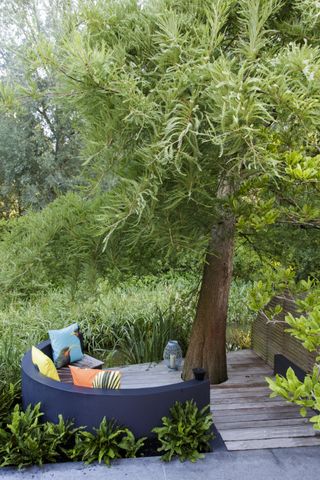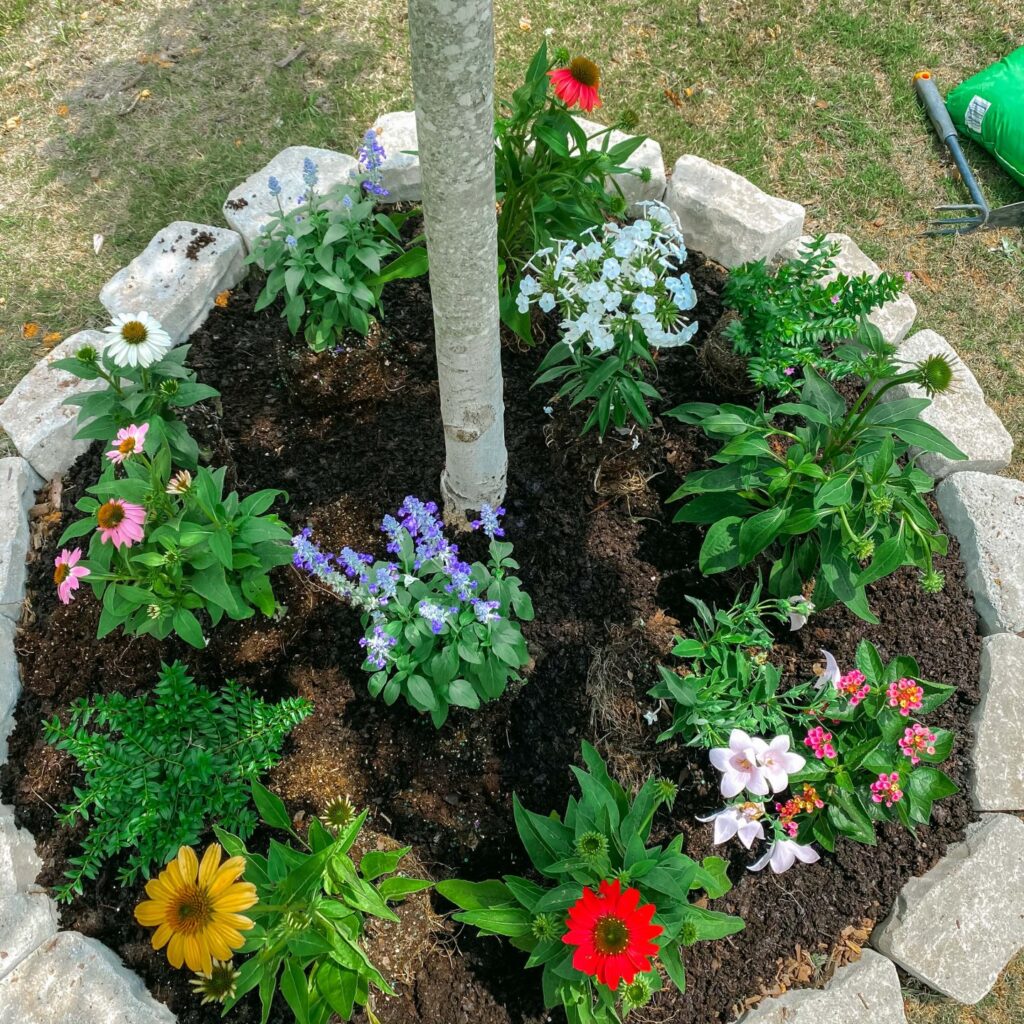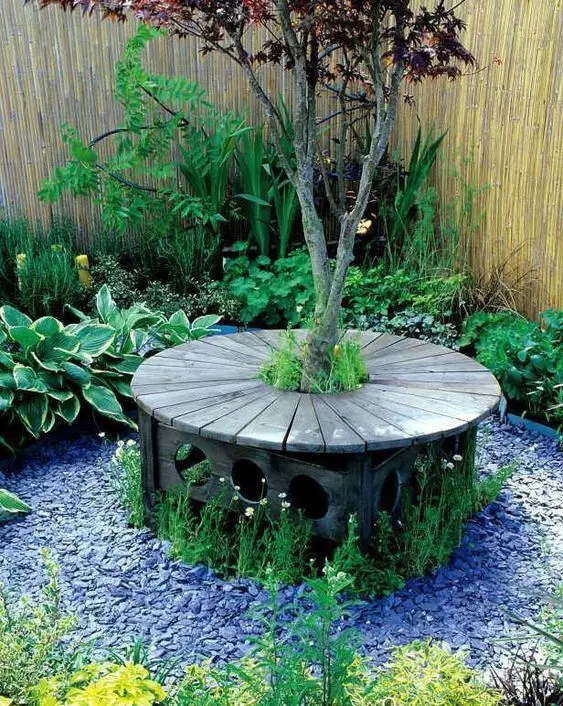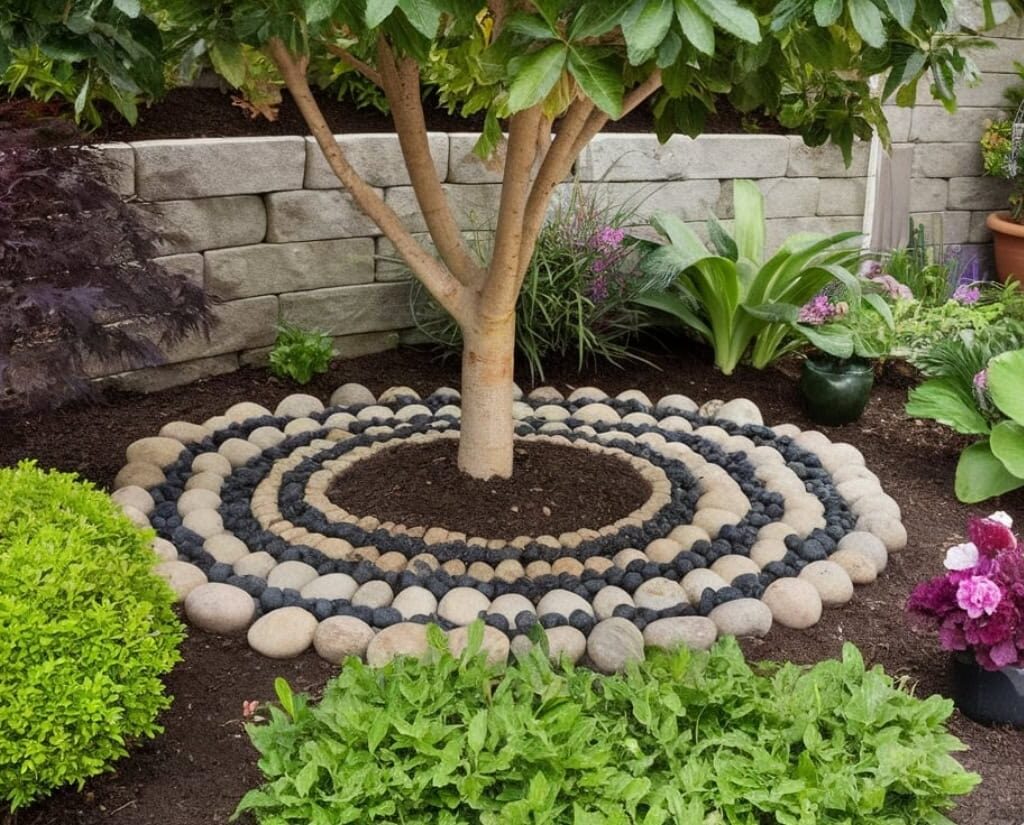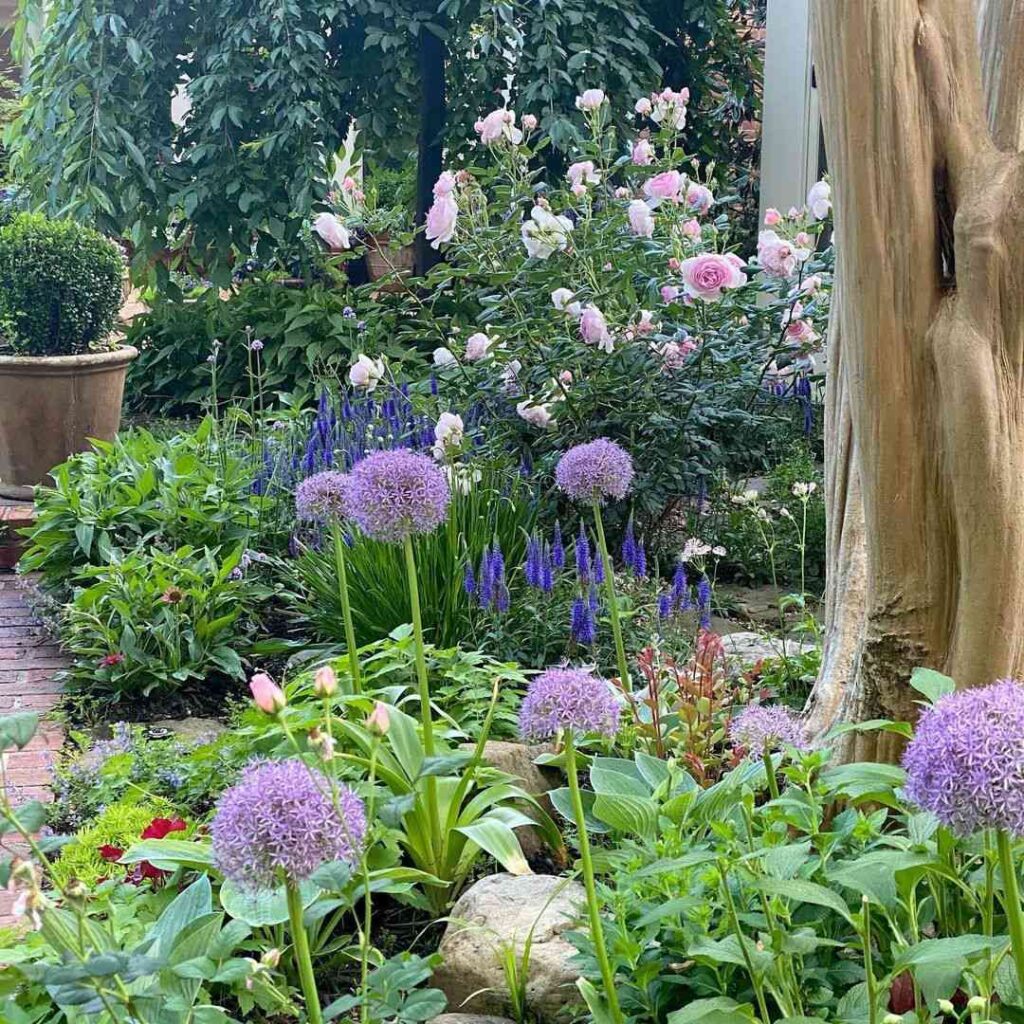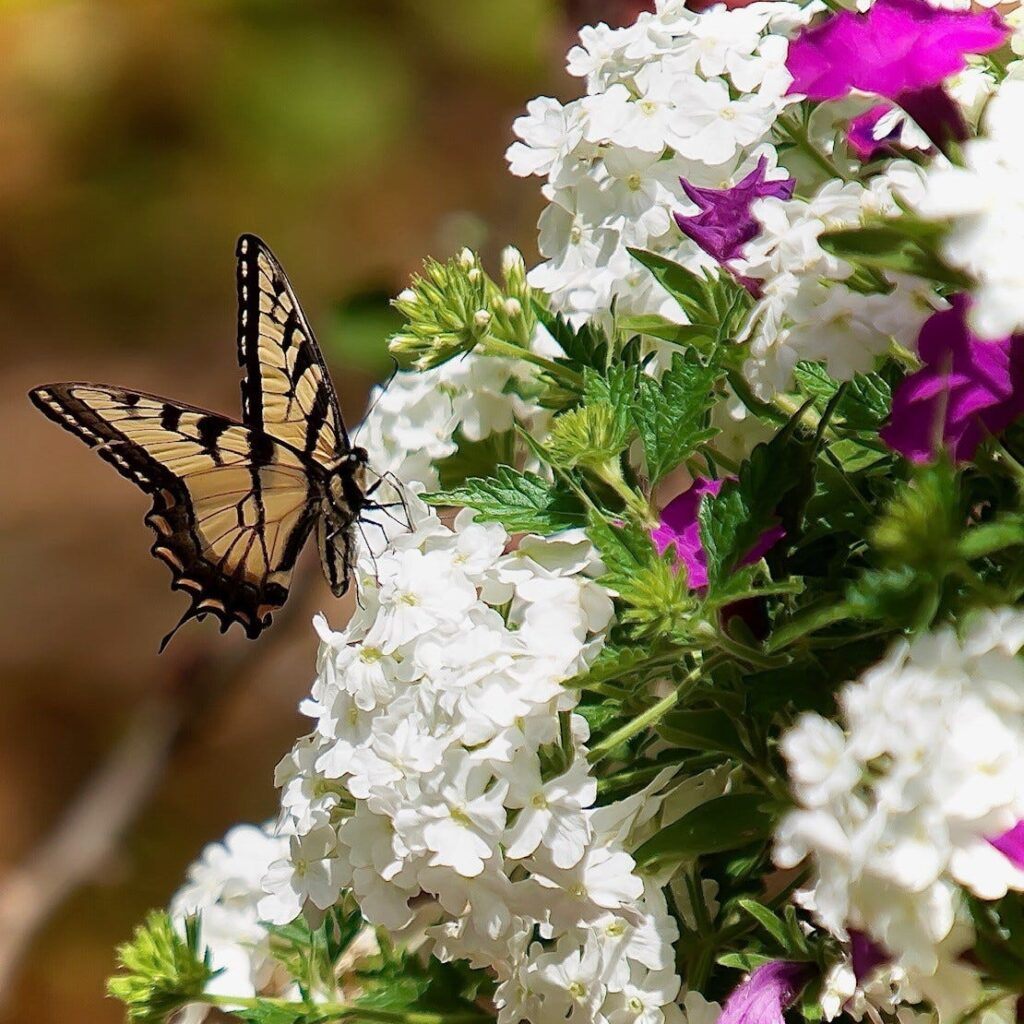If you’re looking to break away from traditional, free-form flower beds and bring a contemporary flair to your garden, geometric designs offer the perfect solution. These structured layouts use shapes like circles, hexagons, triangles, and squares to create clean, modern planting spaces that instantly catch the eye. Not only do they add order and elegance to your outdoor area, but geometric flower beds also let you play with symmetry, contrast, and bold color arrangements. Here are 10 creative geometric flower bed ideas to inspire your next garden transformation.
1. Circular Flower Beds
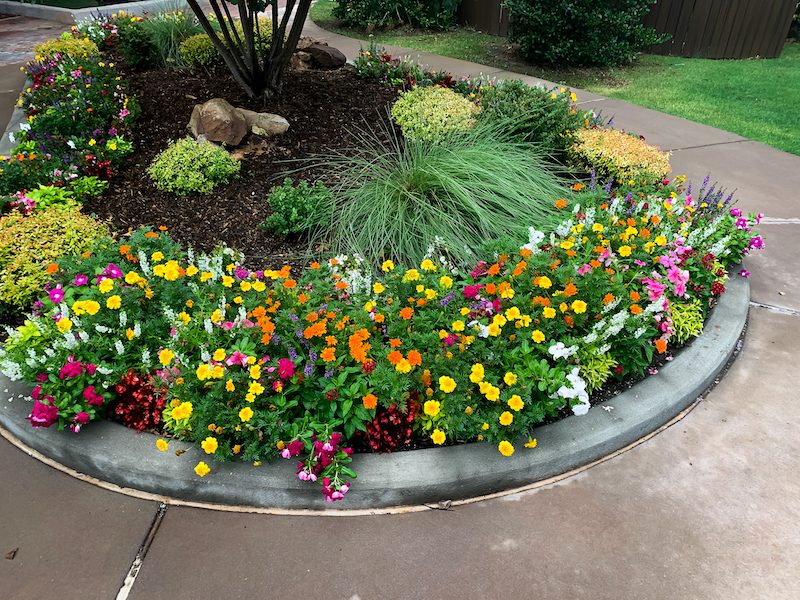
Circular flower beds are a classic geometric choice that works beautifully as a focal point in your garden. You can place one in the center of your lawn, at a pathway junction, or around a tree for added interest. Fill it with contrasting flower colors in concentric rings for a dramatic, layered look. Use materials like brick, stone, or metal edging to define the shape and keep everything neat. Circles create a natural flow and soften the rigidity of modern garden designs.
2. Hexagonal Flower Beds
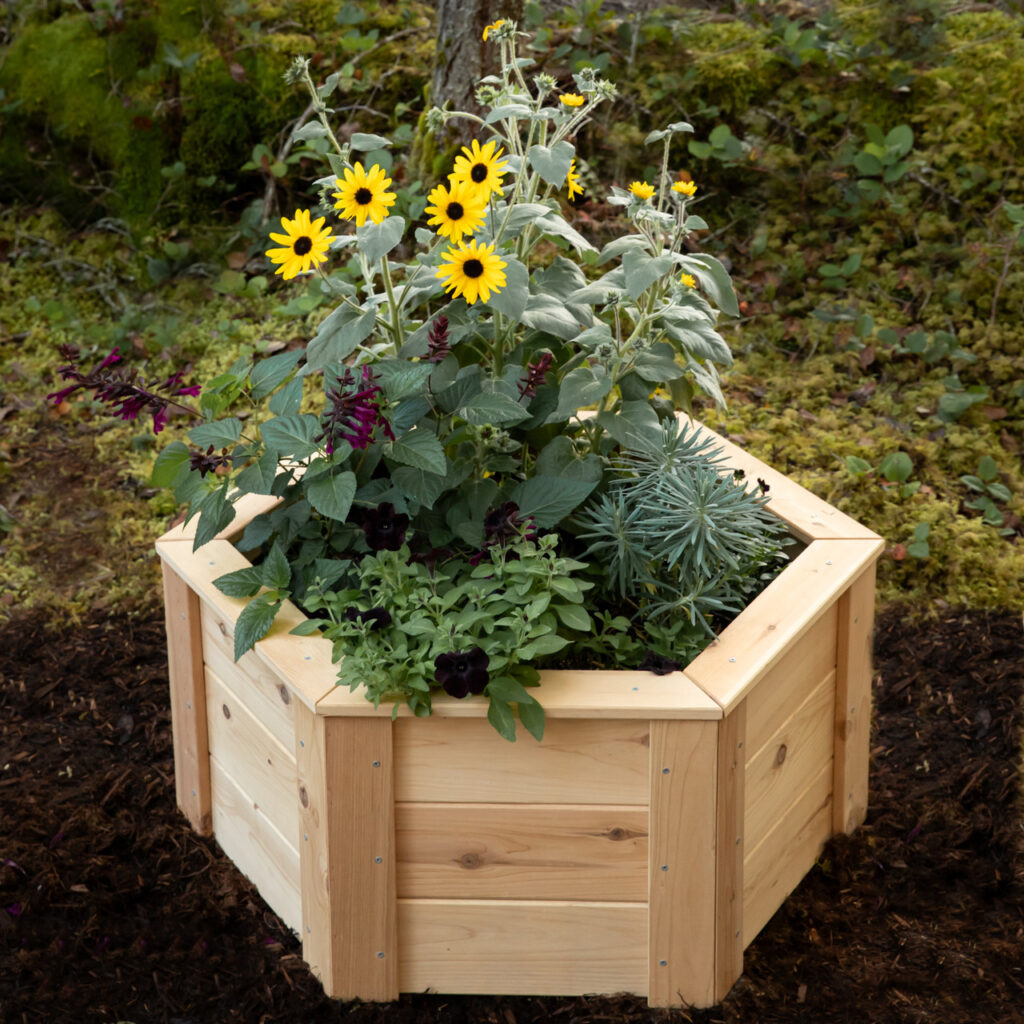
Hexagonal flower beds are unique and trendy, offering a modern edge to your outdoor space. Their honeycomb-like design allows you to group multiple beds together for a striking visual effect or place them individually for a chic statement. Hexagons are perfect for small or modular gardens because they fit together seamlessly, maximizing planting space. Plant bold blooms like zinnias, dahlias, or tulips in each cell for a colorful, geometric patchwork that draws attention.
3. Triangular Flower Beds
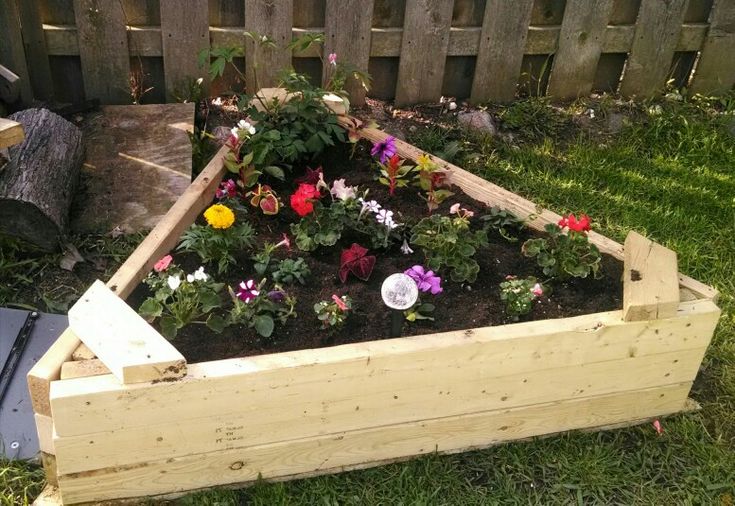
Ideal for awkward corners or along fence lines, triangular flower beds bring a sharp, contemporary touch to garden layouts. These three-sided beds can be arranged in pairs or clusters to create eye-catching compositions. Use a mix of upright plants like salvia or snapdragons at the back, mid-height fillers, and ground covers like alyssum in front for a tiered effect. Triangular beds are especially effective in minimalist and urban gardens where space is limited but style is essential.
4. Square Raised Flower Beds
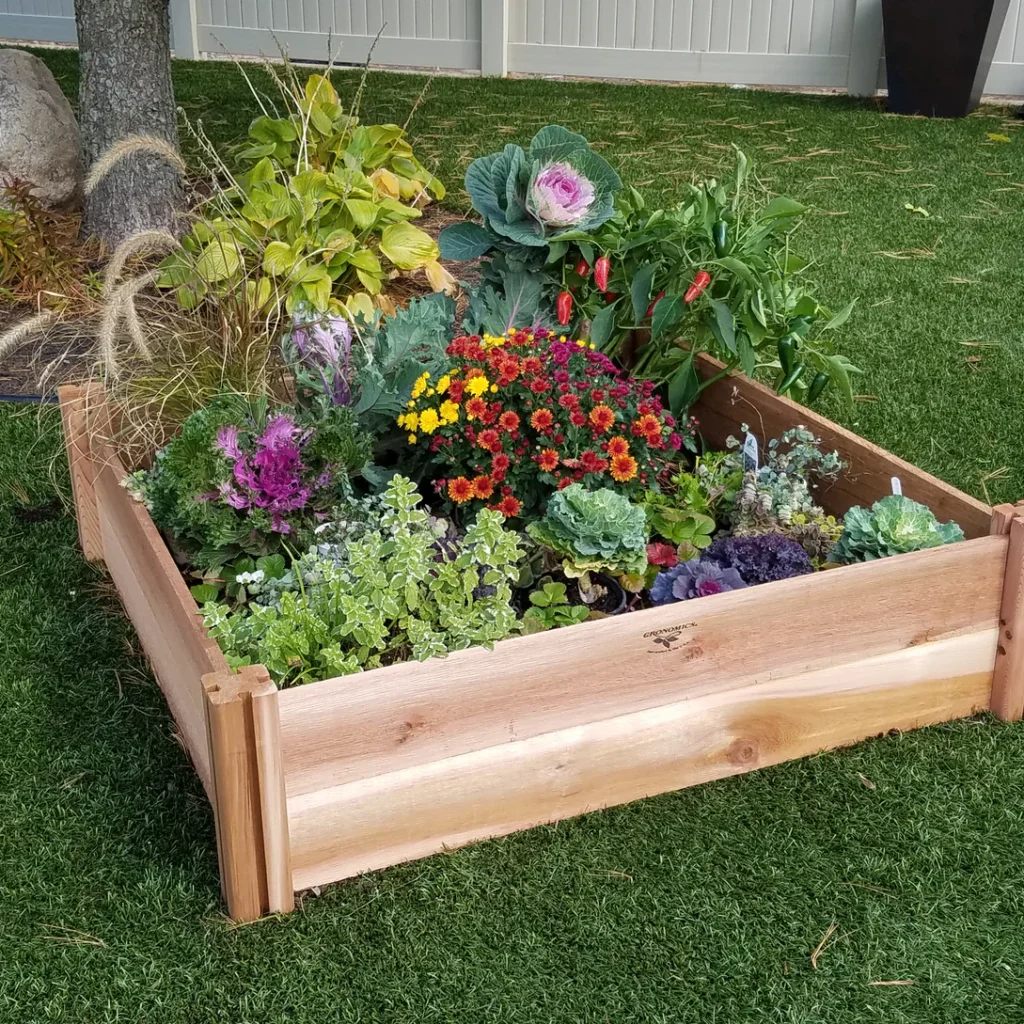
Square flower beds offer simplicity and symmetry, making them perfect for structured gardens and formal landscapes. Use wood, metal, or stone to frame your square plots, and divide the interior into smaller grids for a neat, organized appearance. You can create monochrome beds with a single color or mix complementary hues for visual contrast. Square raised beds also allow for easy maintenance and can be grouped together to form larger geometric patterns in your yard.
5. Diamond-Shaped Flower Beds
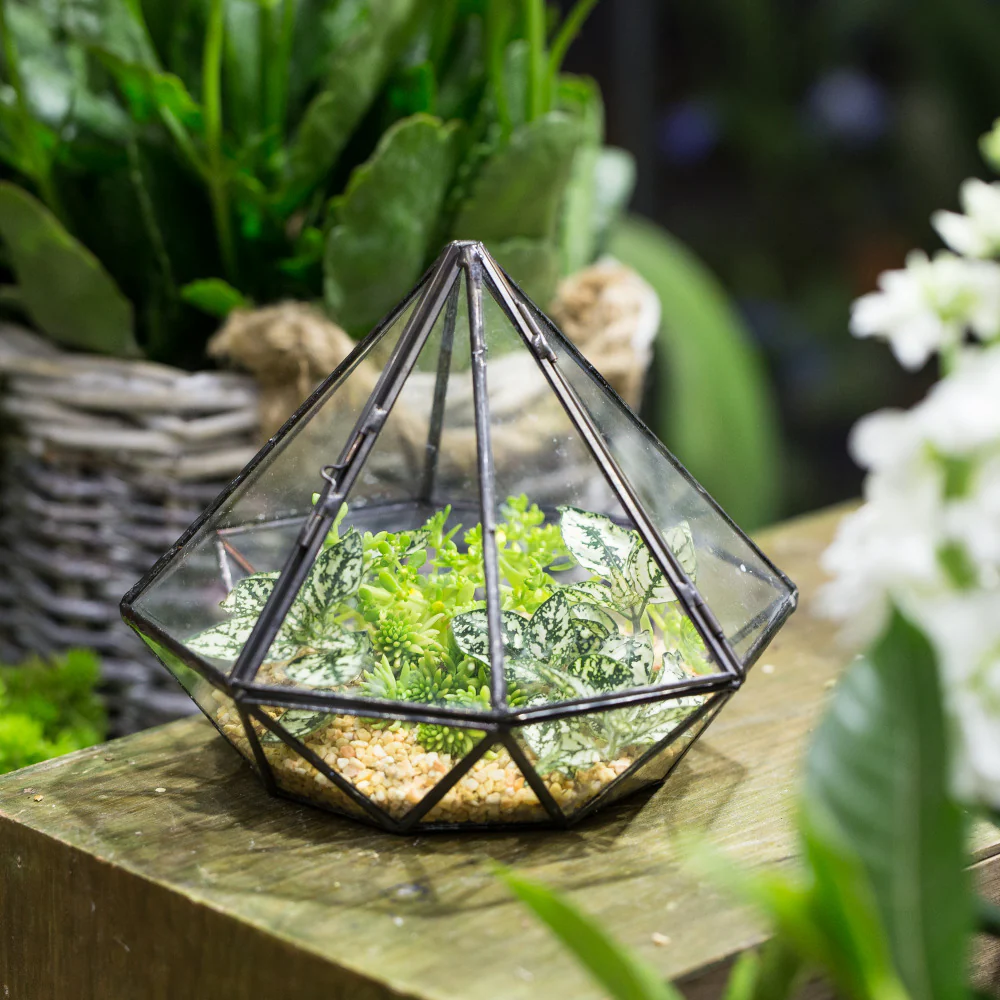
For a bold and elegant look, consider diamond-shaped flower beds. These angular designs add a dynamic quality to your garden, especially when used along pathways or as feature islands. Diamonds work wonderfully with sharp-edged materials like steel or stone and look stunning when filled with cascading flowers like petunias, begonias, or trailing lobelia. Position them in a repeating pattern or alternate with square and circular beds for an intriguing geometric garden layout.
6. Octagonal Flower Beds
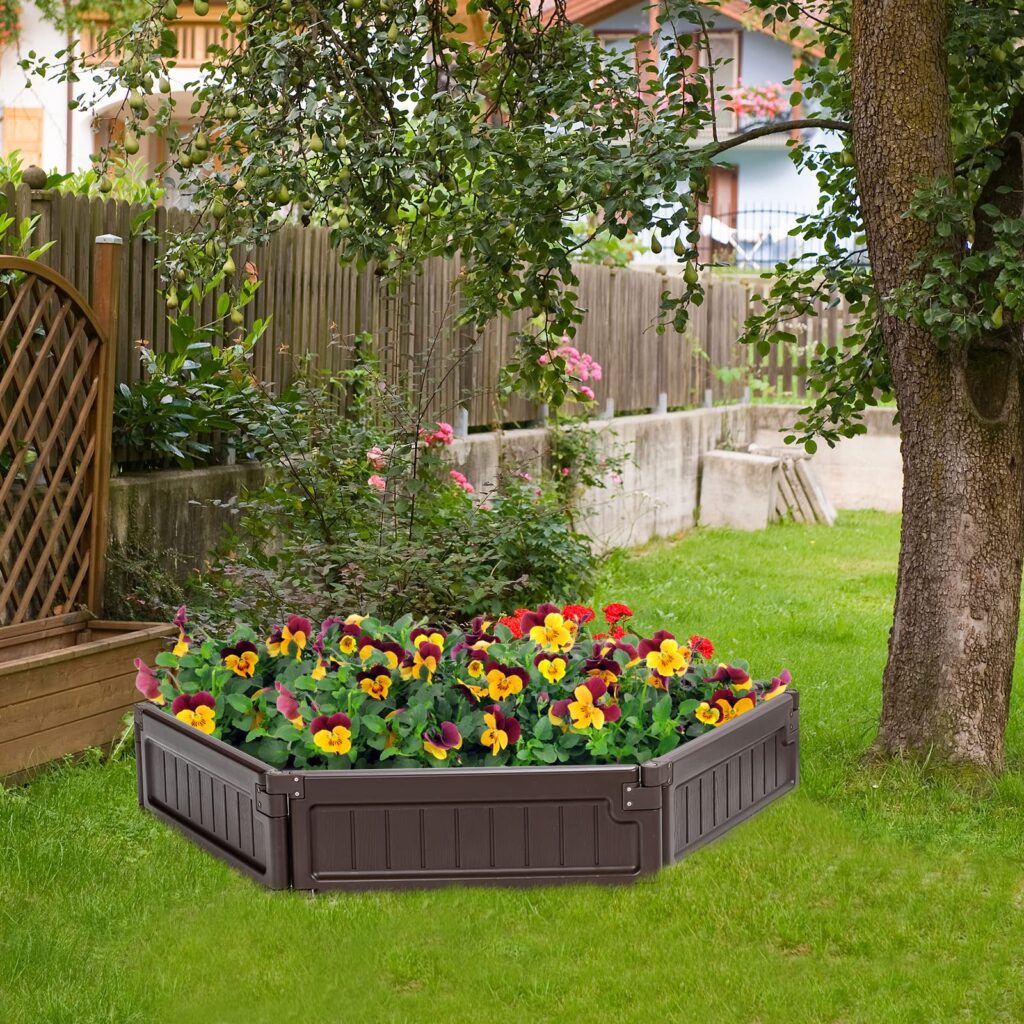
Octagonal flower beds blend the symmetry of squares with the soft edges of circles, offering an appealing balance between formality and fluidity. This eight-sided design makes a perfect centerpiece for larger gardens or can be used to frame statues, water features, or trees. Use a combination of perennials and annuals to ensure year-round color and texture. The angled sides of an octagonal bed give you the freedom to play with different plant heights and varieties for a layered effect.
7. Star-Shaped Flower Beds
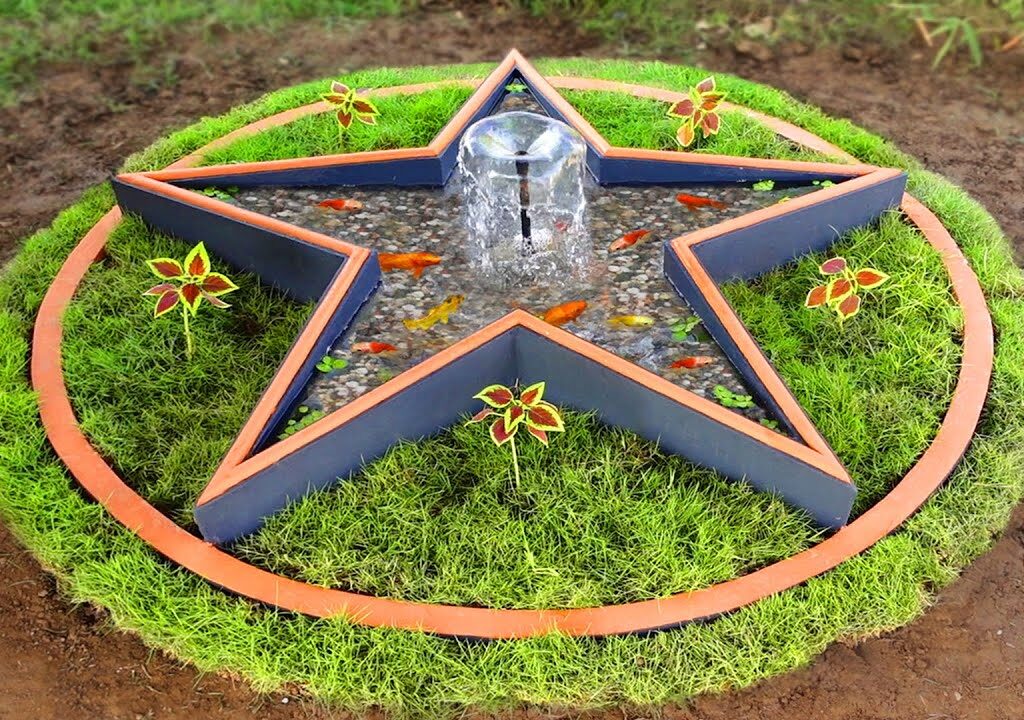
If you’re looking to create a truly eye-catching garden feature, star-shaped flower beds deliver unforgettable visual impact. This intricate design works best as a focal point in a front yard or open lawn area. Surround the star shape with simple ground cover to highlight its form. Use bright, contrasting flower colors in each point of the star and softer tones in the center for a radiant burst of color. Although it requires precise planning, the result is worth the effort.
8. Rectangular Flower Beds in Grid Layouts
Rectangular flower beds arranged in a grid pattern create a modern, minimalist look that’s perfect for contemporary gardens. You can vary the sizes of each rectangle to add visual interest or keep them uniform for a clean, orderly effect. Use contrasting flower colors or plant textures in adjacent beds for a dynamic, checkerboard feel. This layout is also practical, allowing easy access for maintenance and planting while offering plenty of room for a diverse selection of blooms.
9. Chevron Pattern Flower Beds
Add a dynamic sense of movement to your garden with chevron-patterned flower beds. Arrange small, elongated beds in a zigzag formation, using sharp angles to direct the viewer’s eye through your space. This bold design pairs well with contemporary architecture and urban landscapes. You can enhance the pattern with alternating flower colors or textures, like pairing purple salvias with golden marigolds. Chevron beds also work beautifully as borders along driveways, paths, or garden walls.
10. Concentric Ring Flower Beds
Concentric ring flower beds feature multiple circular bands of flowers radiating from a central point. This elegant, symmetrical design is ideal for showcasing a statement plant, birdbath, or sculpture in the center. Use alternating colors or plant heights in each ring to build depth and drama. Concentric beds look especially stunning when viewed from above, making them perfect for front yards or gardens with balcony viewpoints. The repeated pattern offers a calming sense of harmony and order.

